Rio Conventions Pavilion at CBD COP 14
17-27 November 2018 | Sharm El-Sheikh, Egypt
Summary Highlights: 17 - 27 November 2018
Highlights for Tuesday, 27 November 2018
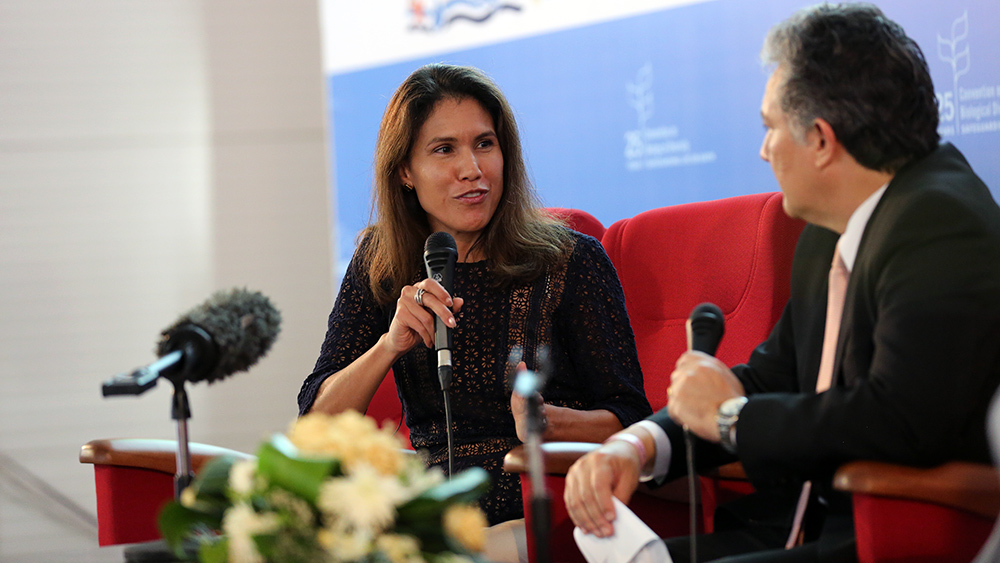
How to Share With Just FriendsHow to share with just friends.
Posted by Facebook on Thursday, November 28, 2018
On its 11th and final day, the Rio Conventions Pavilion focused on Forest Landscape and Ecosystem Restoration.
The Day aimed to:
- Generate a better understanding of the role of global partnerships on forest and ecosystem restoration, as well as contributions from their individual members, in fostering progress towards the Strategic Plan for Biodiversity 2011-2020 and the Aichi Biodiversity Targets;
- Build on the growing momentum around the restoration agenda, for which a UN Decade has been proposed;
- Showcase policy and project-level initiatives to advance biodiversity, ecosystem services, sustainable development and climate goals in an integrated manner; and
- Outline of the role that restoration targets could play in the Post-2020 Global Biodiversity Framework and the Sustainable Development Goals.
Throughout the day, expert panels and interactive discussion sessions explored how to strengthen partnerships to further advance global forest, climate and biodiversity goals through restoration approaches. The sessions presented supporting tools and resources from partners, inspiring examples from restoration initiatives on the ground, as well as sustainable forest management models that incorporate biodiversity considerations.
The Day was convened by the Forest Ecosystem Restoration Initiative (FERI) in collaboration with members of the Collaborative Partnership on Forests and the Global Partnership on Forest and Landscape Restoration, and the Society for Ecological Restoration, with support from the Korea Forest Service.
IISD Reporting Services, through its ENB+ Meeting Coverage, has provided daily digital coverage, daily reports, and a summary report from the Rio Conventions Pavilion @ CBD COP 14. The summary report is now available in HTML and PDF.
Photos by IISD/ENB | Mike Muzurakis
For photo reprint permissions, please follow instructions at our Attribution Regulations for Meeting Photo Usage Page
+ Visit the web coverage for Tuesday, 27 November 2018
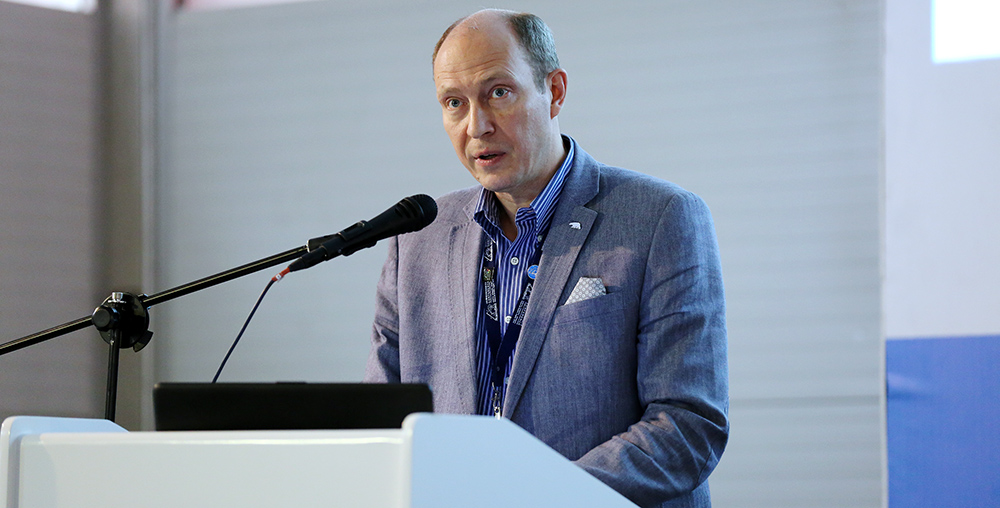
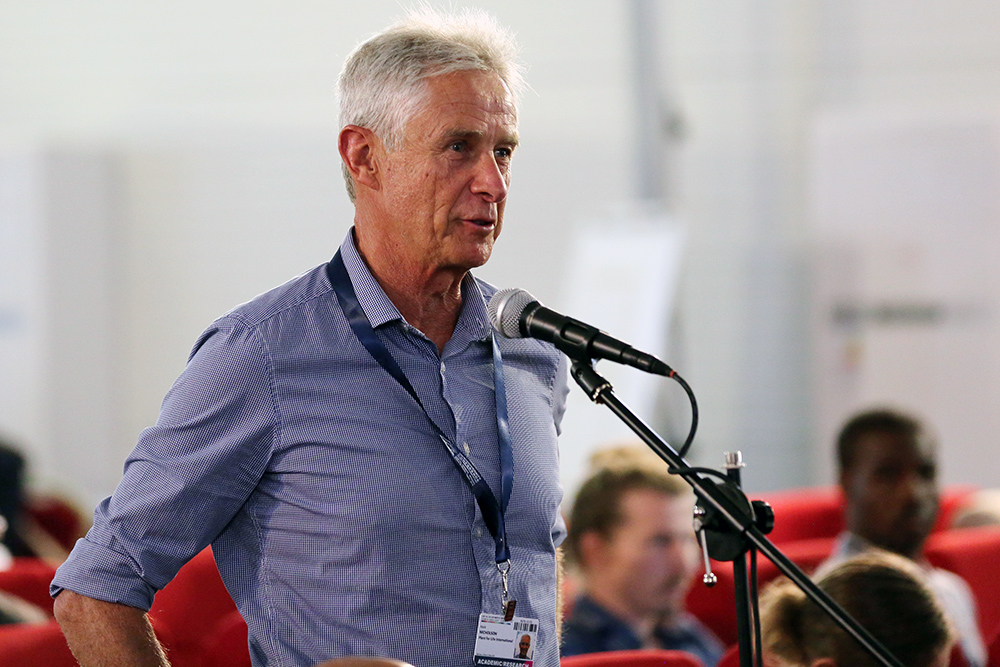
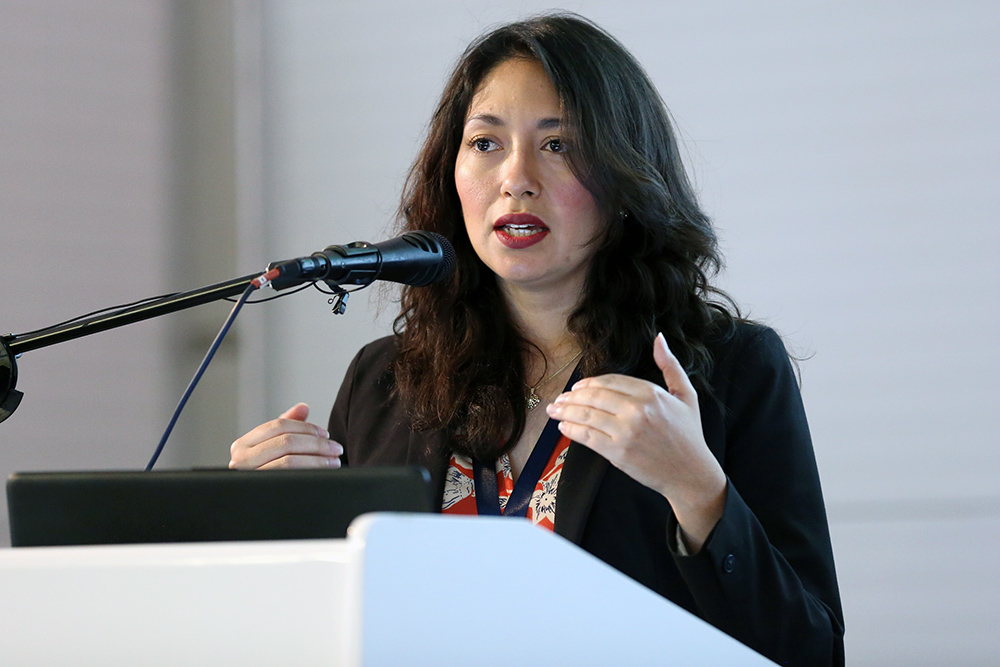
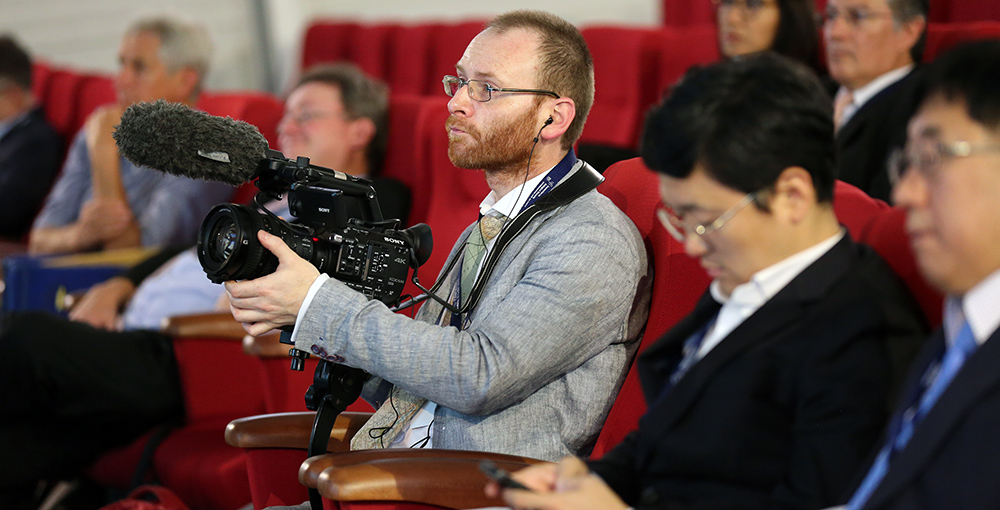
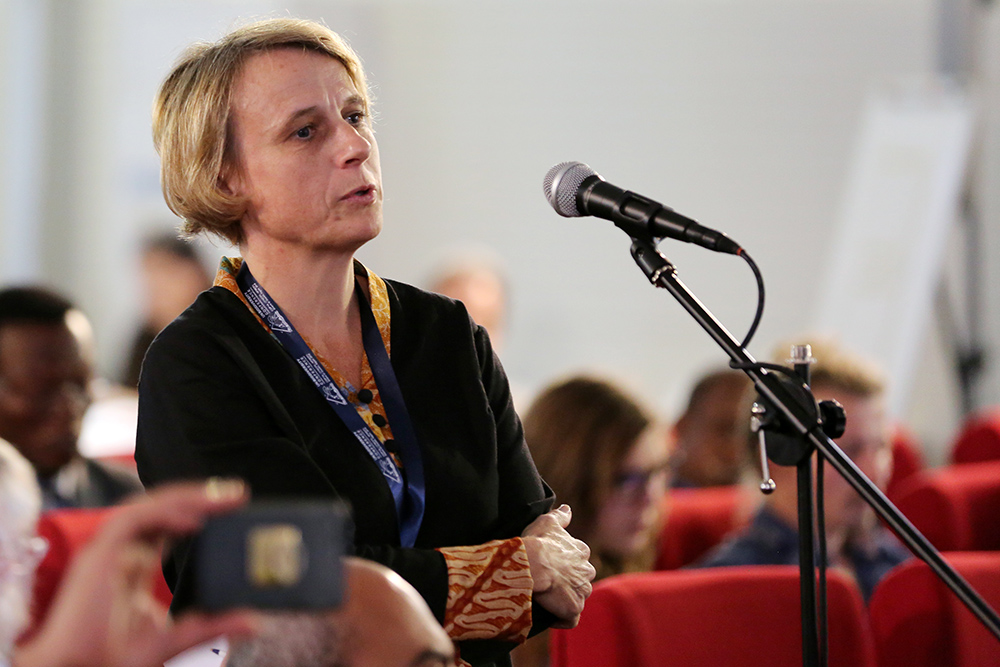
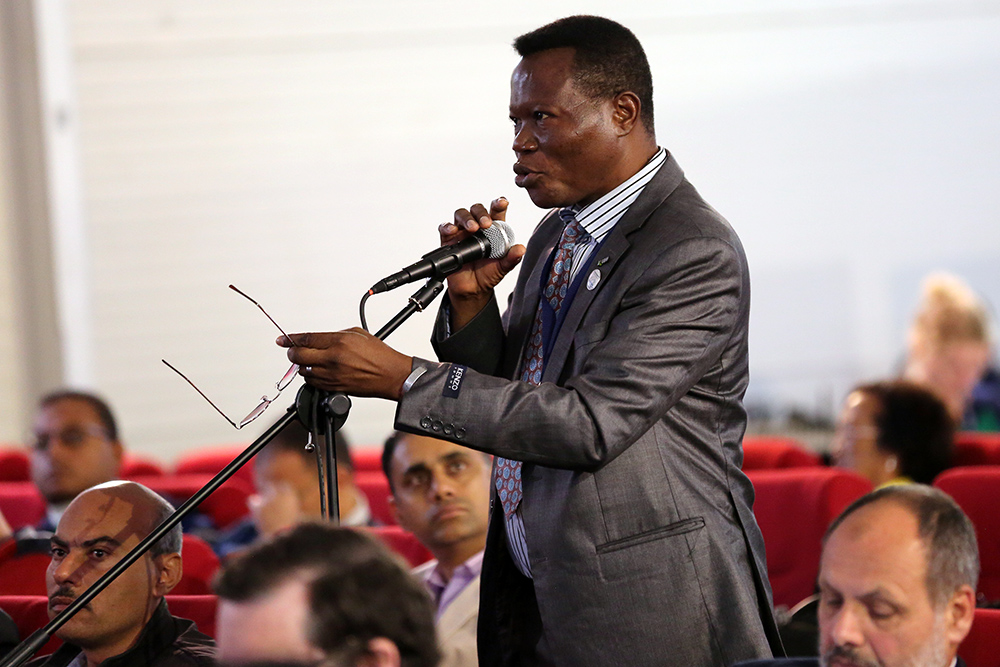
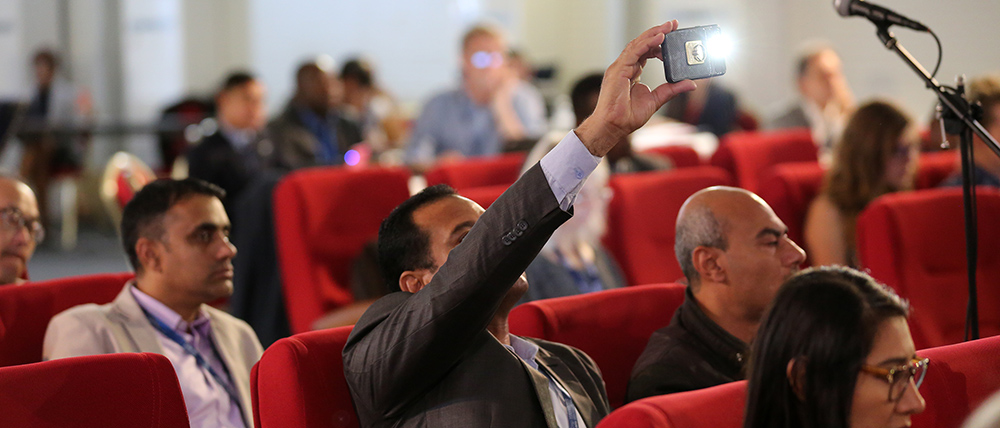
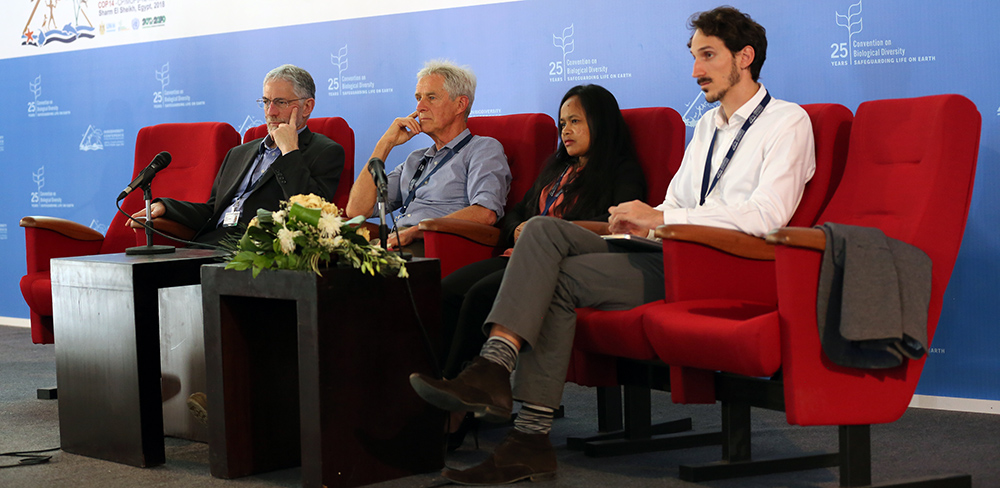
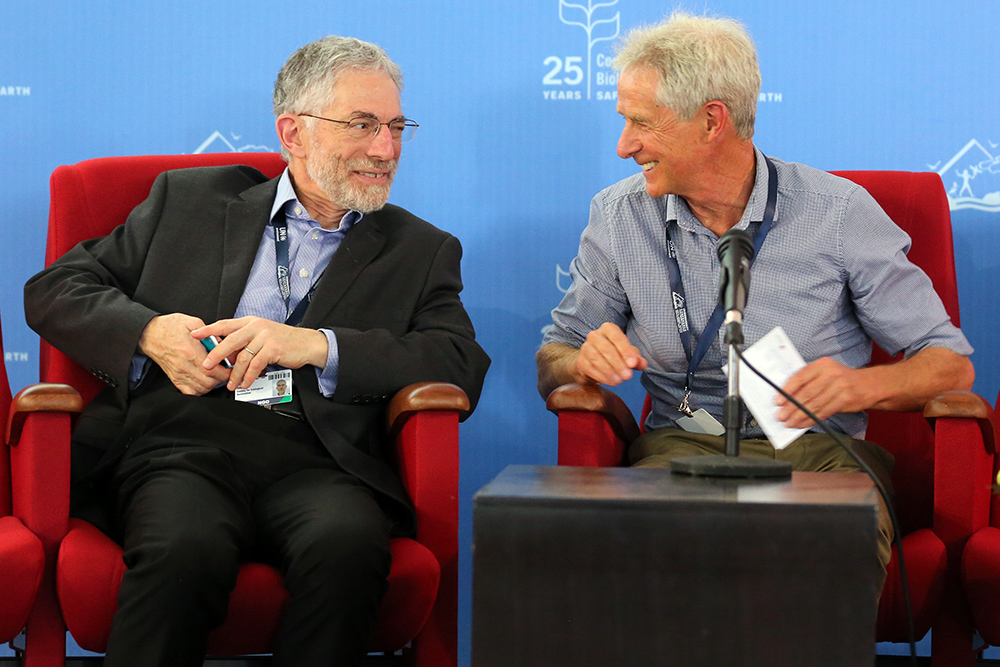
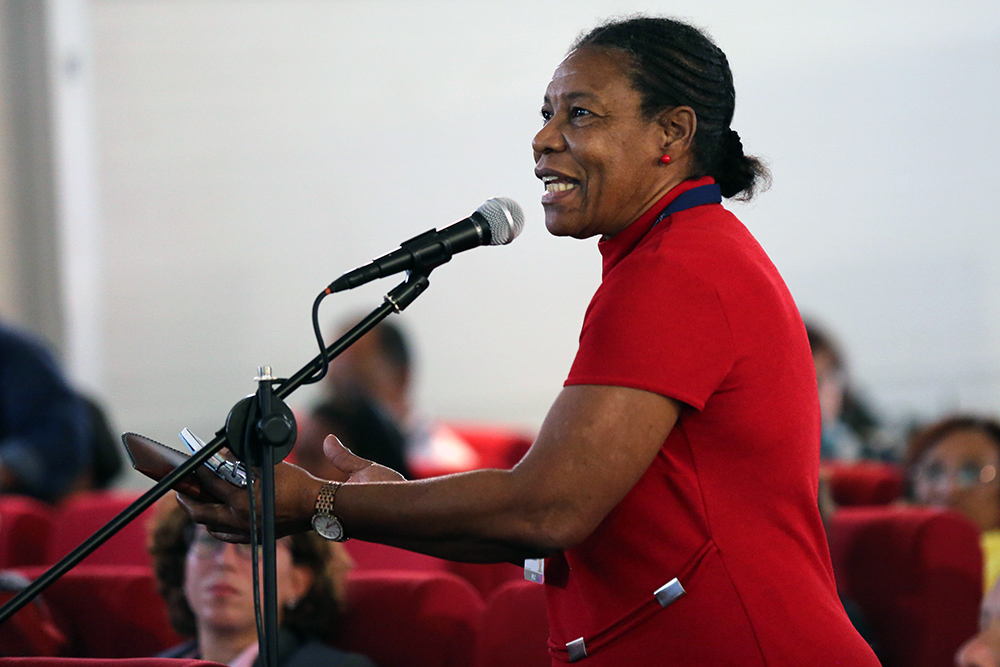
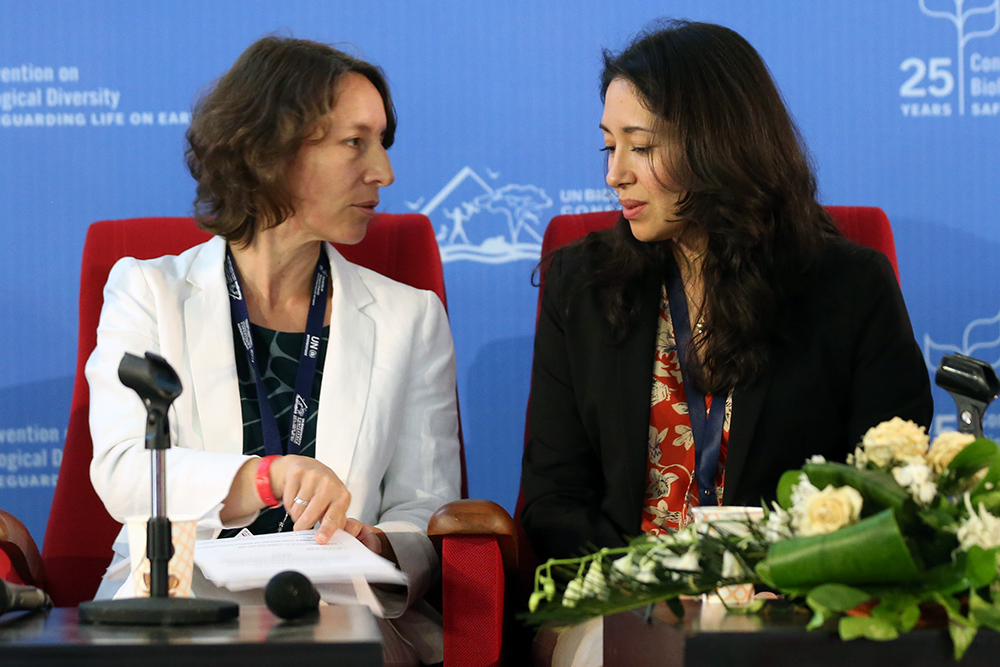
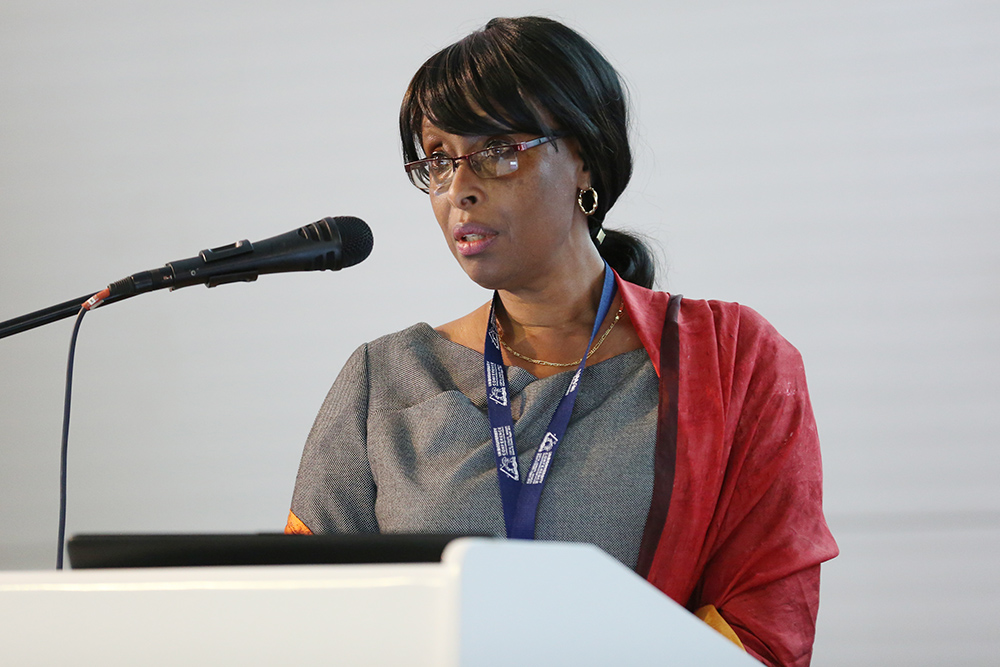
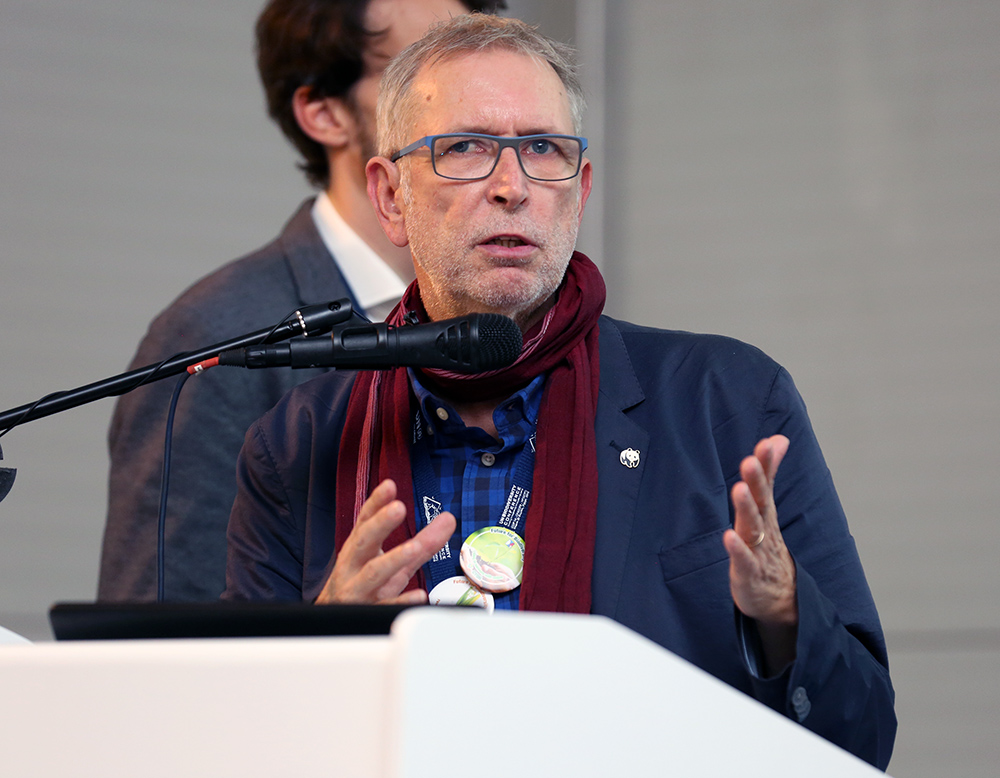

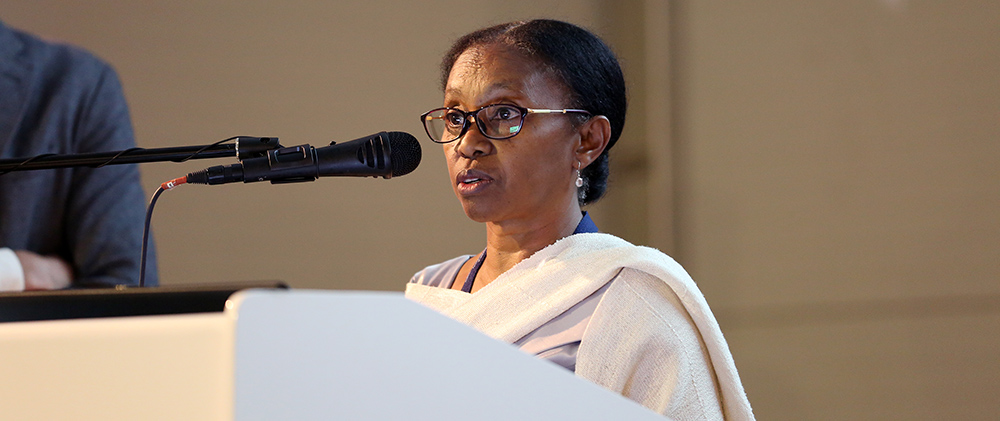
Highlights for Monday, 26 November 2018
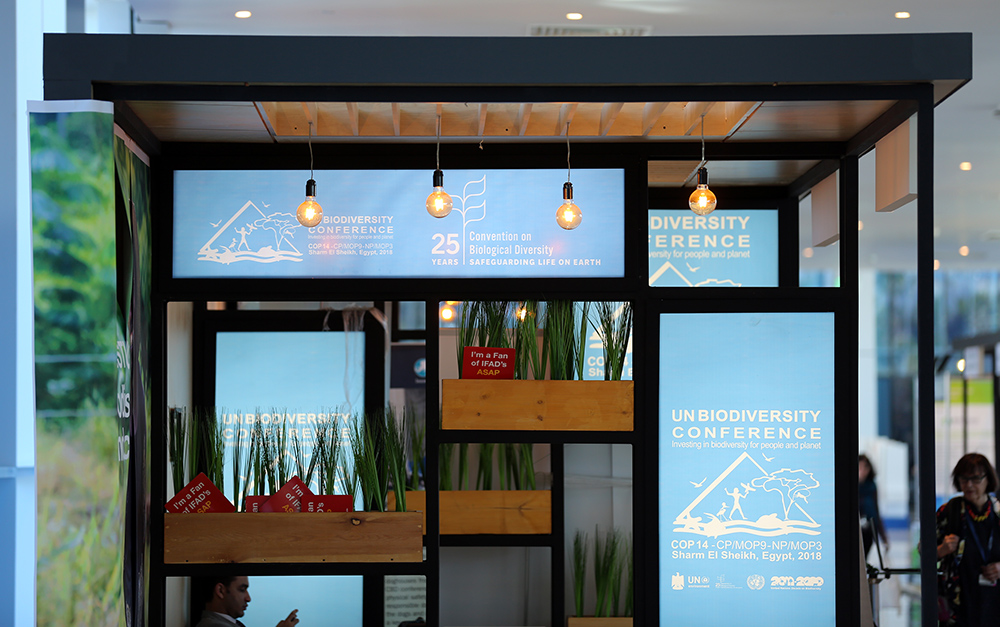
The 10th day of the Rio Conventions Pavilion addressed the theme, ‘Nature-based Solutions for Climate Change.’
The day was organized in two segments. In the morning, participants took part in panel and break-out sessions to highlight a range of experiences with ecosystem-based adaptation (EbA) policy making, as well as lessons learned from implementing EbA projects and related nature-based approaches.
In the afternoon, EbA Knowledge Day took place, under the overall theme of ‘Biodiversity conservation and infrastructure development.’ The segment included a market place showcasing practical examples of nature-based solutions and how to better align them to engineering-based solutions for disaster and climate resilience.
The objectives of the day included:
- Discussing the links between biodiversity and climate change, including the role of conservation and restoration of ecosystems for climate change mitigation and adaptation;
- Sharing knowledge and experiences with ecosystem-based approaches to climate change adaptation and disaster risk reduction;
- Providing opportunities to exchange on ways for promoting natural climate solutions in the context of the Paris Agreement and the Sustainable Development Goals;
- Leveraging partnerships to accelerate progress in raising the profile of the contribution of biodiversity and ecosystem functions and services;
- Capitalizing on existing work among the organizations specializing in the science and policy of climate change and biodiversity; and
- Enhancing synergies between the Rio Conventions and relevant multilateral environmental agreements.
The Day was co-organized by SwedBio, Friends of Ecosystem-based Adaptation (FEBA), Die Deutsche Gesellschaft für Internationale Zusammenarbeit (GIZ), International Union for the Conservation of Nature (IUCN) and The Partnership for Environment and Disaster Risk Reduction (PEDRR).
+ Visit the web coverage for Monday, 26 November 2018
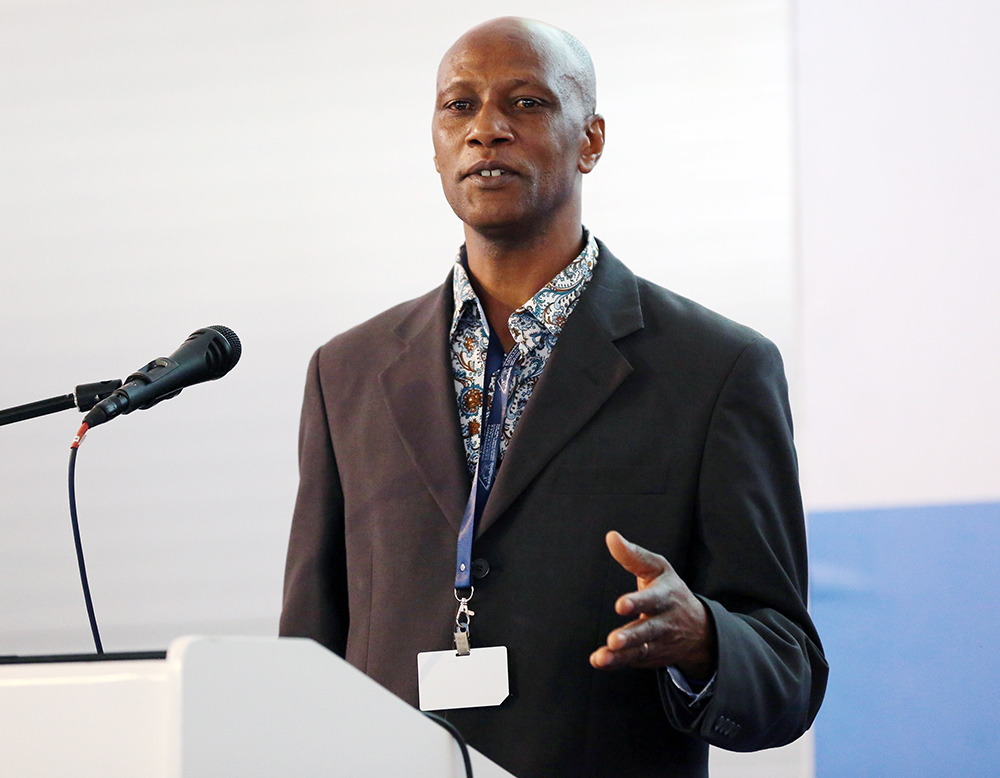

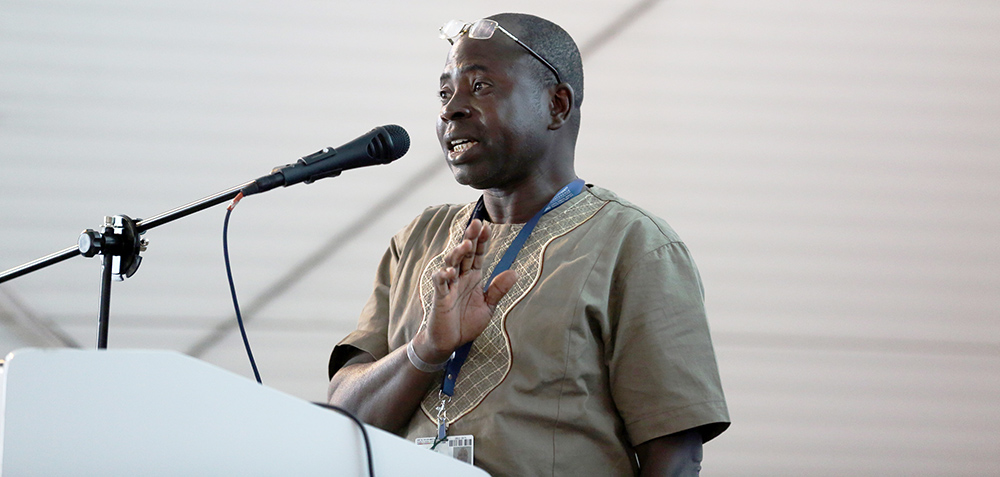
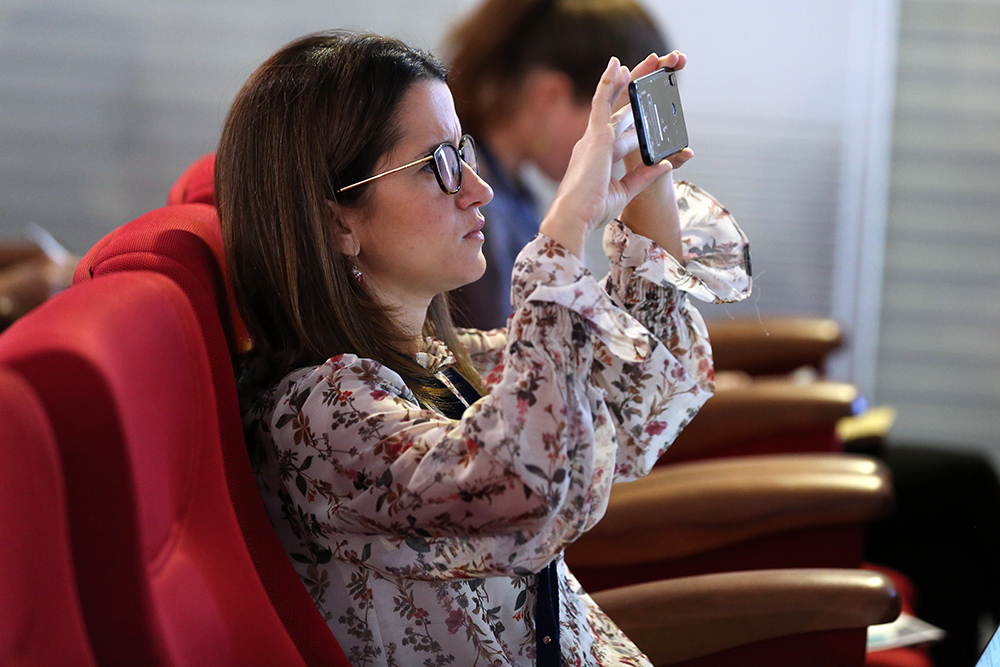
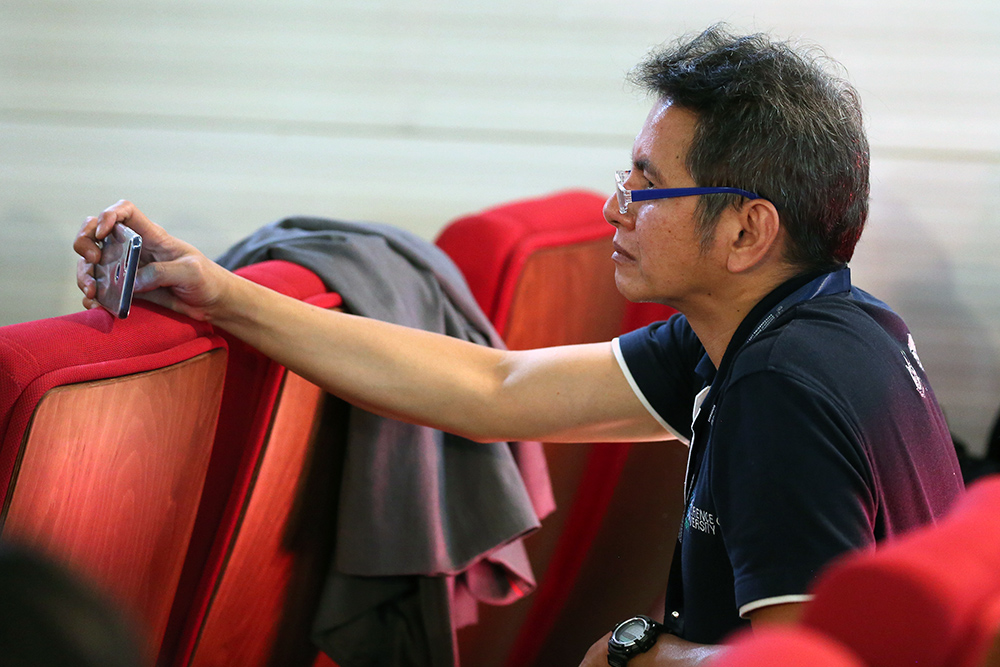
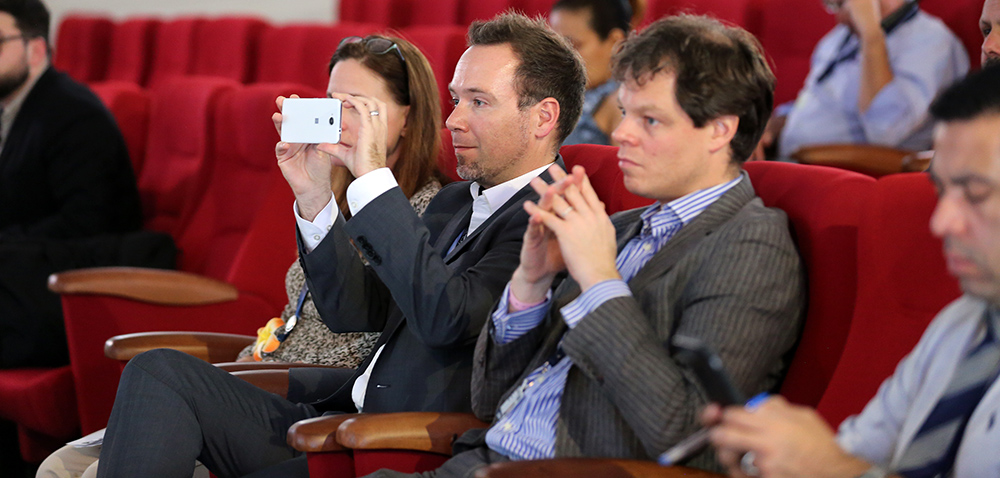
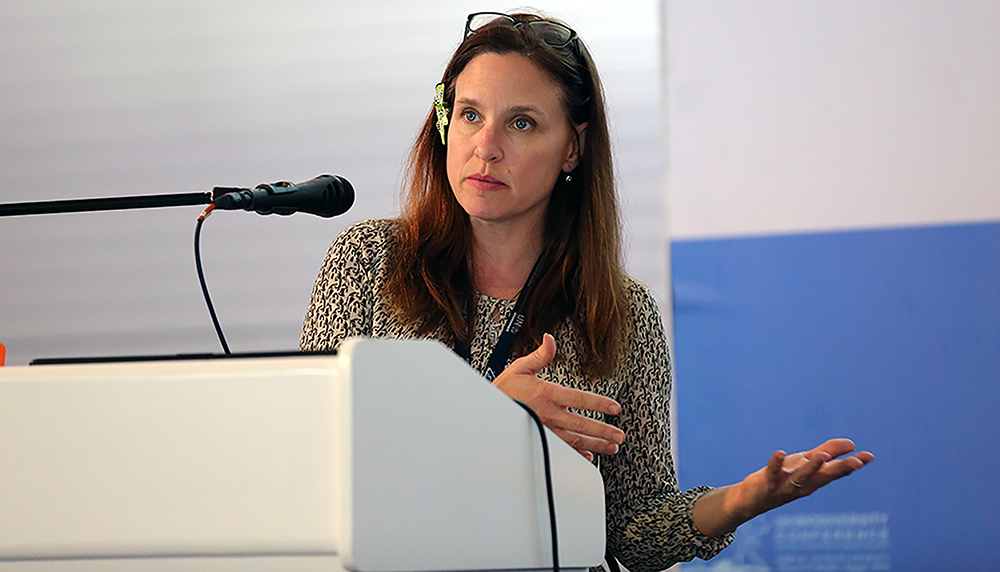
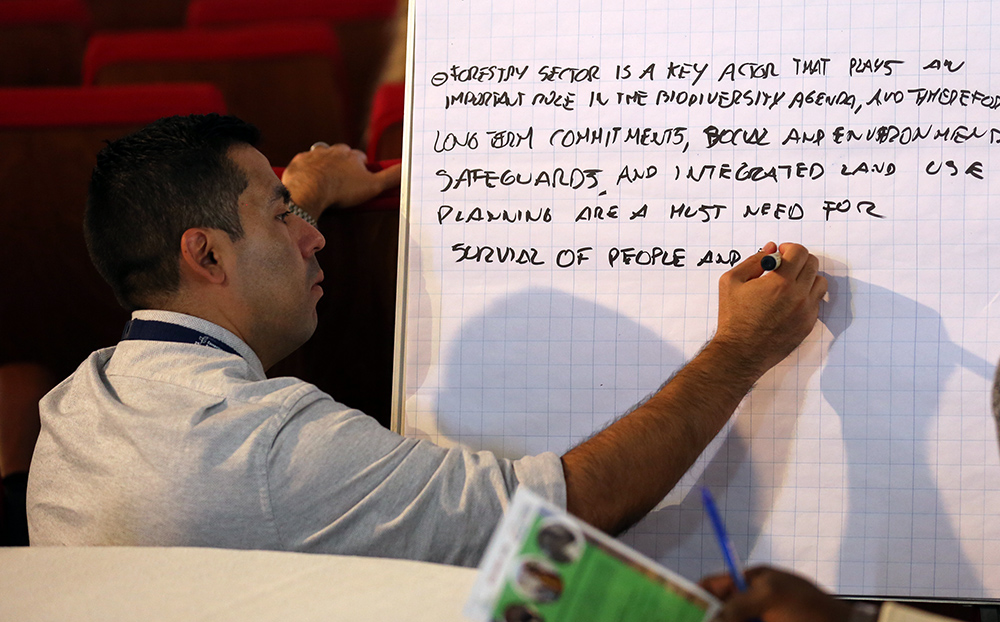
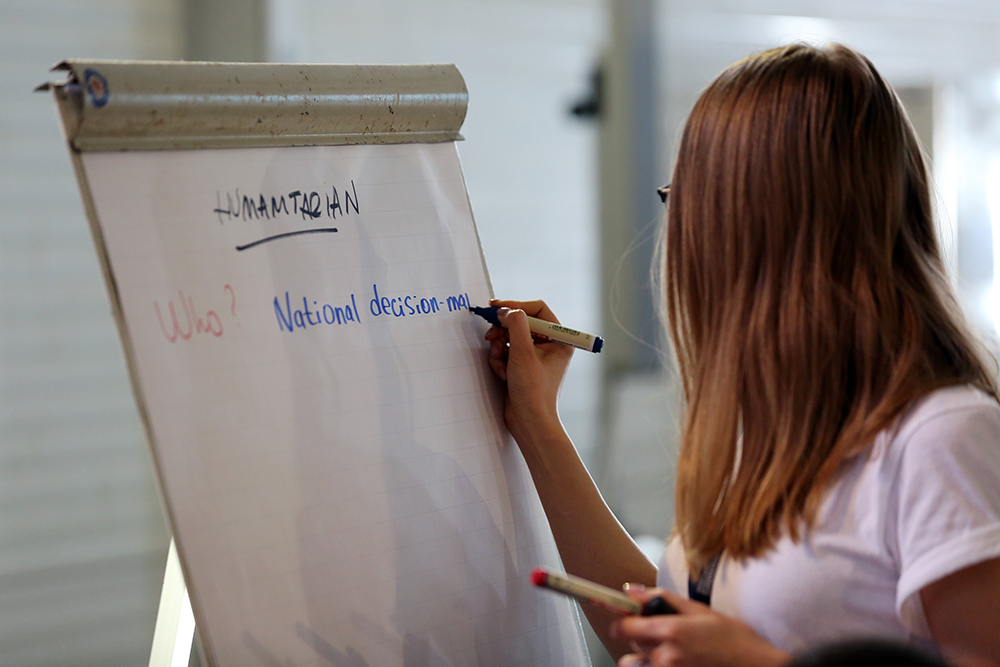
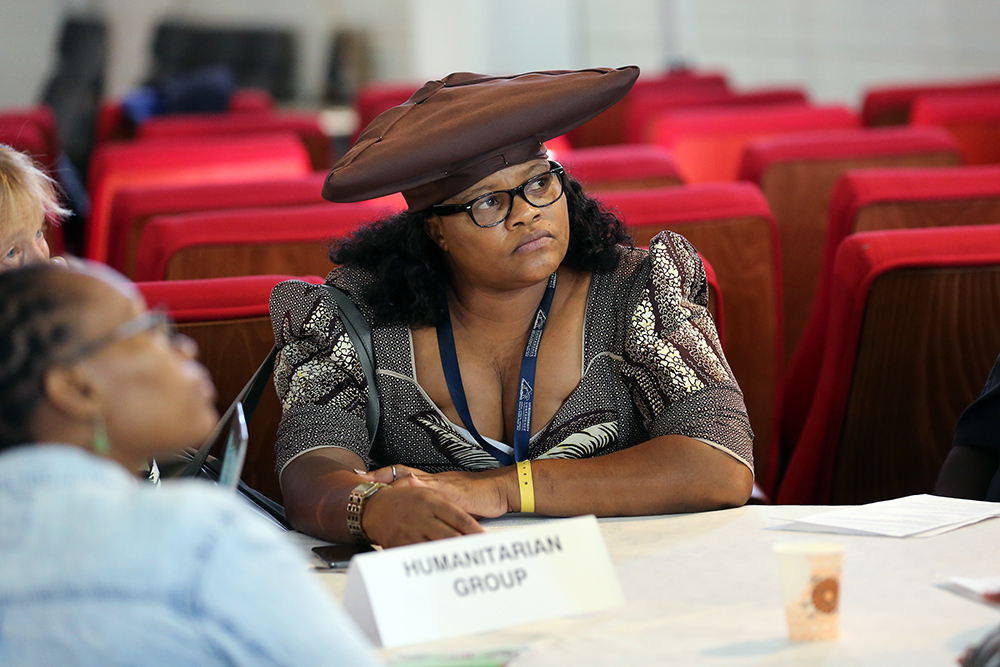
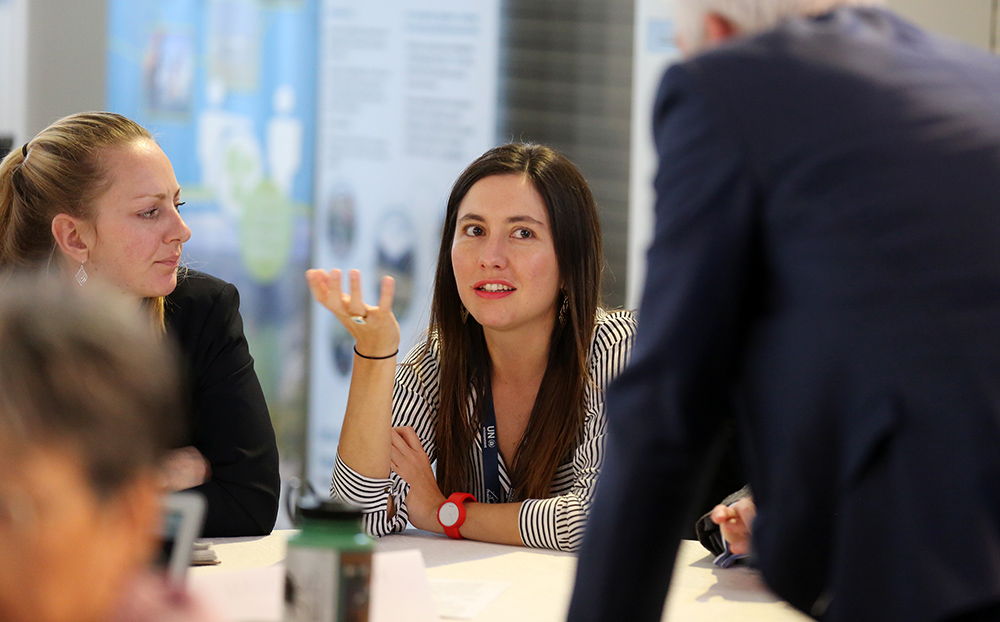
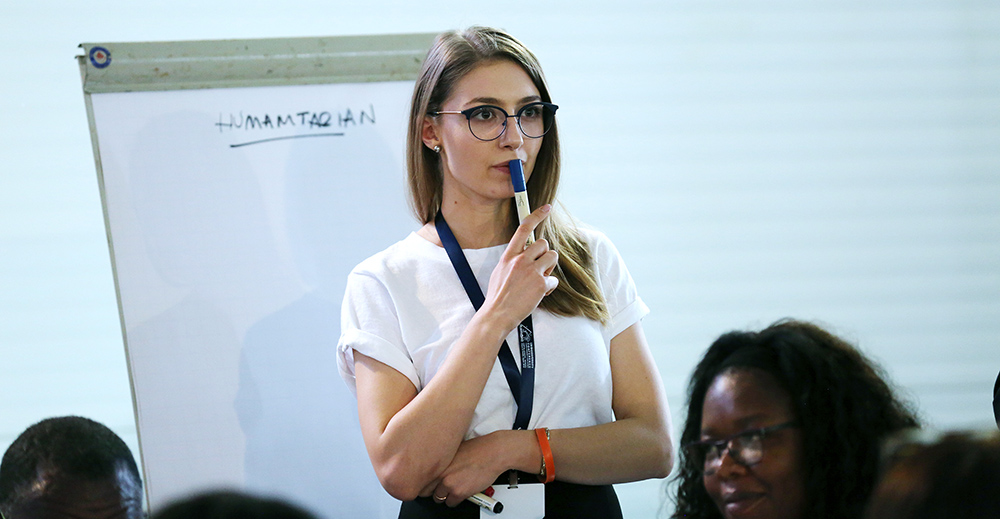
Highlights for Sunday, 25 November 2018
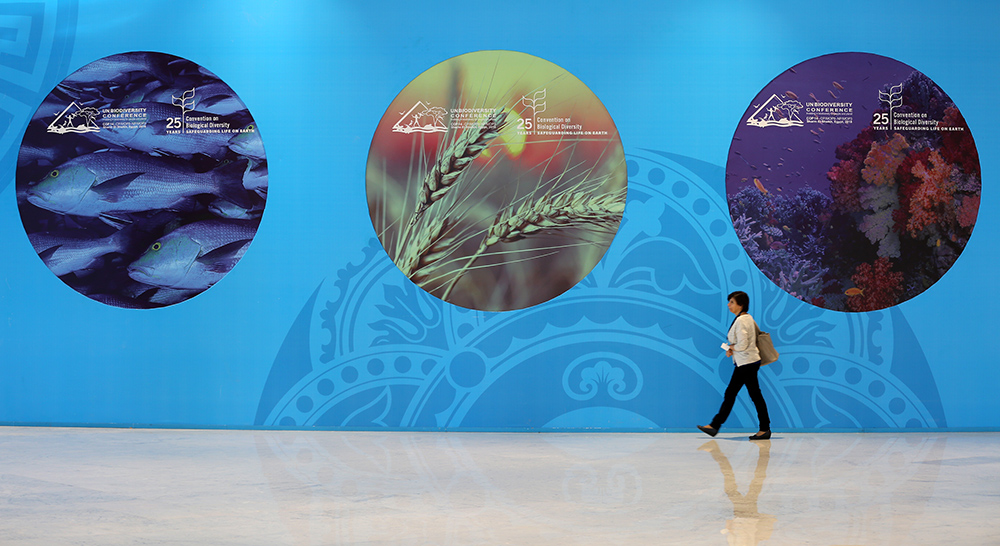
Day 9 at the Rio Conventions Pavilion focused on the theme ‘Agriculture and Biodiversity: Walking hand-in-hand toward a sustainable world.’ Seven panel sessions took place, highlighting diverse perspectives from the fields of agroecology, sustainable soil and land management, geodata, biodiversity conservation, climate change and sustainable intensification of agriculture.
Specific objectives of Agriculture Day included:
- Celebrating the 25th anniversary of the CBD and its role in mainstreaming biodiversity and ecosystem services into agriculture, taking the lessons learned as an input to discuss the future steps;
- Providing a forum to showcase applications of integrated land use planning and management involving diverse stakeholders;
- Highlighting sustainable approaches to accelerate biodiversity conservation, sustainable use of biodiversity resources and equitable participation in productive landscapes; and
- Presenting regional and global initiatives that support countries in the design, planning, implementation and monitoring of socio-economic-ecological solutions and their contribution to the Aichi Biodiversity Targets and the Sustainable Development Goals (SDGs).
Agriculture Day closed with a special event to launch the publication, ‘Mainstreaming Biodiversity in Production Landscapes.’
The Day was co-organized by the CBD, Food and Agriculture Organization of the UN (FAO) and the Government of Mexico, in partnership with Die Deutsche Gesellschaft für Internationale Zusammenarbeit (GIZ), Rare, IUCN, Conservation International.
+ Visit the web coverage for Sunday, 25 November 2018
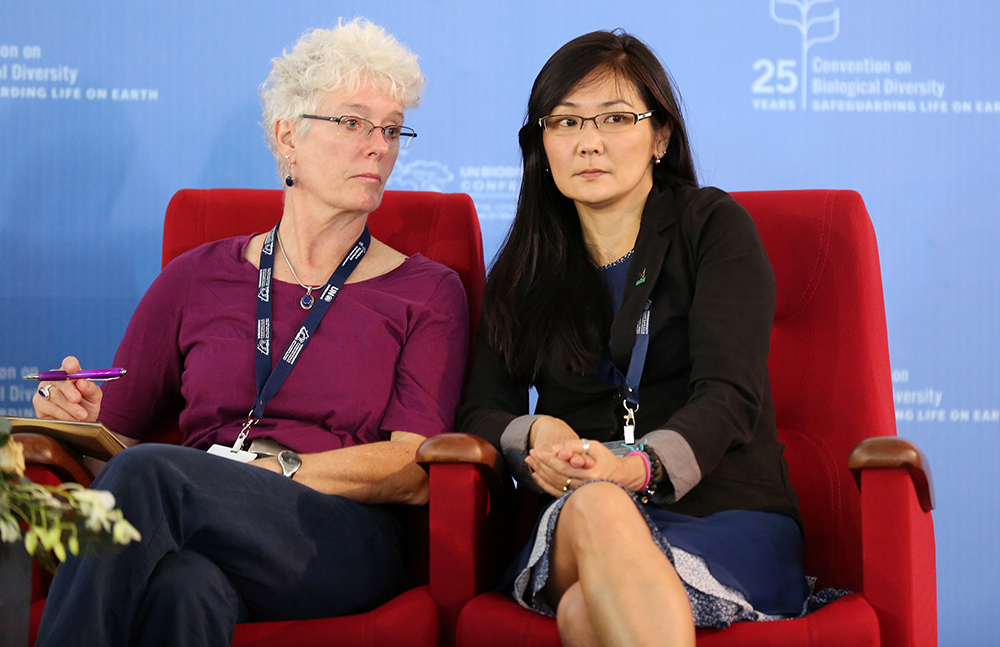
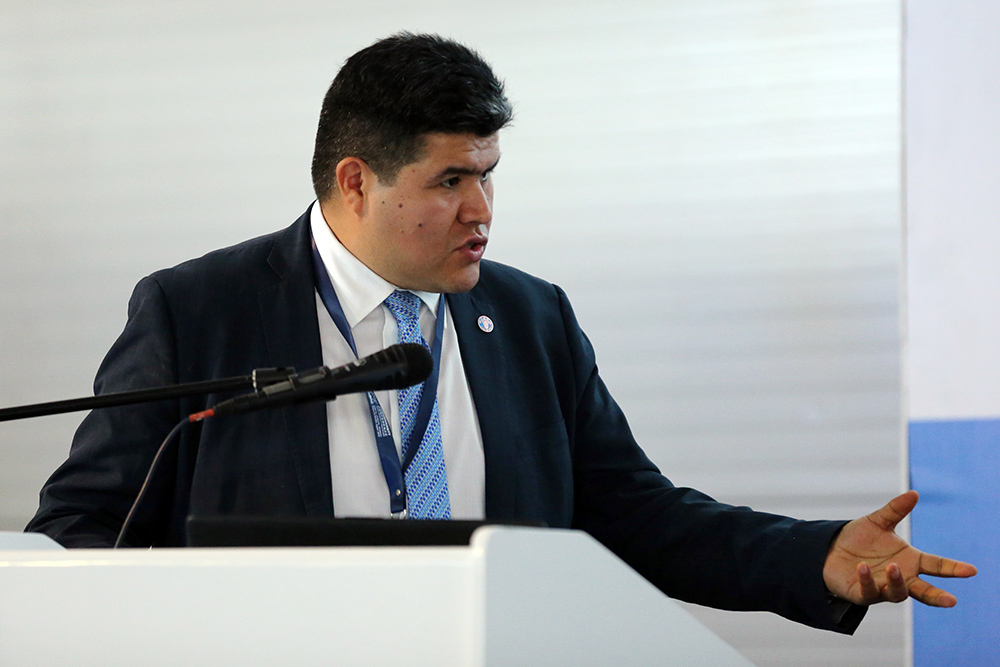
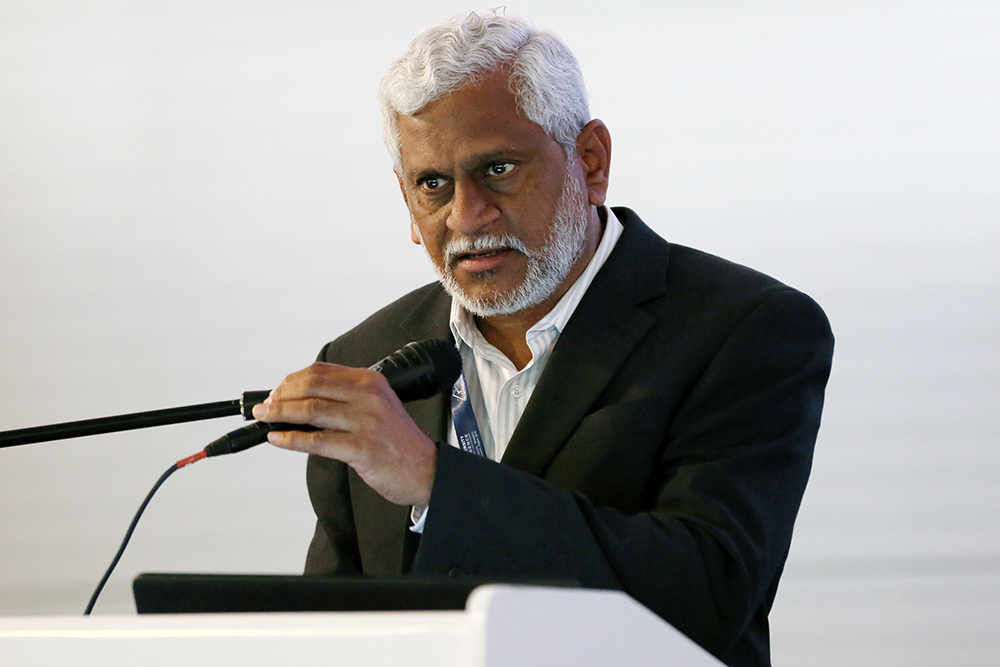
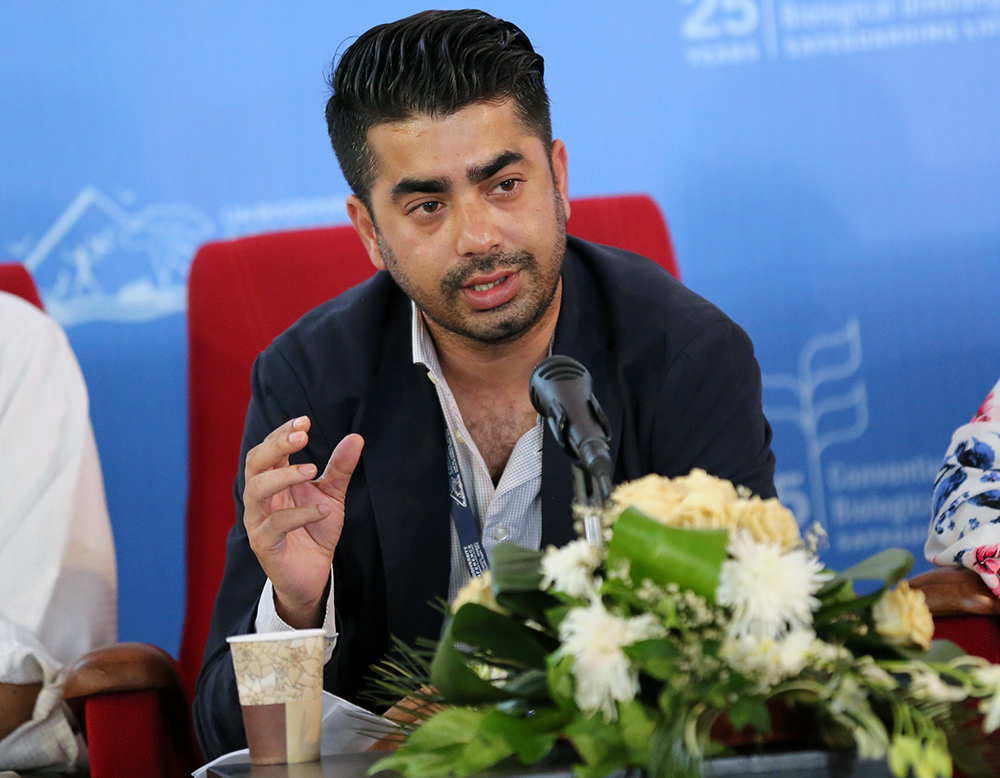
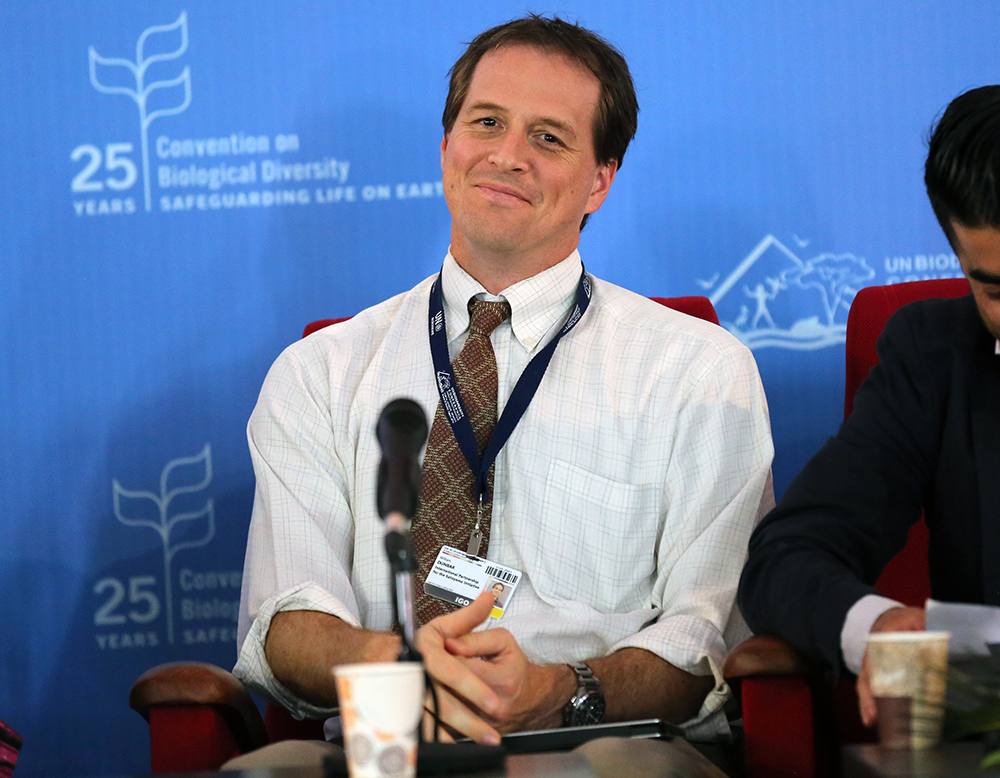
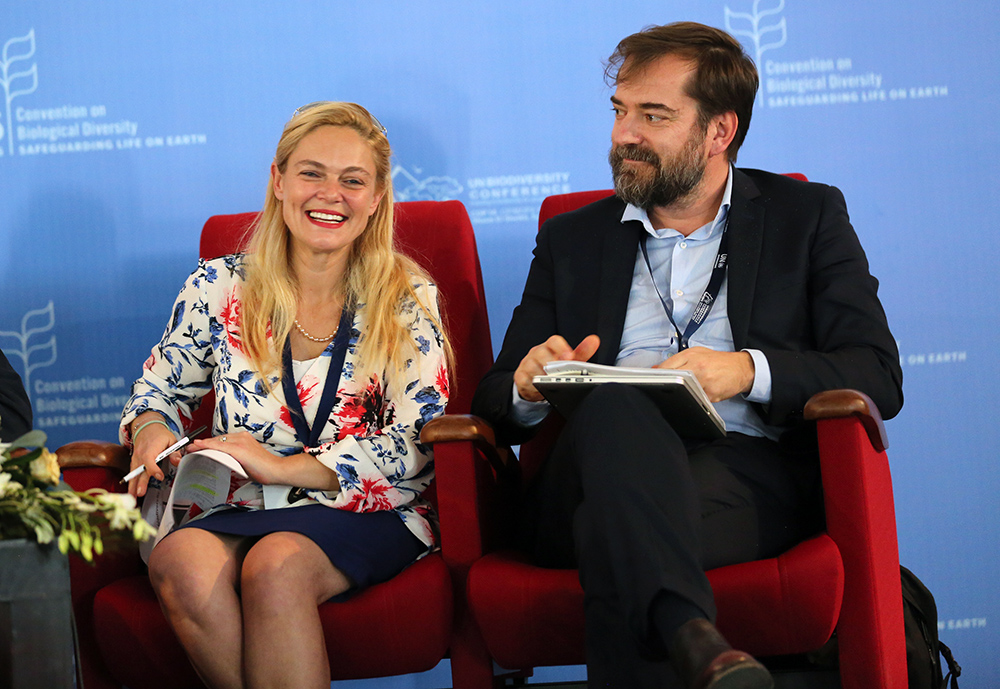
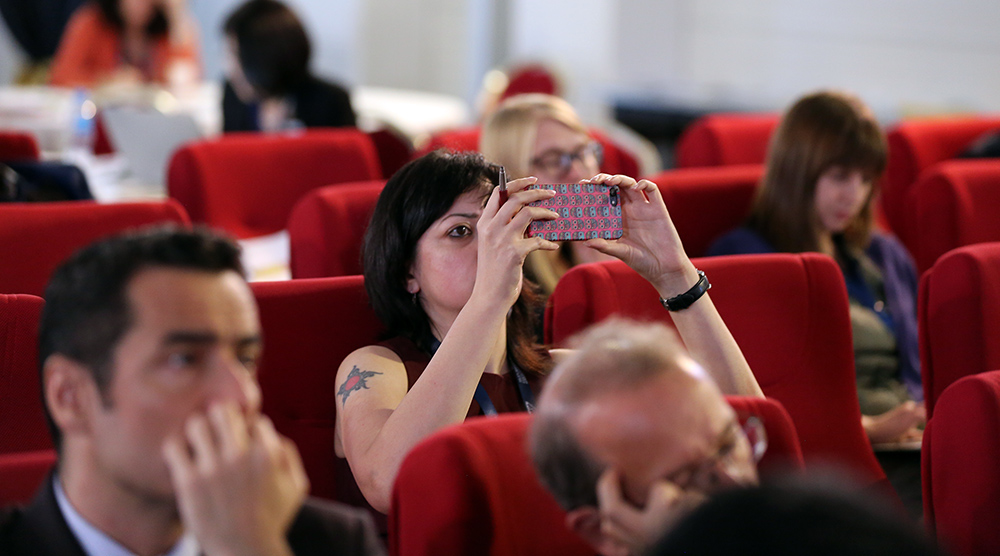

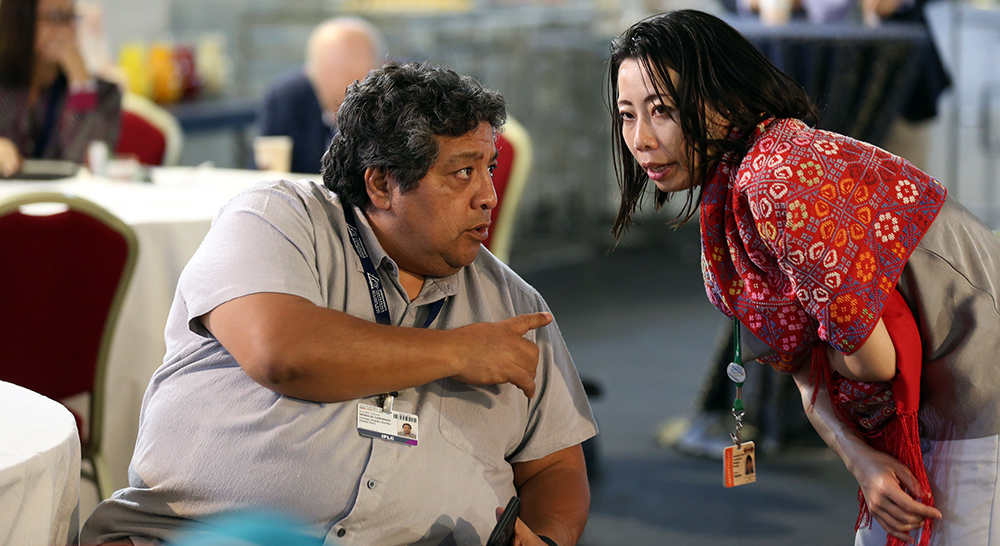
Highlights for Saturday, 24 November 2018

Day 8 at the Rio Conventions Pavilion took place under the overall theme of ‘Harnessing Biodiversity for a Healthy and Resilient Future.’ Discussions on Health Day highlighted emerging initiatives, partnerships, tools and opportunities for engagement, with a focus on integrated approaches for maximizing co-benefits for ecosystems and human health.
The Day aimed to:
- Provide a forum to showcase new tools, best practices and lessons learned to foster interdisciplinary and cross-sectoral collaboration on biodiversity and health;
- Present scalable initiatives to support implementation and policy coherence in the context of global environmental change;
- Contribute to the dialogue on the Post-2020 Global Biodiversity Framework, to ensure key issues at the intersection of biodiversity and health are well embedded and aligned with global commitments for sustainable development; and
- Contribute to the development of communities of practice on integrated approaches to health, such as One Health, aimed at informing actionable policies and bridging the science-policy gap at appropriate scales.
A highlight of Health Day was the launch of the ‘Global Biodiversity for Health’ 2020 challenge, aimed at restoring green urban spaces in 20 cities across 20 countries by COP 15 in 2020.
The Day was co-organized by the CBD and the World Health Organization (WHO) and diverse partners working at the interface of health and biodiversity.
+ Visit the web coverage for Saturday, 24 November 2018
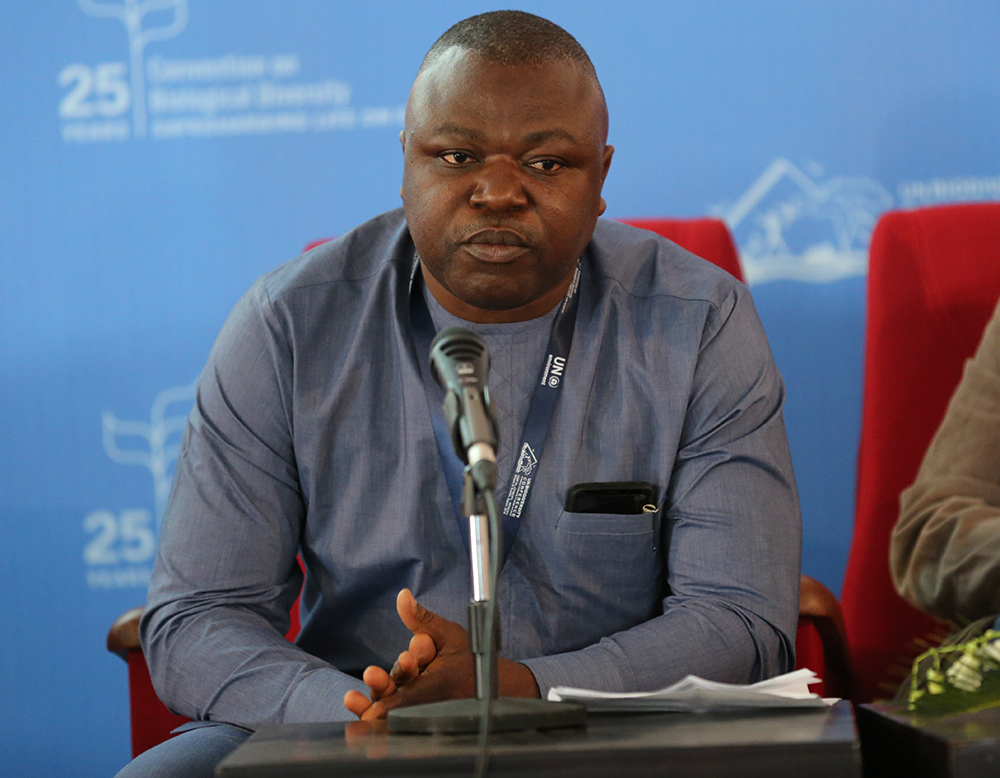

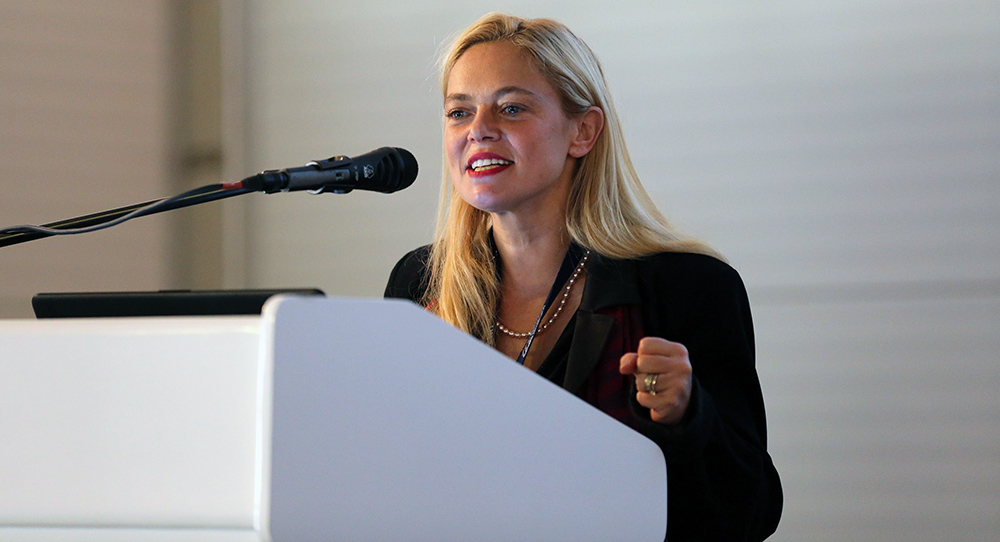
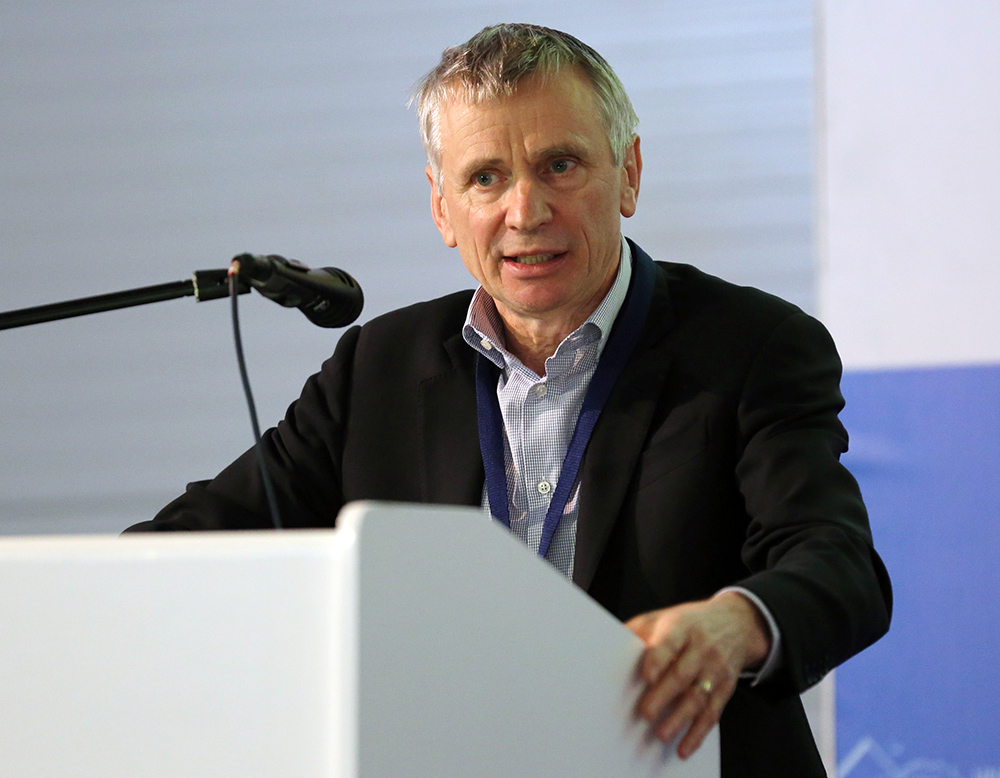
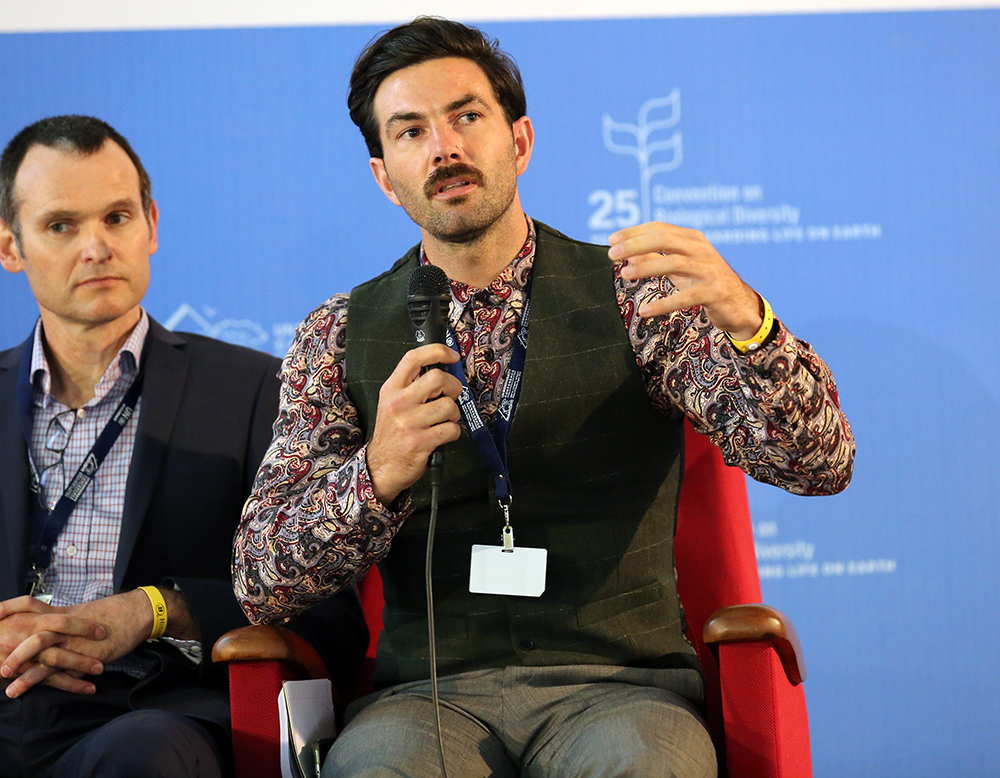
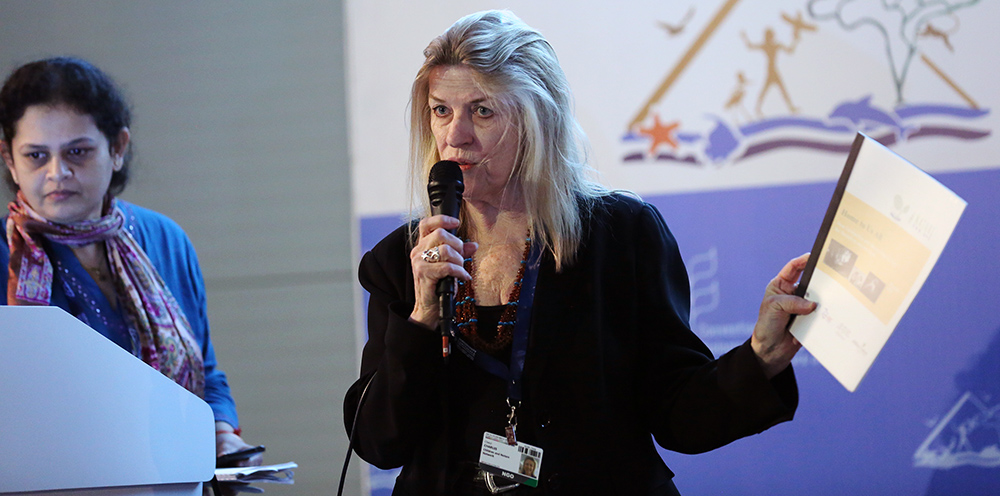
Highlights for Friday, 23 November 2018
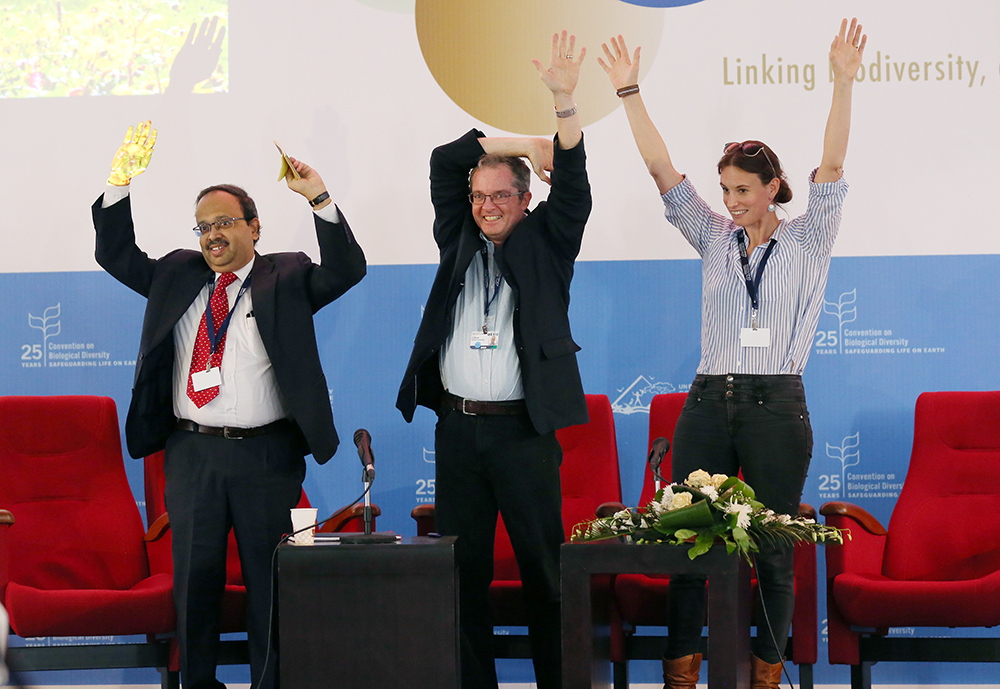
On Day 7 of the Rio Conventions Pavilion, various actors working on capacity building in the biodiversity sector held a series of interactive dialogues and workshops.
Themes covered in the morning and afternoon included:
- ‘Building Capacity Beyond 2020’ – a reflection on capacity building experiences over the past decade of implementation to critically understand successes, failures, and key takeaways;
- Identifying and informing future actions to support the implementation of the Post-2020 Global Biodiversity Framework (Post-2020 Framework) and the Post-2020 Long-Term Strategic Framework for Capacity Building;
- The biodiversity mitigation hierarchy as a tool for engaging industry and finance in effective biodiversity management; and
- Emerging industry trends and technologies in biodiversity data collection, sharing and monitoring that have the potential to improve our ability to effectively implement the mitigation hierarchy.
In the evening, PANORAMA – Solutions for a Healthy Planet, a multi-thematic, multi-partner initiative for learning and knowledge management, convened an event to highlight its contribution to global policy targets around key COP14 agenda items, such as ecosystem-based adaptation, protected and conserved areas, marine and coastal issues and sustainable agriculture.
The morning segment was organized by the UN Environment Programme (UN Environment) in collaboration with the CBD, the Global Environment Facility (GEF), the International Union for the Conservation of Nature (IUCN), the UN Development Programme (UNDP), the Caribbean Community (CARICOM) Secretariat, the Secretariat of the Pacific Regional Environment Programme (SPREP), the UN Environment Programme World Conservation Monitoring Centre (UNEP-WCMC), and the African Elephant Fund.
The Mitigation Hierarchy and Emerging Technologies Workshop was co-organized by the Cross-Sector Biodiversity Initiative (CSBI) and the Equator Principles Association.
+ Visit the web coverage for Friday, 23 November 2018

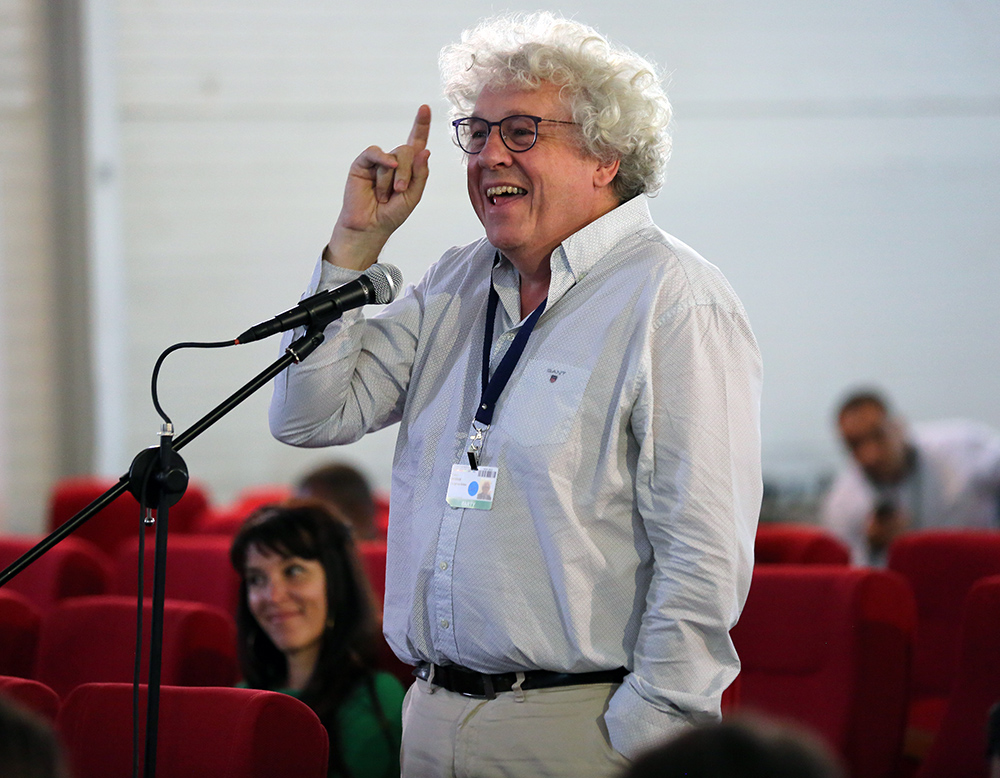
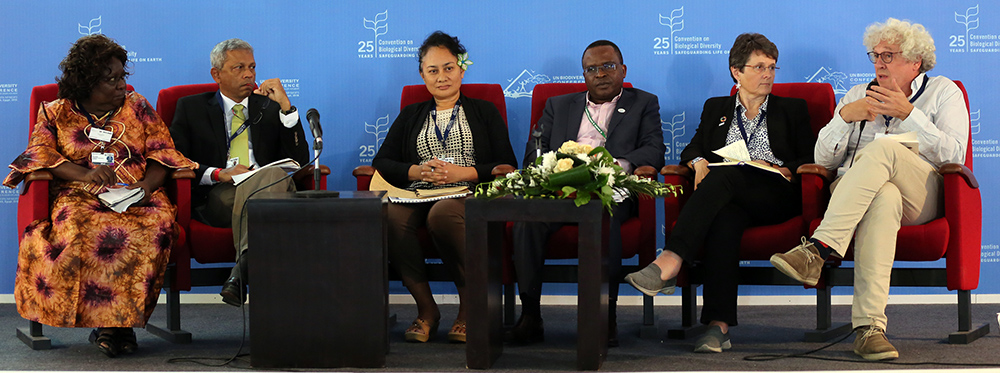

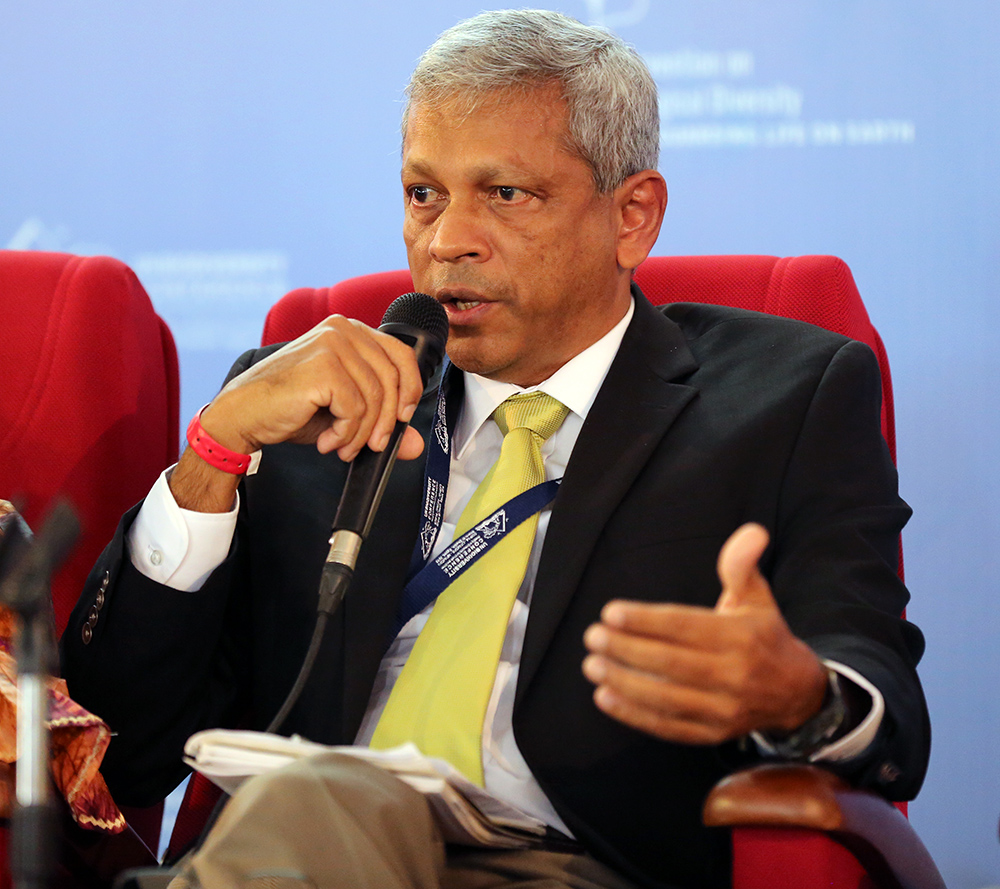

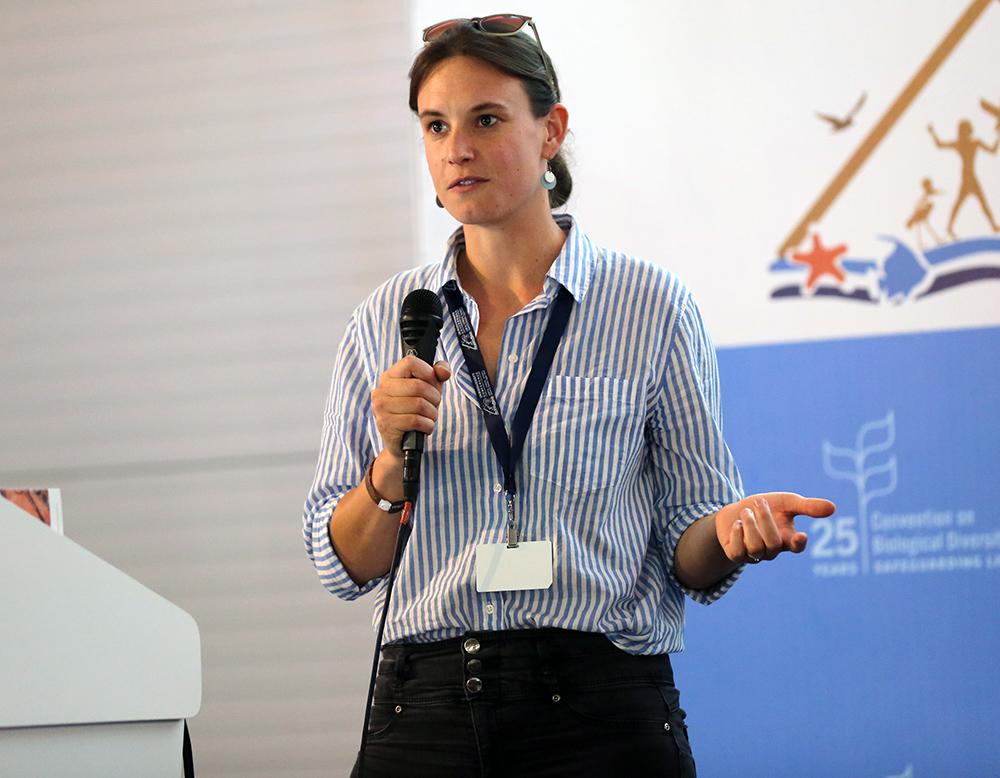
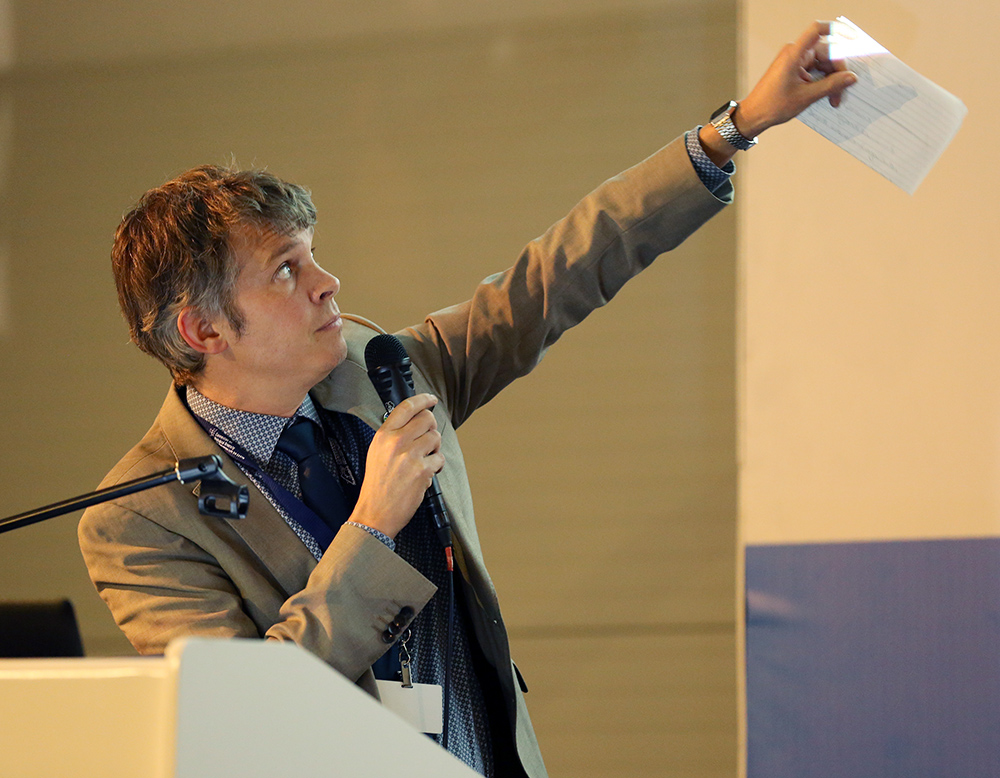
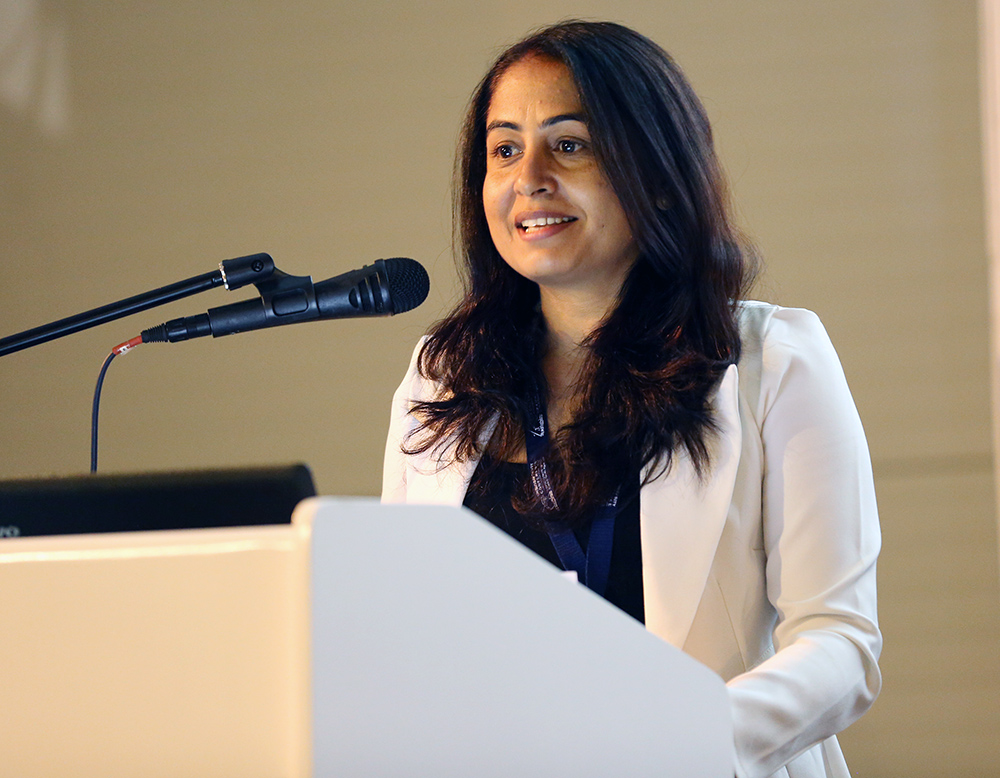
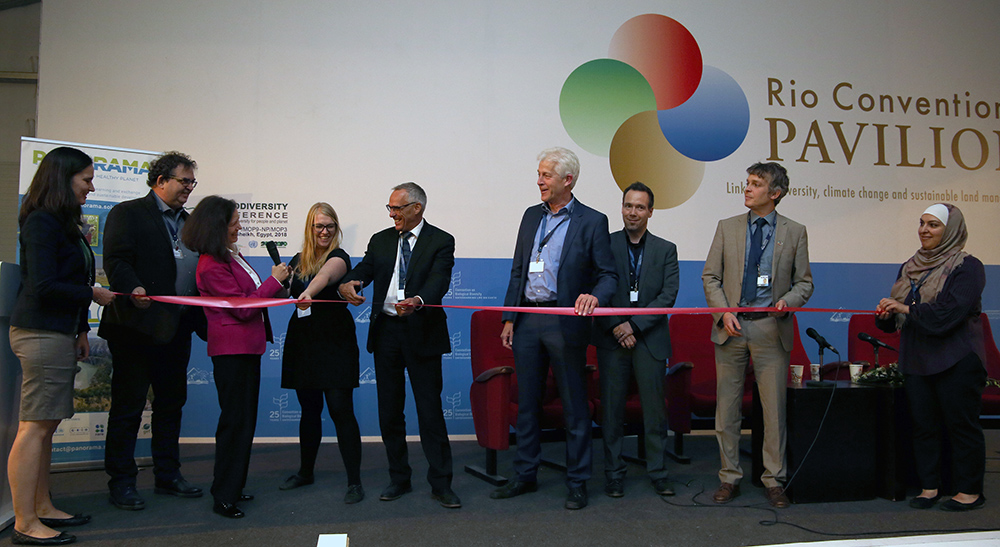
Highlights for Thursday, 22 November 2018
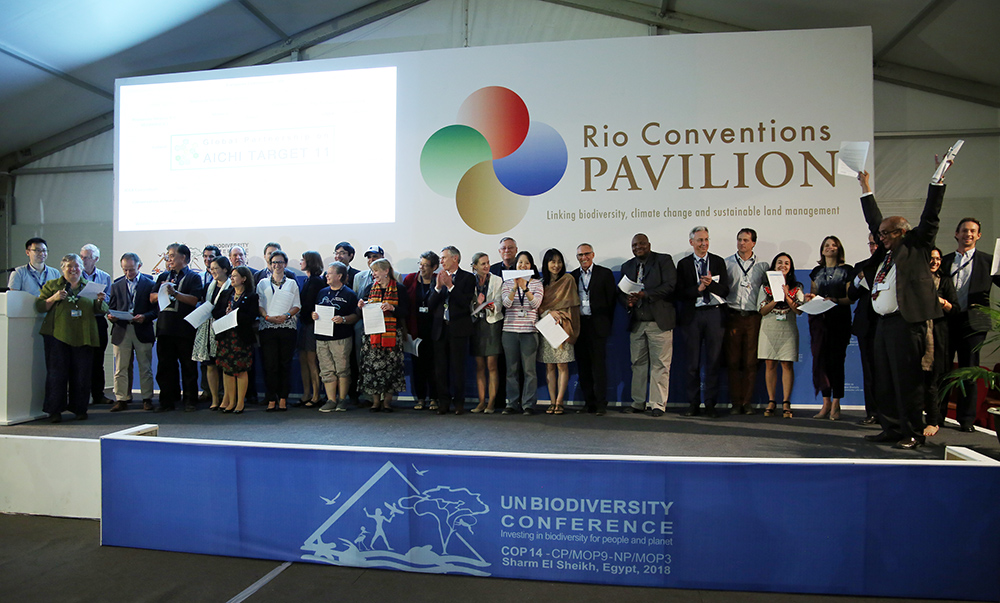
The sixth day at the Rio Conventions Pavilion focused on support for implementation of Protected Areas in the Post-2020 Global Biodiversity Framework (Post-2020 Framework) and the long-term strategy for capacity building that will be adopted at the 15th Conference of the Parties (COP15) to the CBD.
The event marked the launch of the ‘Partnership for Achieving Aichi Biodiversity Target 11 with Attendant Multiple Benefits,’ a strengthened commitment to mobilize the global community around the implementation of Target 11.
Throughout the day, six technical sessions and interactive discussions took place to discuss:
- Experiences from sub-regional implementation support networks;
- Protected Areas and synergies with other biodiversity-related conventions;
- Governance and other Effective Area-Based Conservation Measures (OECMs);
- Protected Areas as Natural Solutions; and
- Strengthening Protected Areas for the Future.
In the evening, a reception took place to celebrate the formal launch of the Global Partnership on Aichi Target 11.
The Day was co-organized by a network of partners including the CBD Secretariat, the International Union for the Conservation of Nature (IUCN) World Commission on Protected Areas (WCPA), the IUCN Global Protected Areas Programme (GPAP) and the UN Development Programme (UNDP), with support from the European Union.
+ Visit the web coverage for Thursday, 22 November 2018
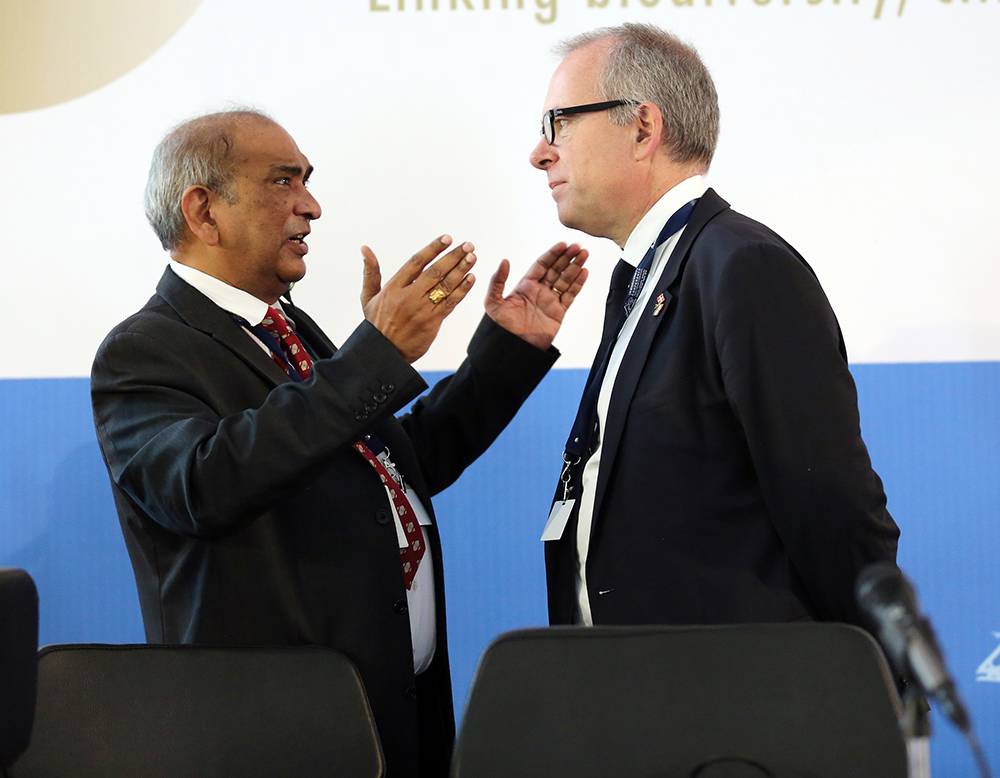
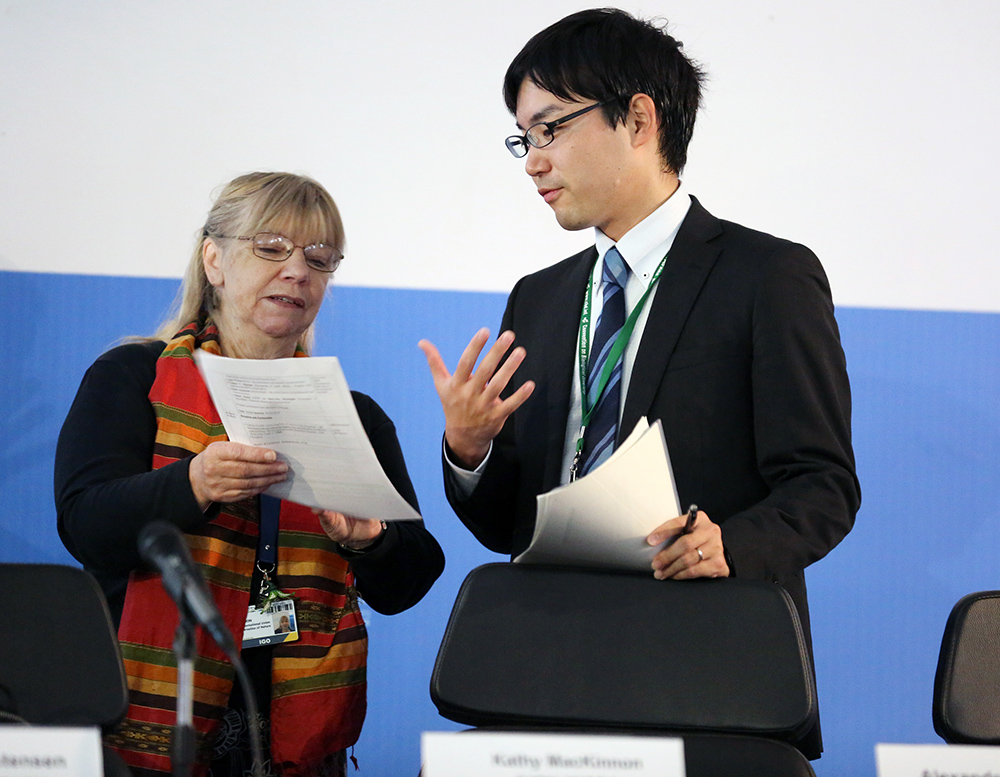
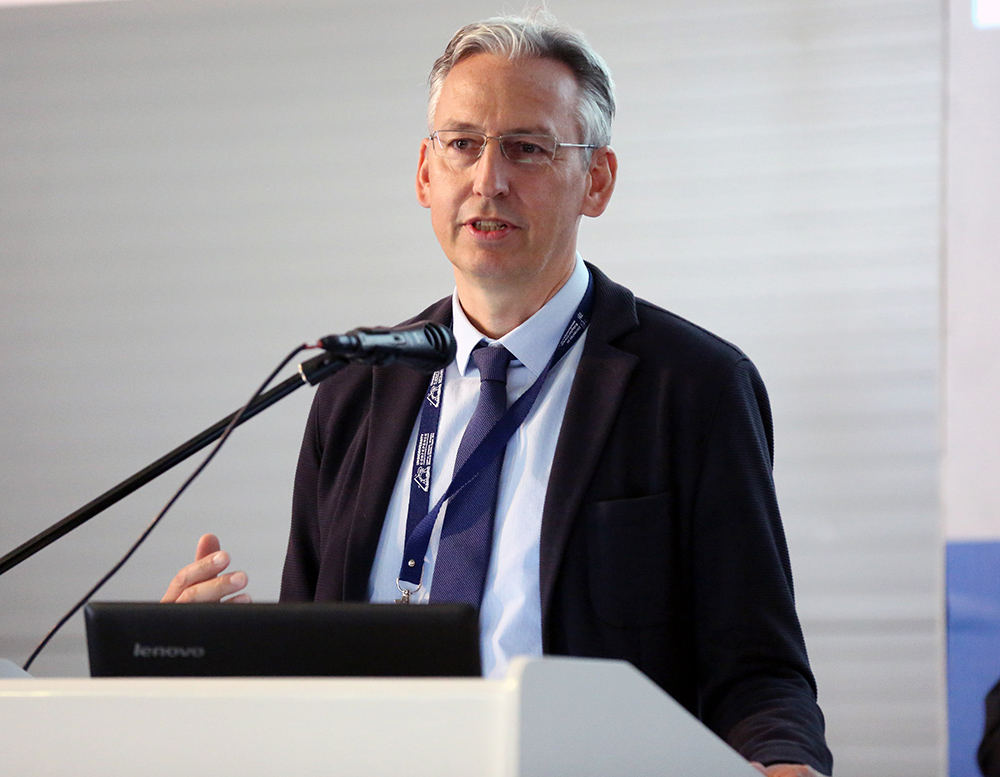
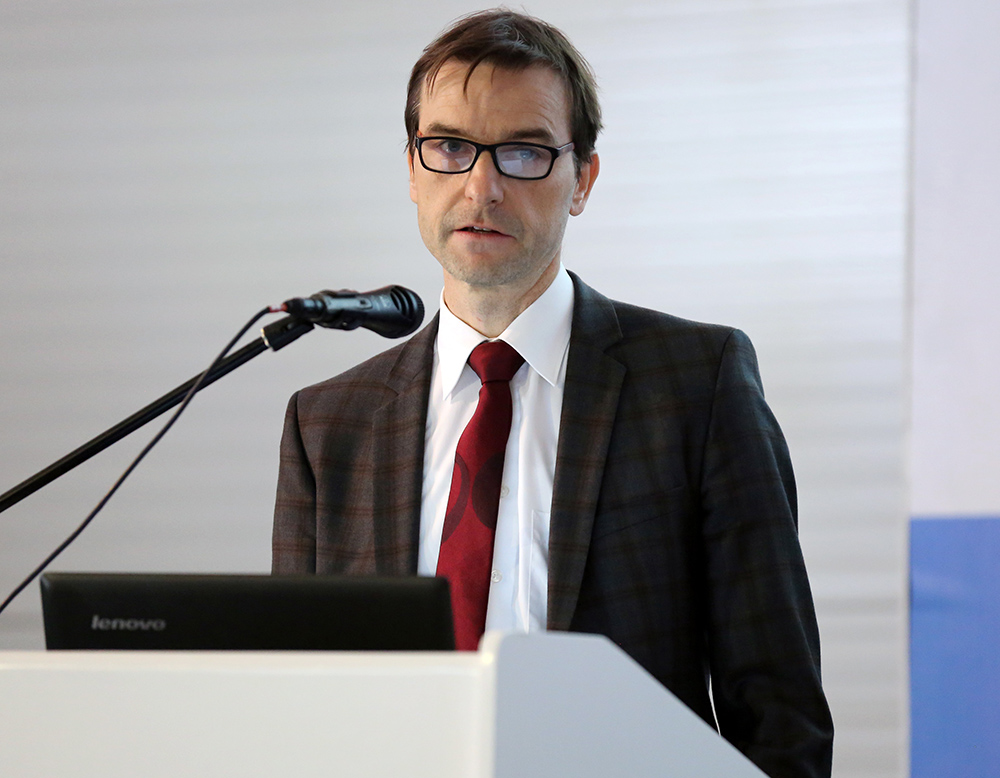
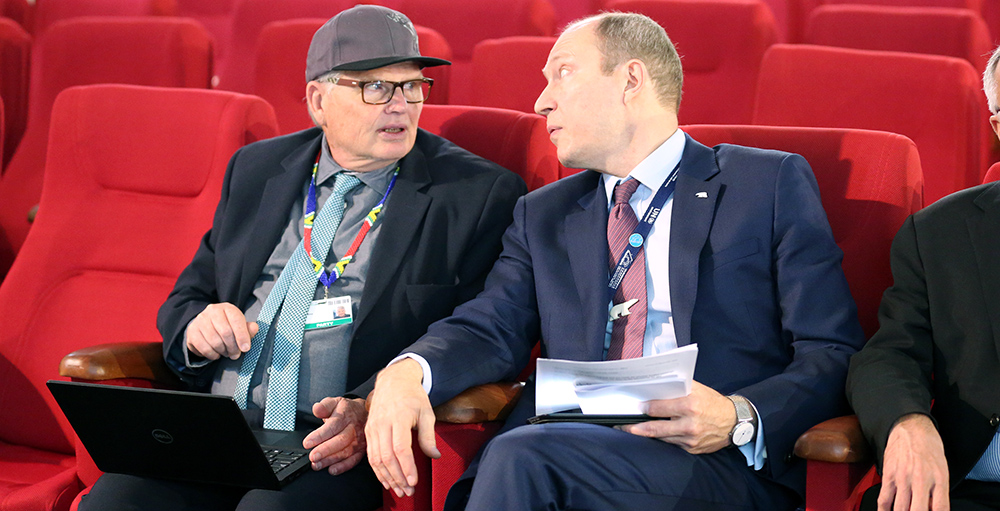
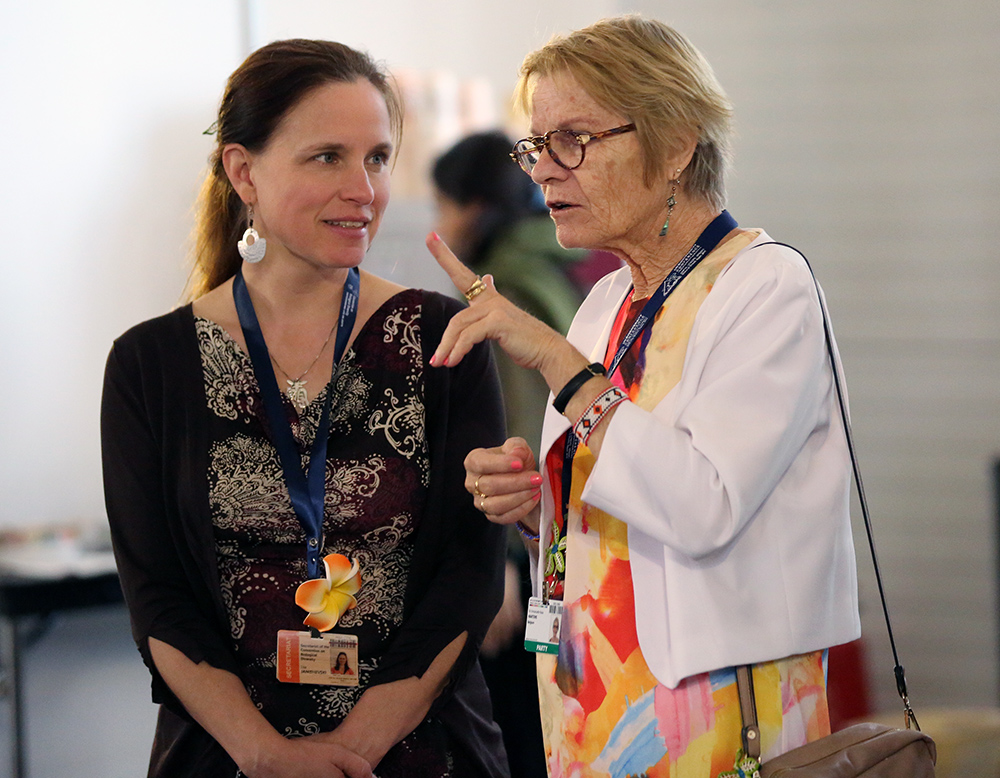
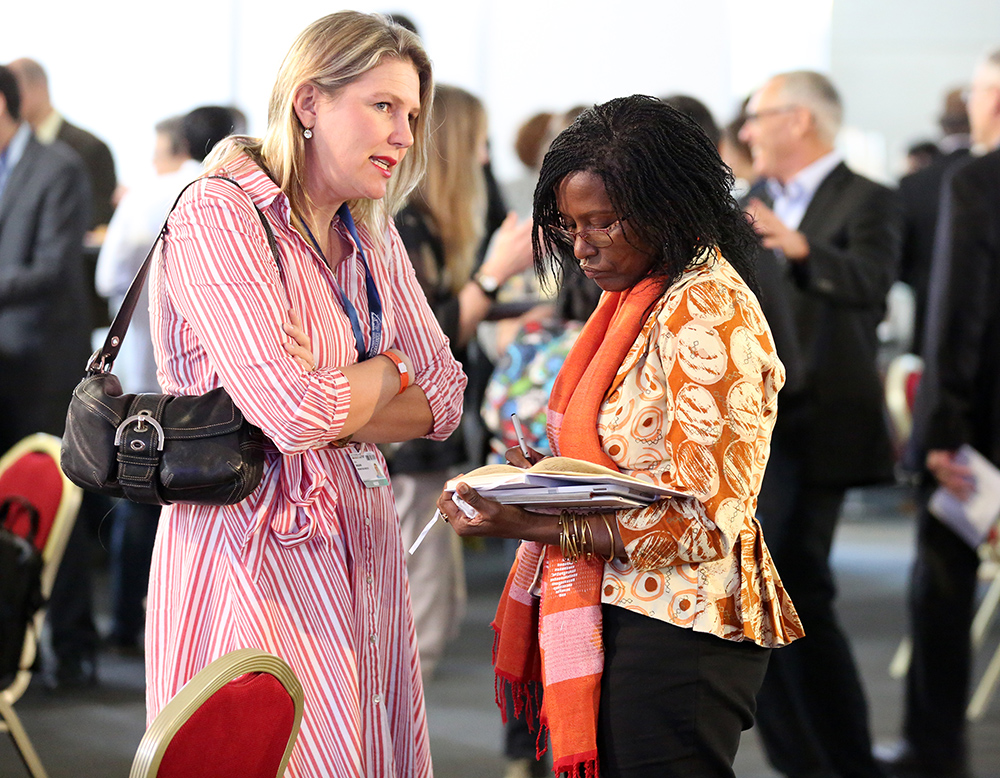
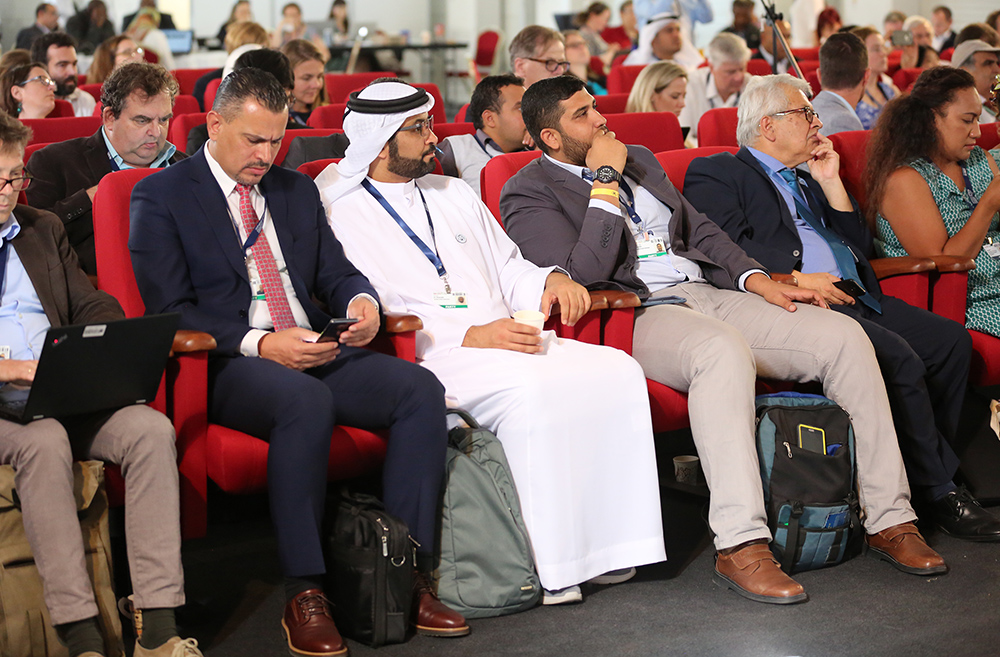
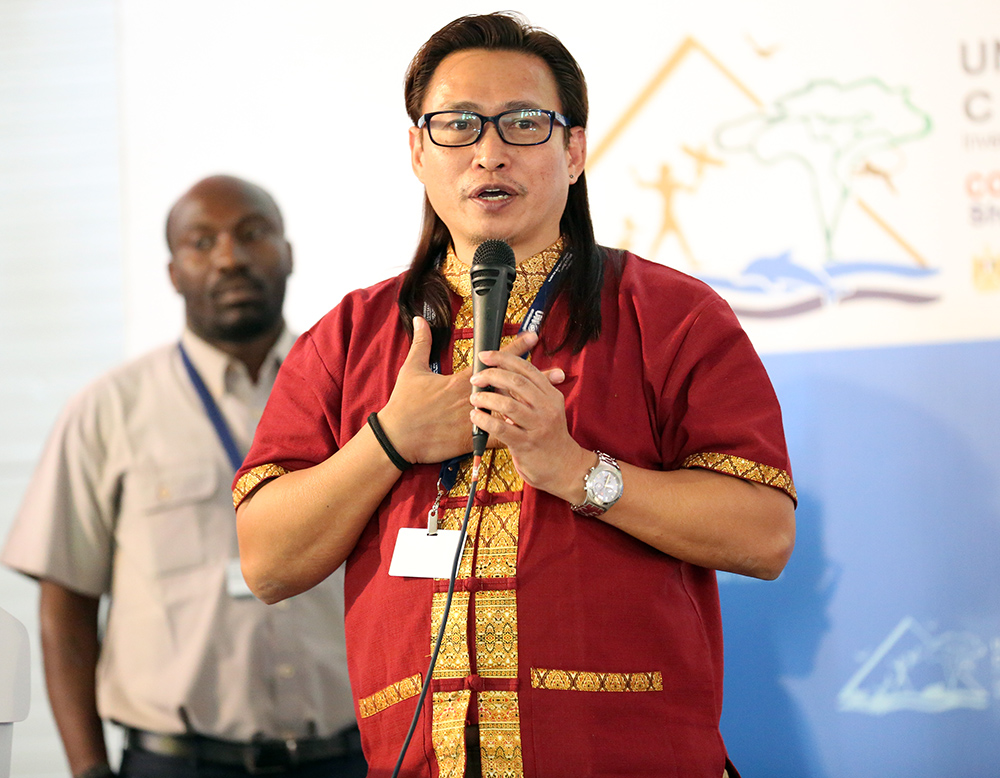

Highlights for Wednesday, 21 November 2018
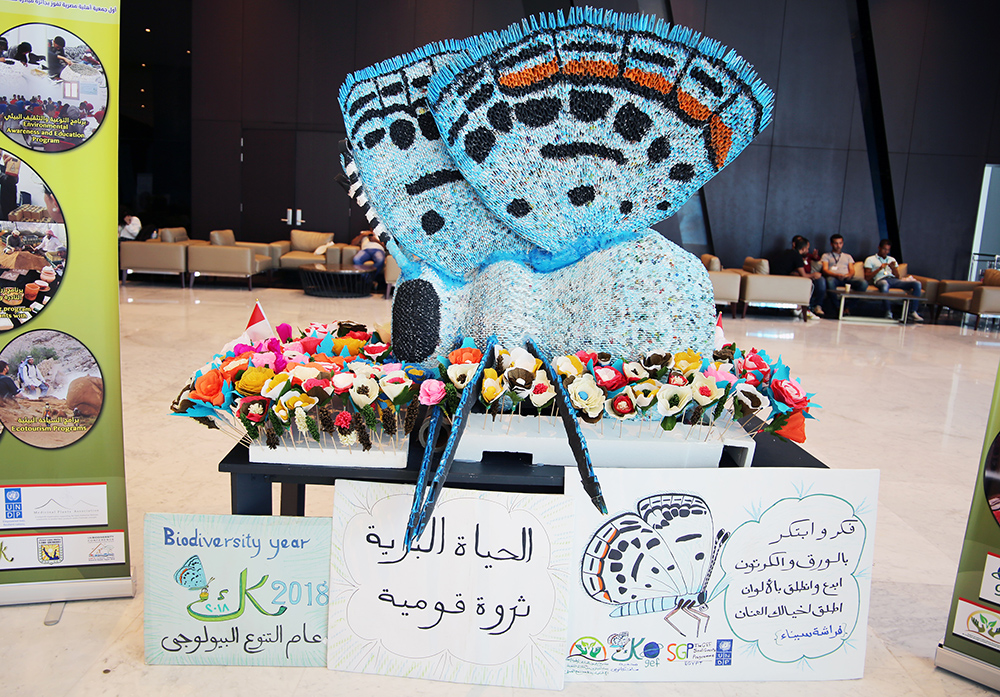
On the fifth day of the Rio Conventions Pavilion, participants convened in a series of panel and roundtable discussions under the overall theme of ‘Rethinking Biodiversity Governance for Transformative Change.’ The discussions focused on:
- Imagining how the transformative change agenda can support the achievement of the objectives of the three Rio Conventions, as well as other biodiversity-related multilateral agreements and the Sustainable Development Goals (SDGs);
- Exchanging good practices on improved biodiversity governance for transformative change;
- Exploring ways of improving biodiversity governance in the design and implementation of the Post-2020 Global Biodiversity Framework; and
- Enhance the contribution of non-state actors to the Post-2020 Global Biodiversity Framework.
The Day was co-organized by Institute for Sustainable Development and International Relations (IDDRI), Fridtjof Nansen Institute, Norway, Netherlands Environmental Assessment Agency (PBL), Strathclyde University, SwedBio - Stockholm Resilience Centre (SwedBio/SRC), UN Environment Programme World Conservation Monitoring Centre (UNEP-WCMC) and Agence Française pour la Biodiversité (AFB).
+ Visit the web coverage for Wednesday, 21 November 2018
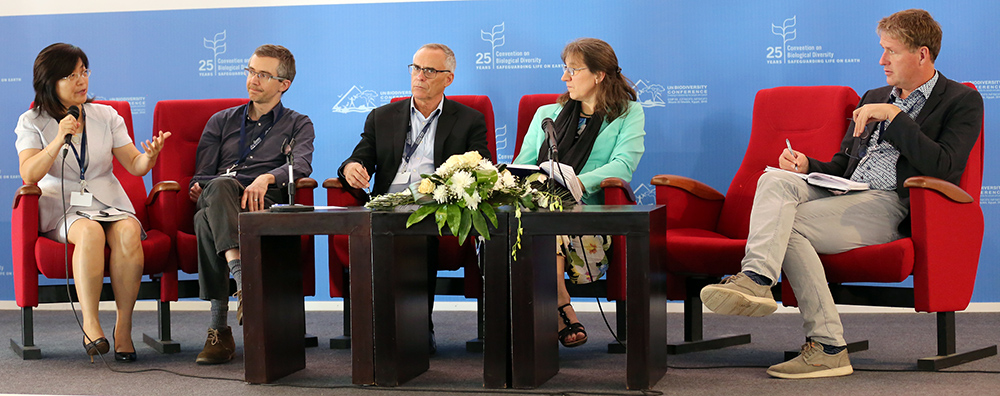
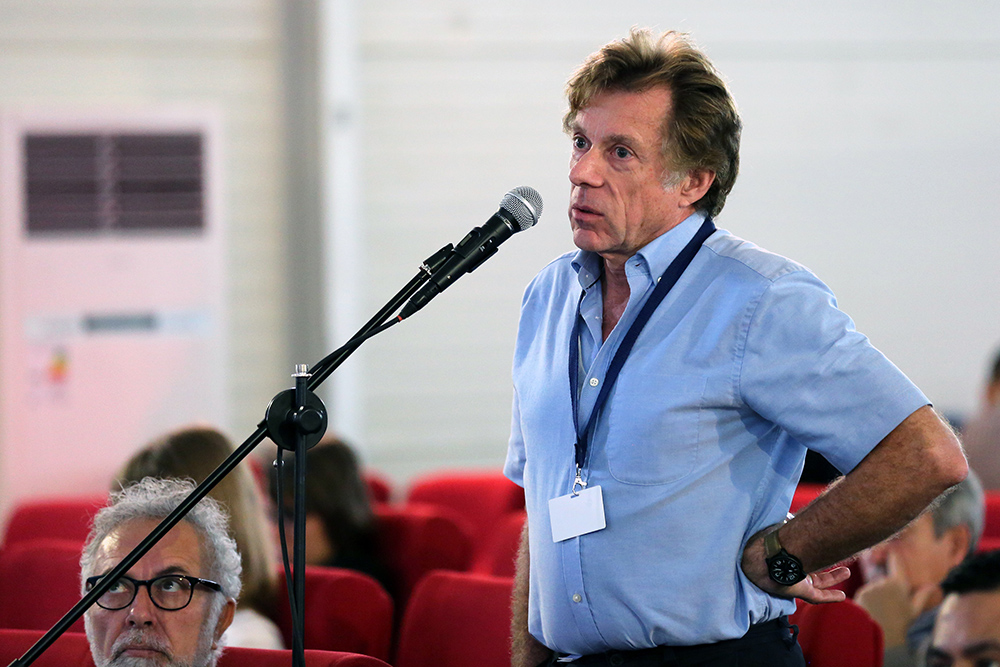
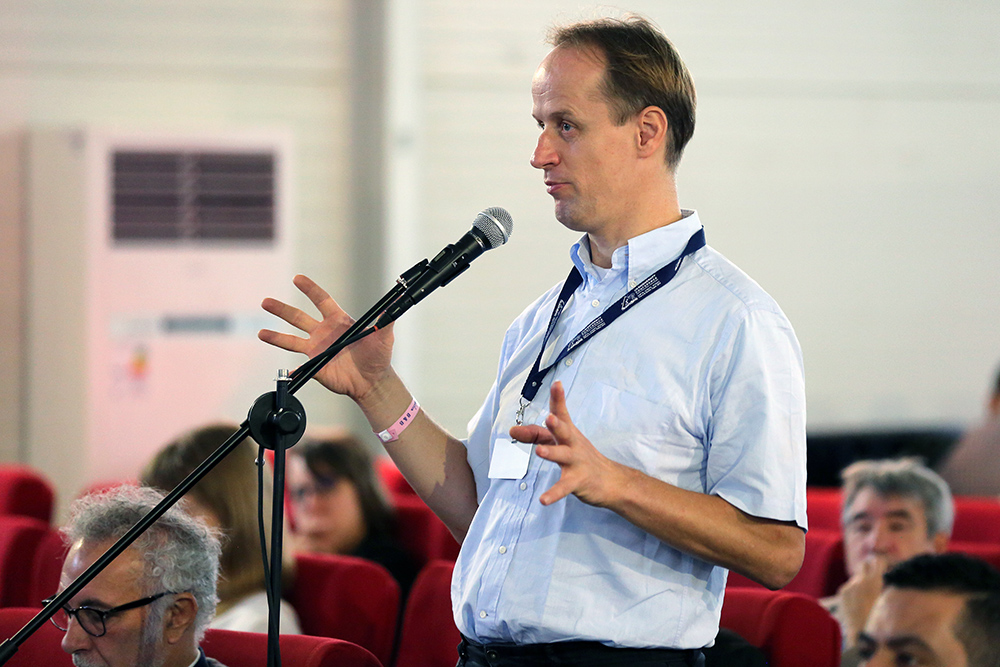
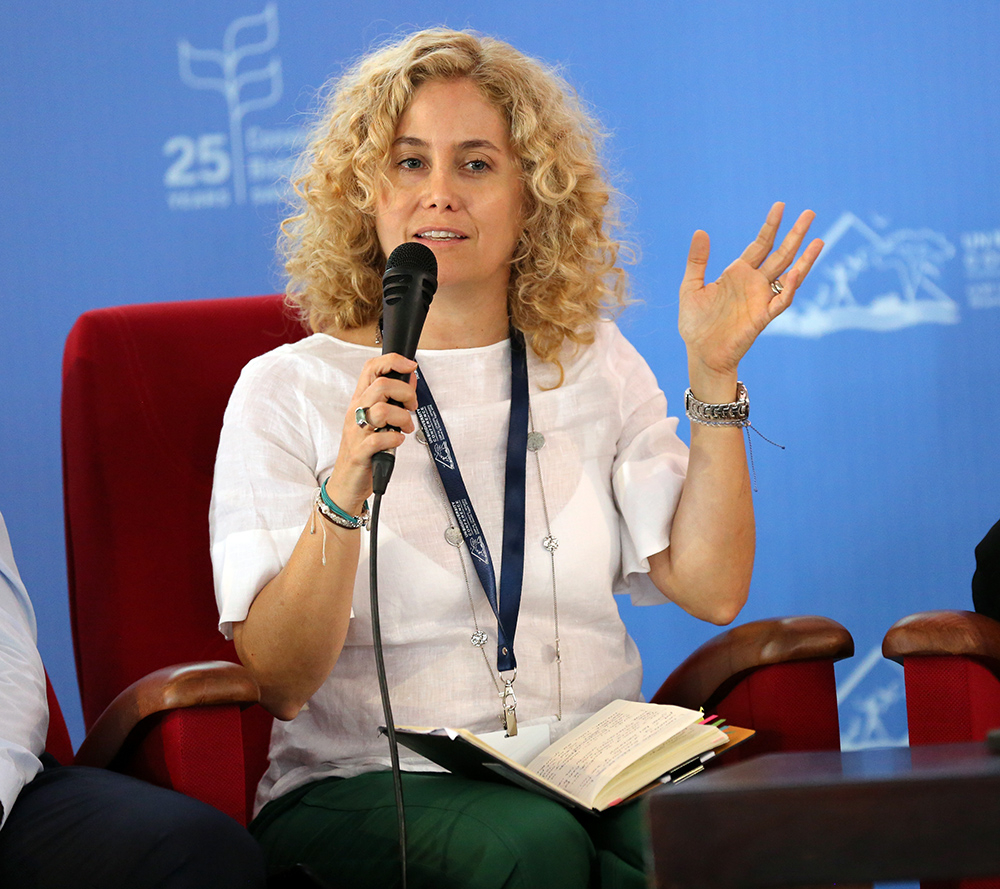
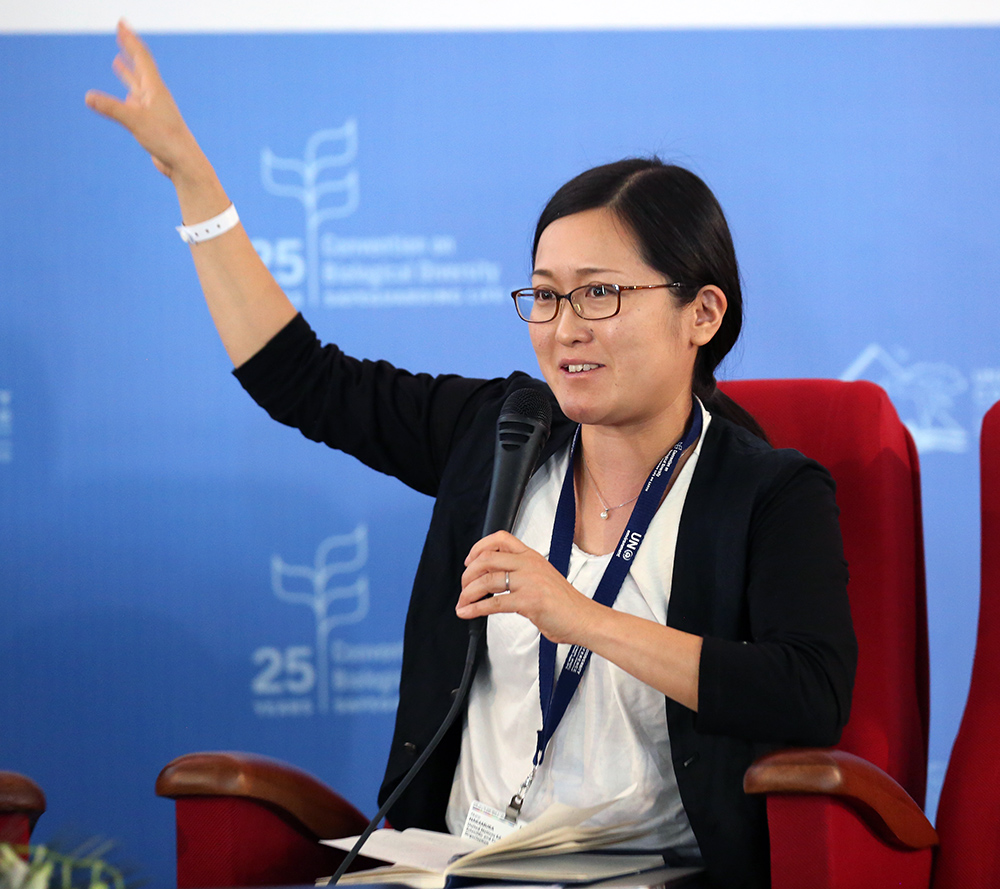

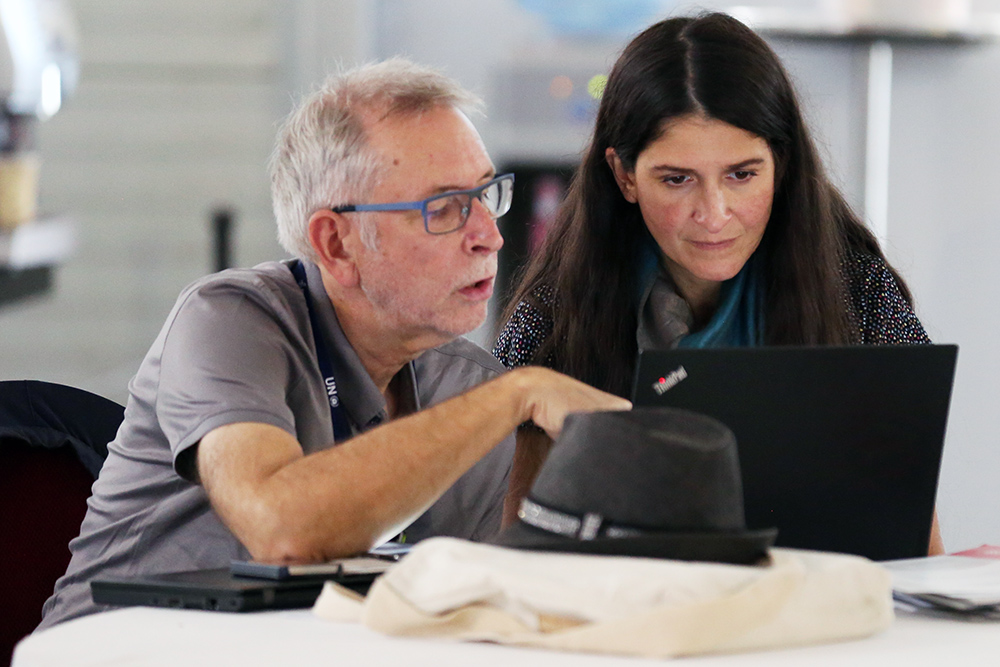
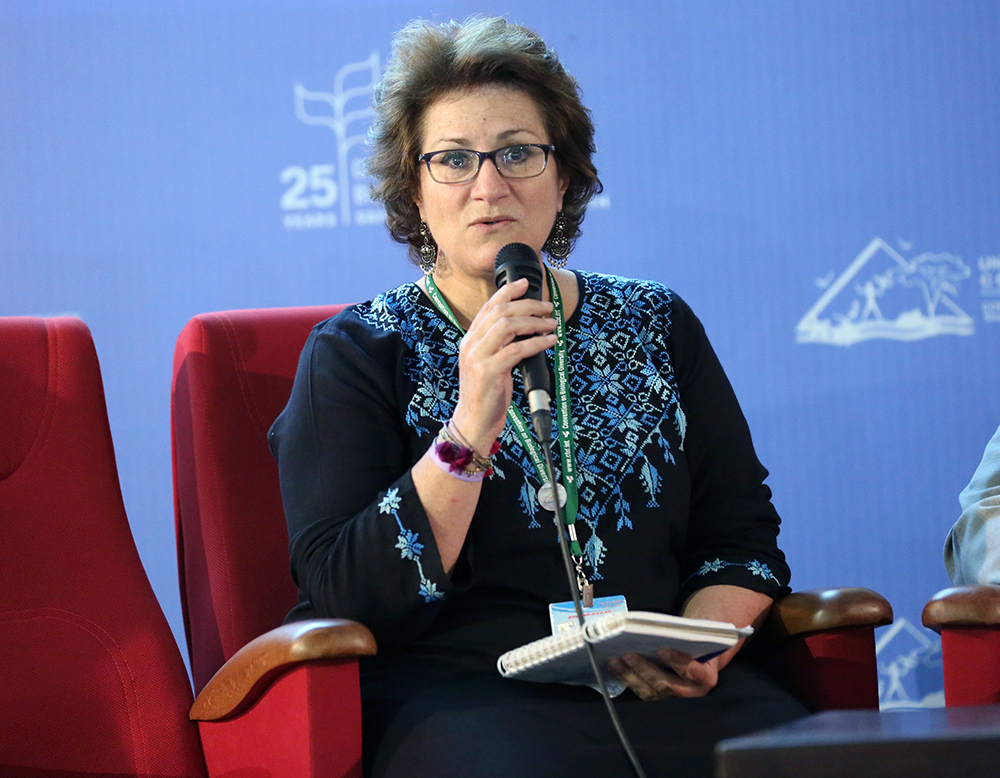
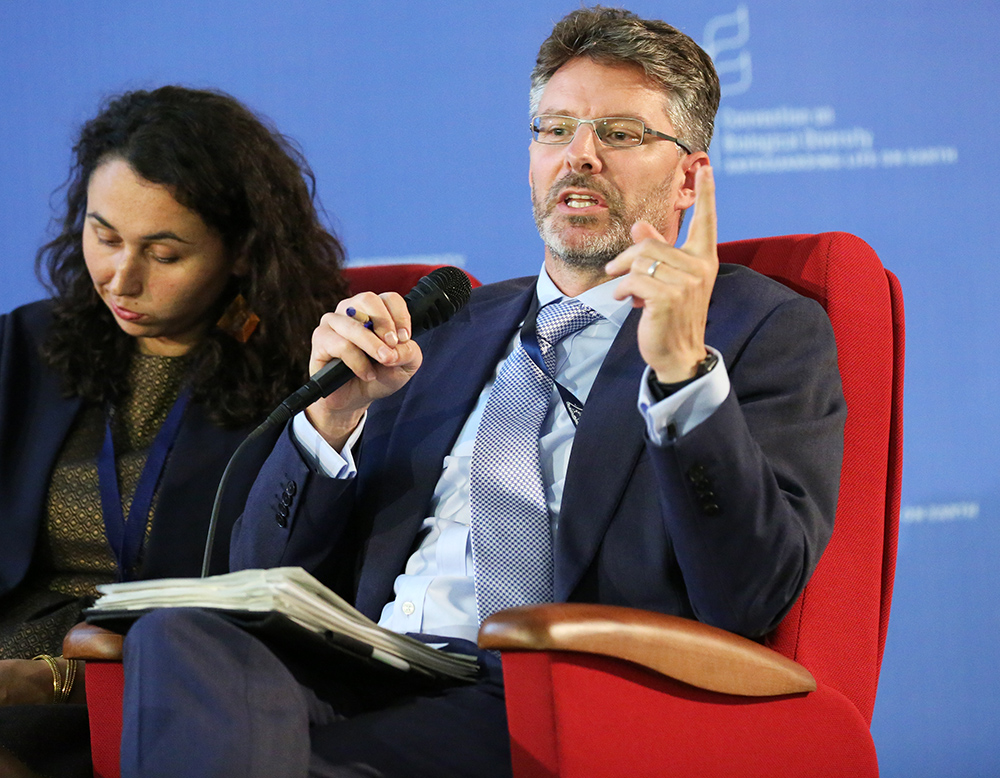
Highlights for Tuesday, 20 November 2018

Day 4 at the Rio Conventions Pavilion explored the formulation of “Nature Futures” scenarios, based on ongoing work by the Intergovernmental Science-Policy Platform on Biodiversity and Ecosystem Services (IPBES). Discussion built on the Day 3’s discussions on scenario planning for transformative change. The day included:
- An opening plenary introducing the role of scenario building approaches in informing policies and targets for the Post-2020 Strategy for Biodiversity;
- Three rounds of 100-minute participatory visioning exercises to explore perspectives from diverse stakeholders on key drivers, and policy options for three broad ecosystem types: oceans, rural and urban; and
- A closing panel reflecting on the results of the interactive exercises and their linkages with ongoing international processes of the Rio Conventions and the Sustainable Development Goals (SDGs).
The Day was co-organized by IPBES, the Netherlands Environmental Assessment Agency (PBL), the German Centre for Integrative Biodiversity Research (iDiv), the National Institute of Water and Atmospheric Research, New Zealand (NIWA), the Commonwealth Scientific and Industrial Research Organisation, Australia (CSIRO), and Wageningen University and Research, the Netherlands (WUR).
+ Visit the web coverage for Tuesday, 20 November 2018
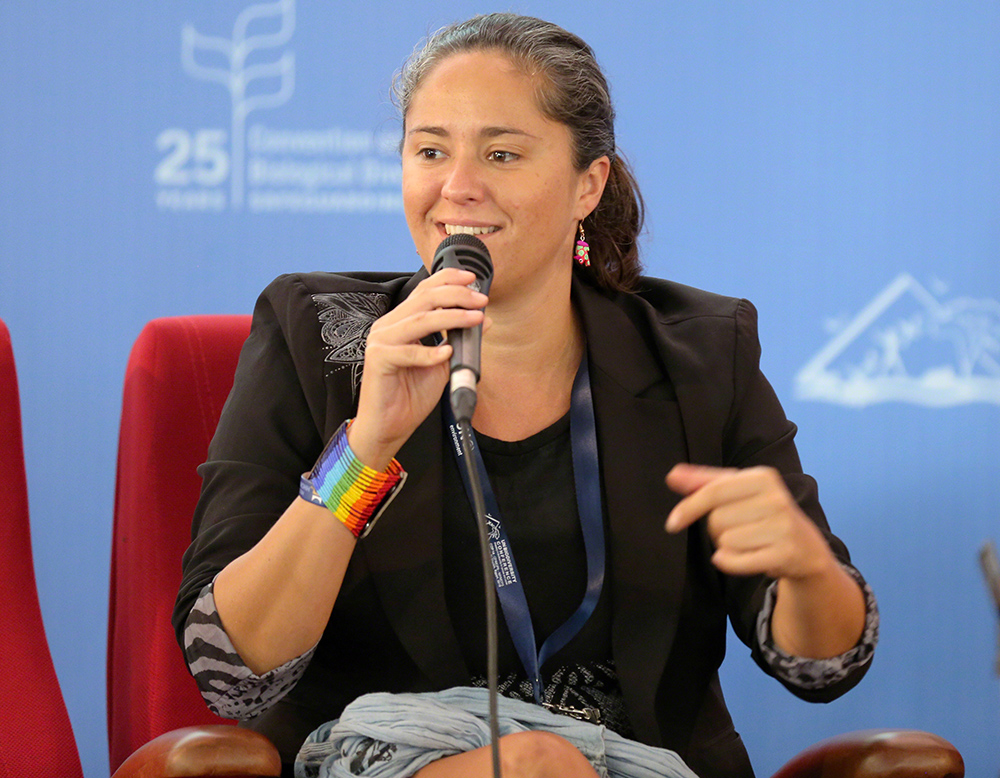
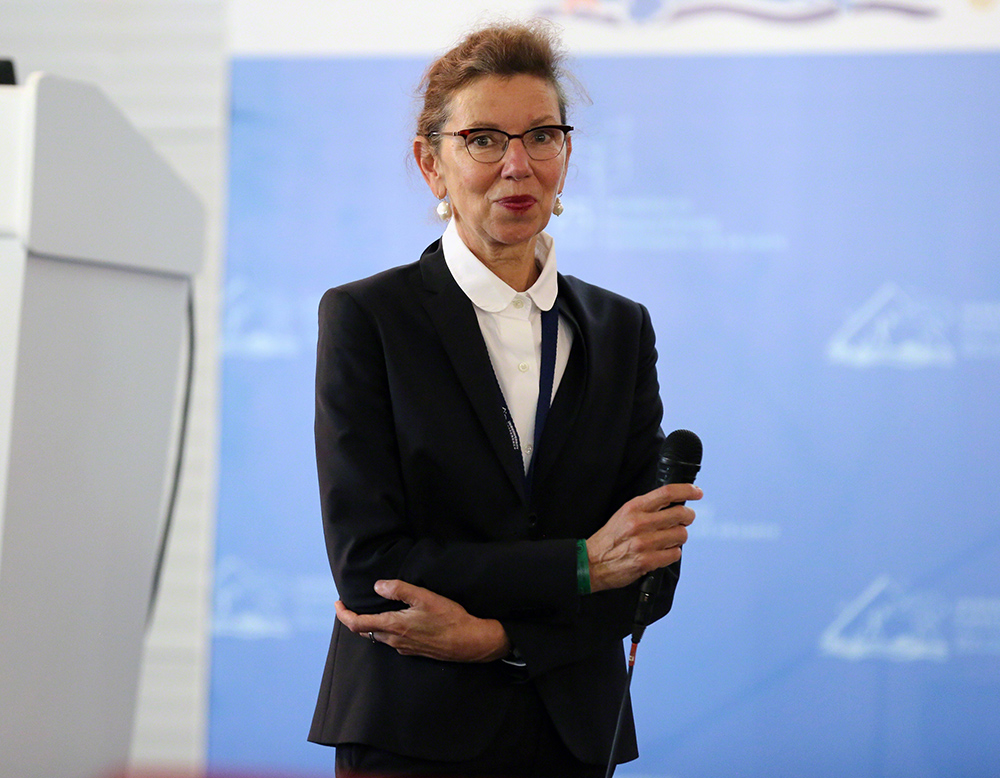



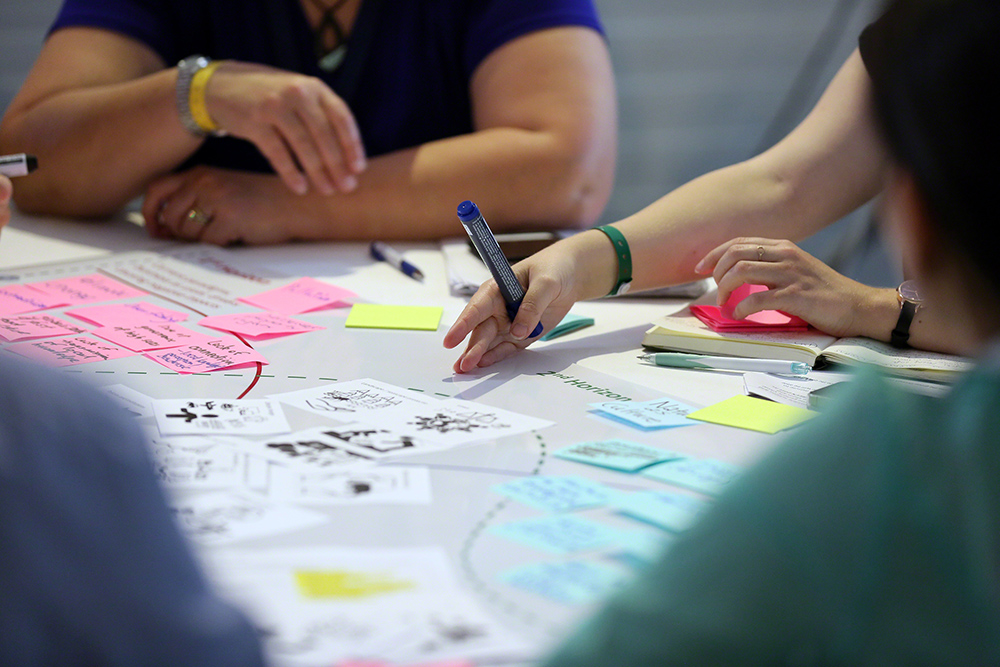

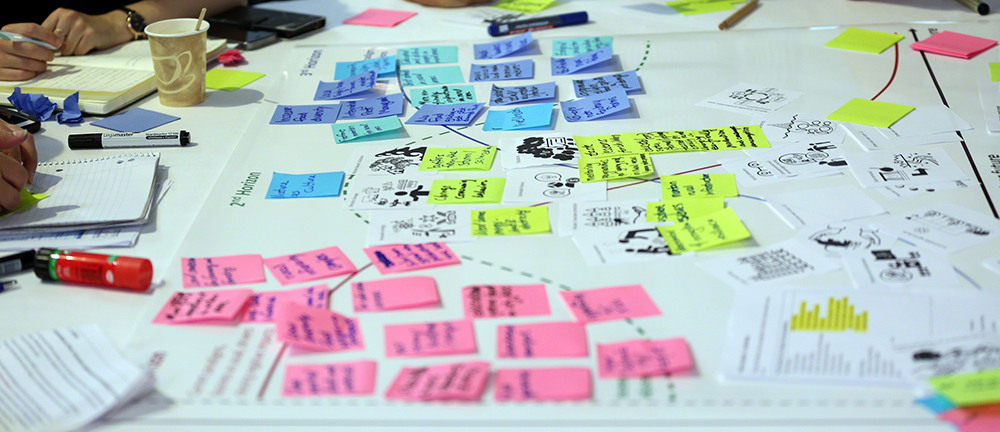
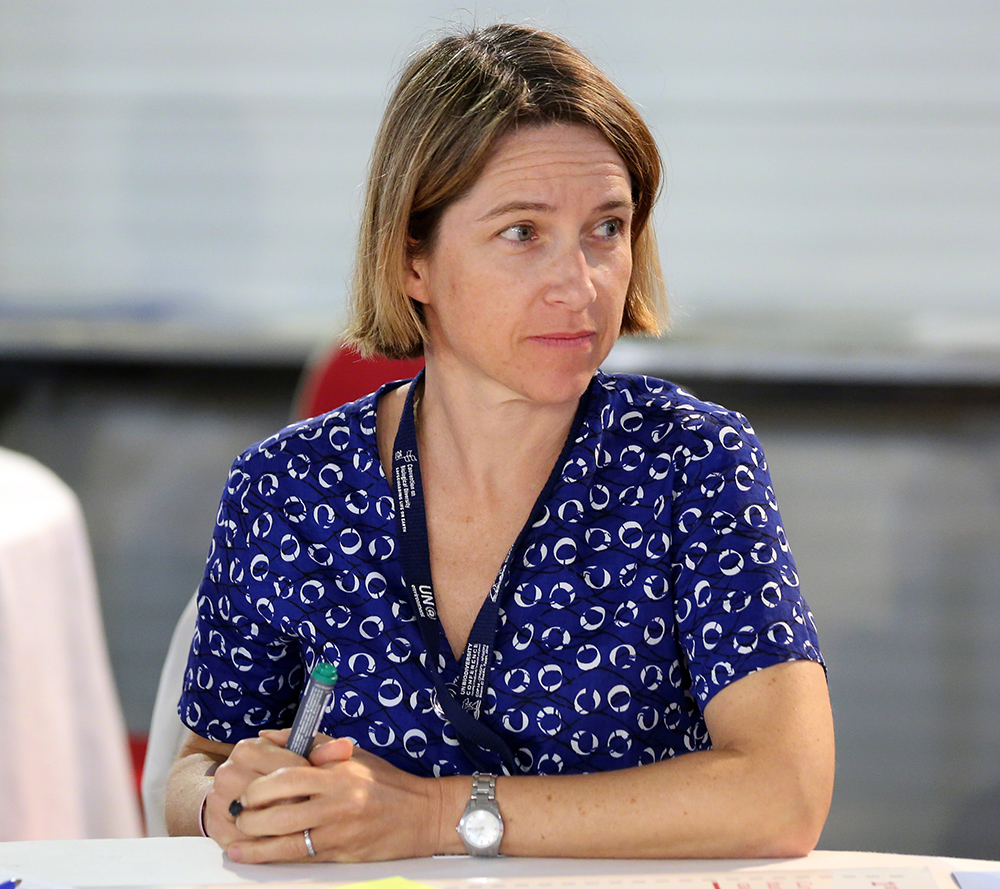
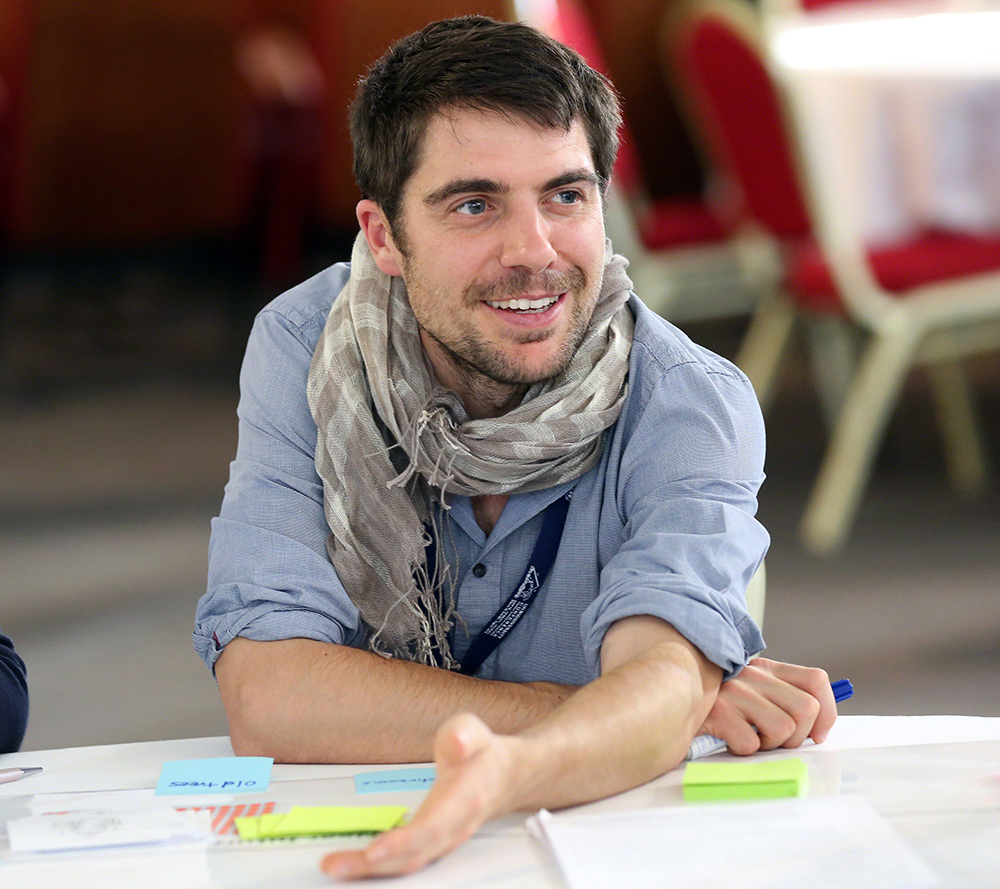
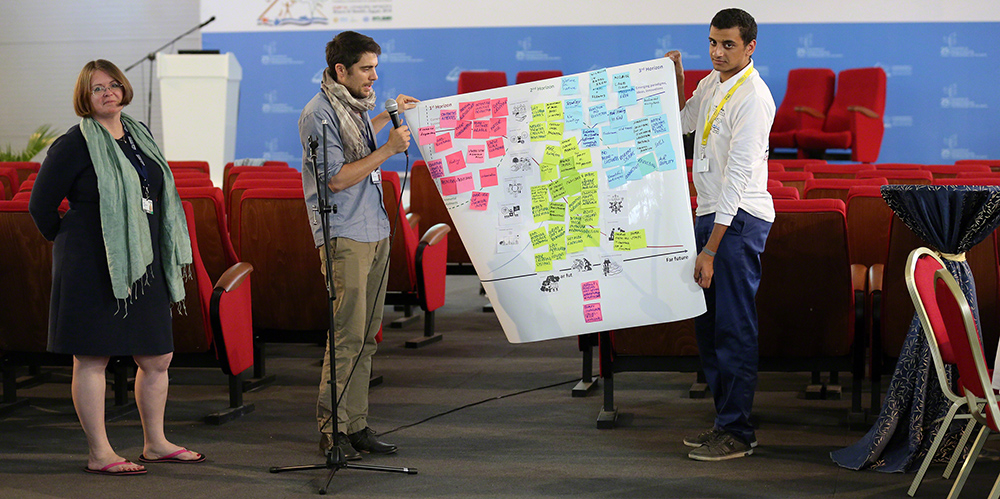
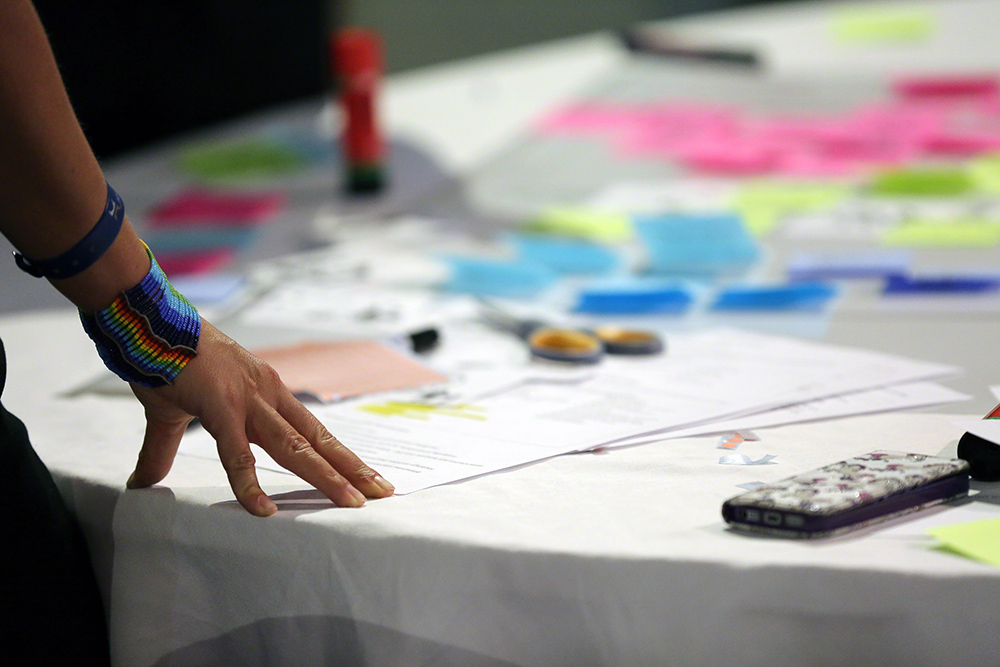
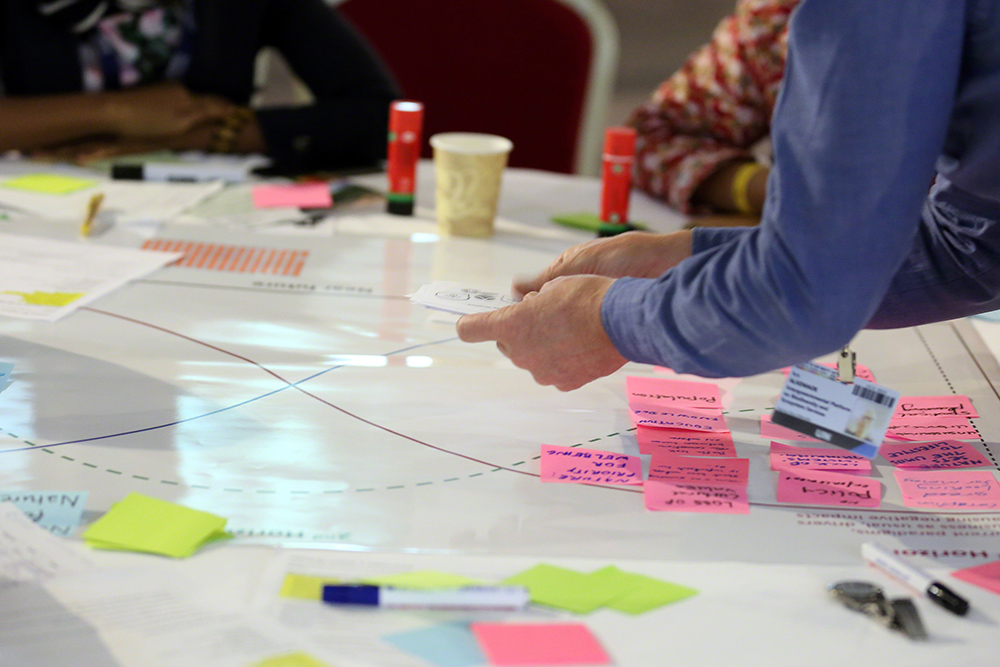
Highlights for Monday, 19 November 2018

Day 3 at the Rio Conventions Pavilion focused on the theme of scenario planning for transformative change for biodiversity outcomes.
Sessions in the morning reflected on insights from ongoing future modelling exercises that look at the implications of climate change scenarios for biodiversity, as well as scenarios for “bending the curve” of biodiversity trends.
In the afternoon, participants debated the relevance of these analyses for operationalizing the 2050 vision, with a closing panel focusing on the CBD post-2020 global biodiversity framework.
Specific topics covered included:
- An overview of scenario exercises that are currently underway that could support the achievement of the objectives of the Convention on Biological Diversity (CBD), UN Framework Convention on Climate Change (UNFCCC) and the UN Convention to Combat Desertification (UNCCD);
- Lessons from harmonized modeling exercises aiming to project magnitudes and spatial distribution of biodiversity and ecosystem services loss or gain under a range of climate and land-use future scenarios;
- The contribution of sectoral scenarios in the broader mainstreaming agenda and ensuring relevance for biodiversity policies; and
- The contribution of the Intergovernmental Science-Policy Platform on Biodiversity and Ecosystem Services (IPBES) Nature’s Futures scenario in integrating targets for human development and nature.
The event was co-organized by the Netherlands Environmental Assessment Agency (PBL), the International Institute for Applied Systems Analysis (IIASA), the Dutch Research Institute for Transitions (DRIFT), the Commonwealth Scientific and Industrial Research Organisation (CSIRO), the National Institute of Water and Atmospheric Research (NIWA) and Université Paris-Sud.
+ Visit the web coverage for Monday, 19 November 2018
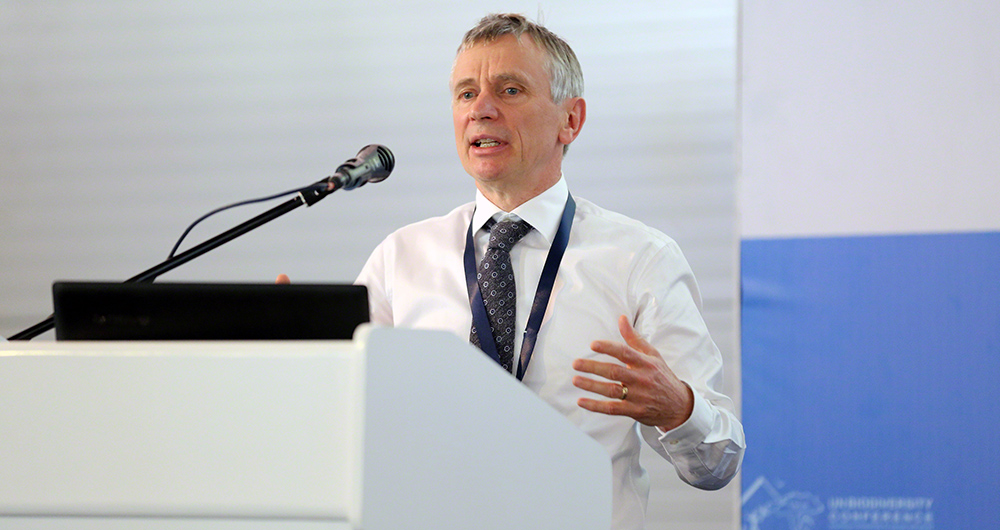
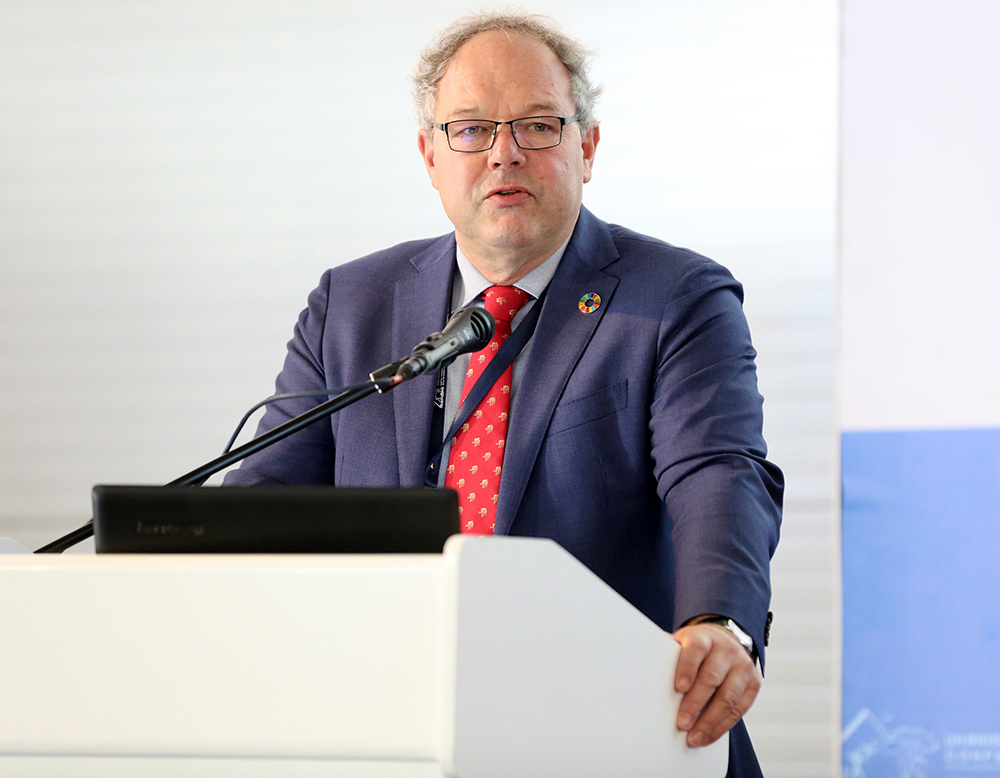
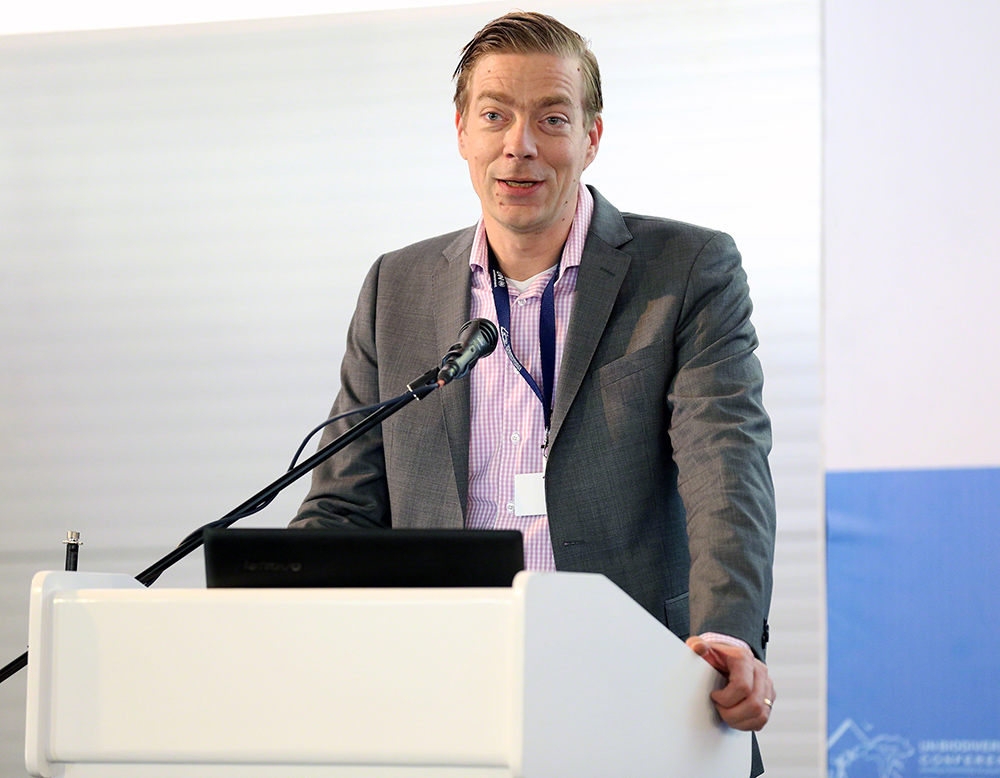
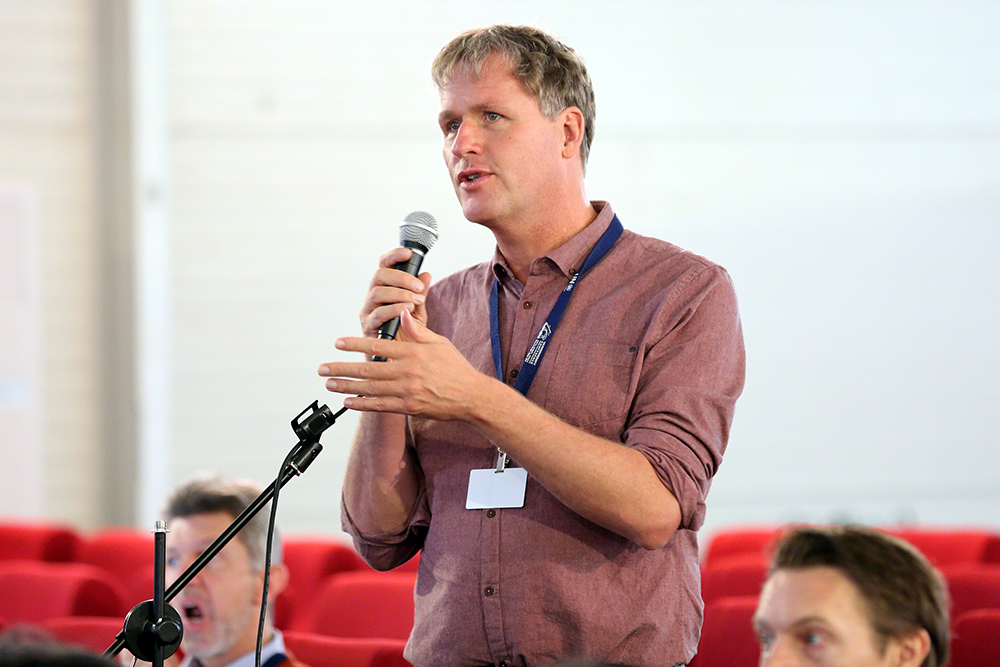
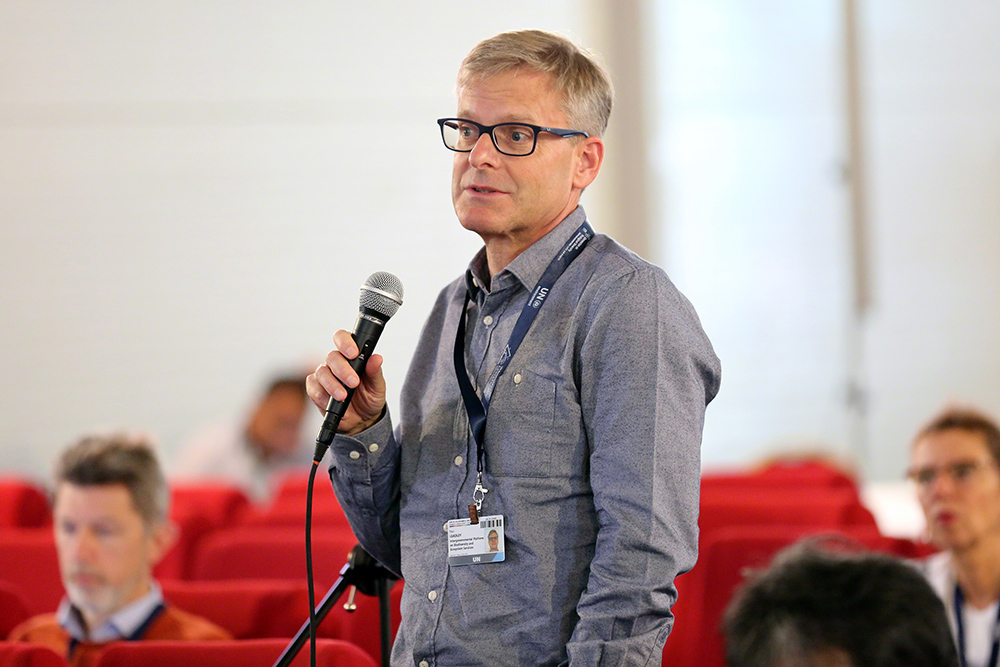
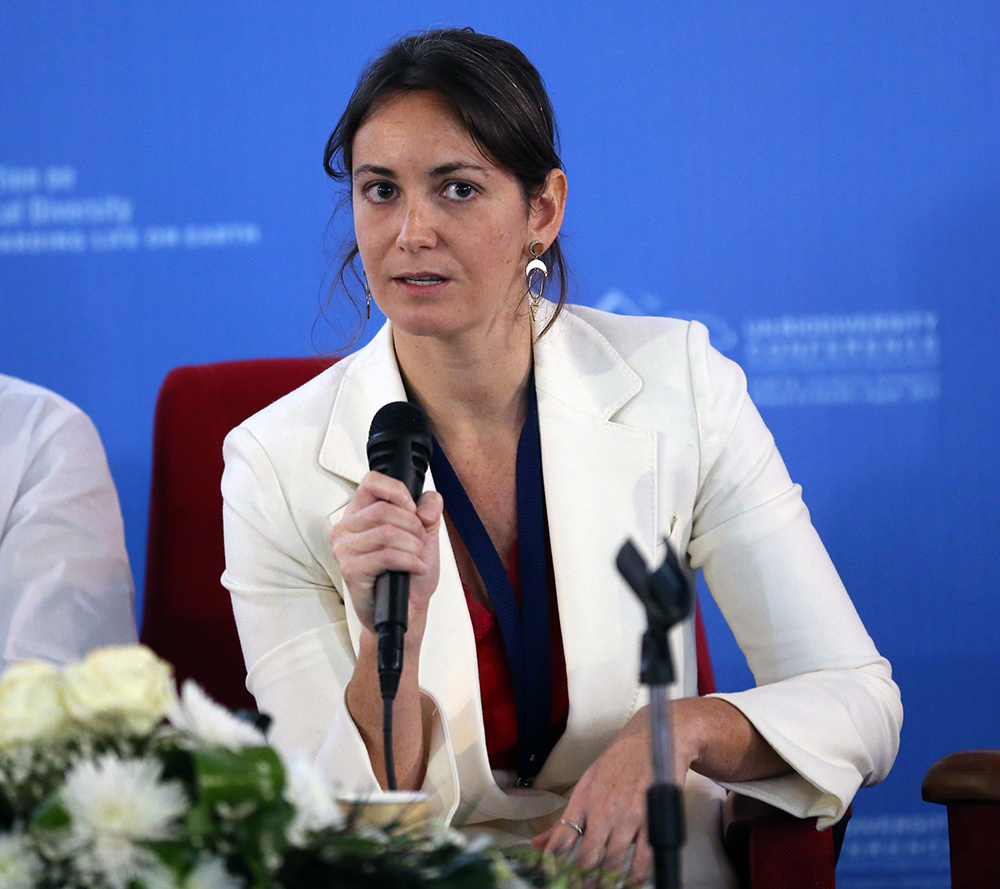
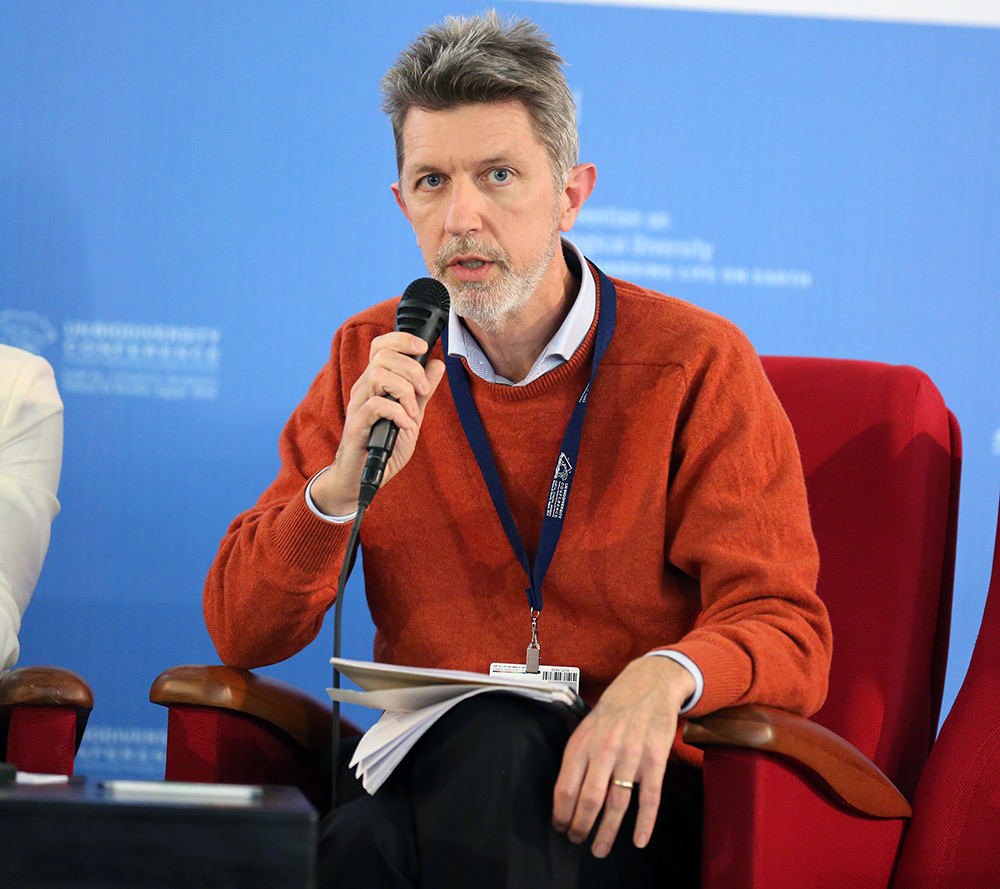
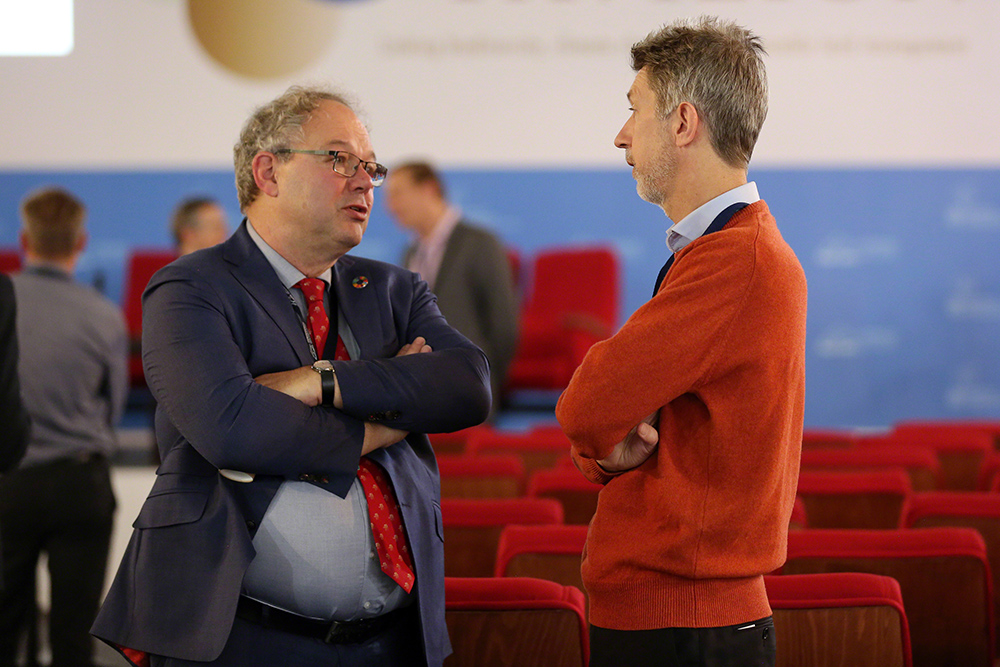
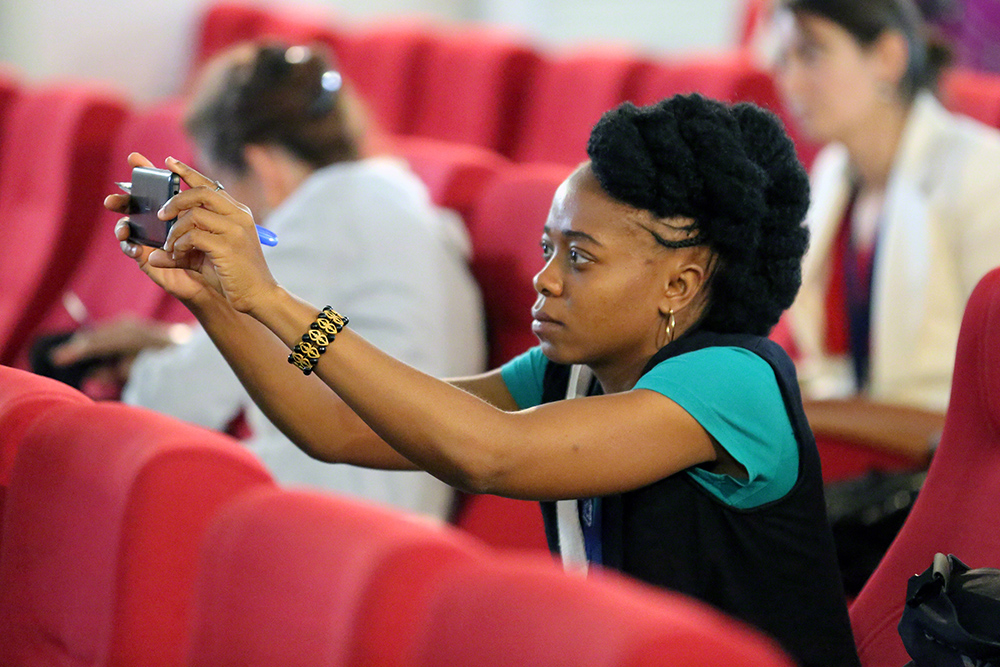
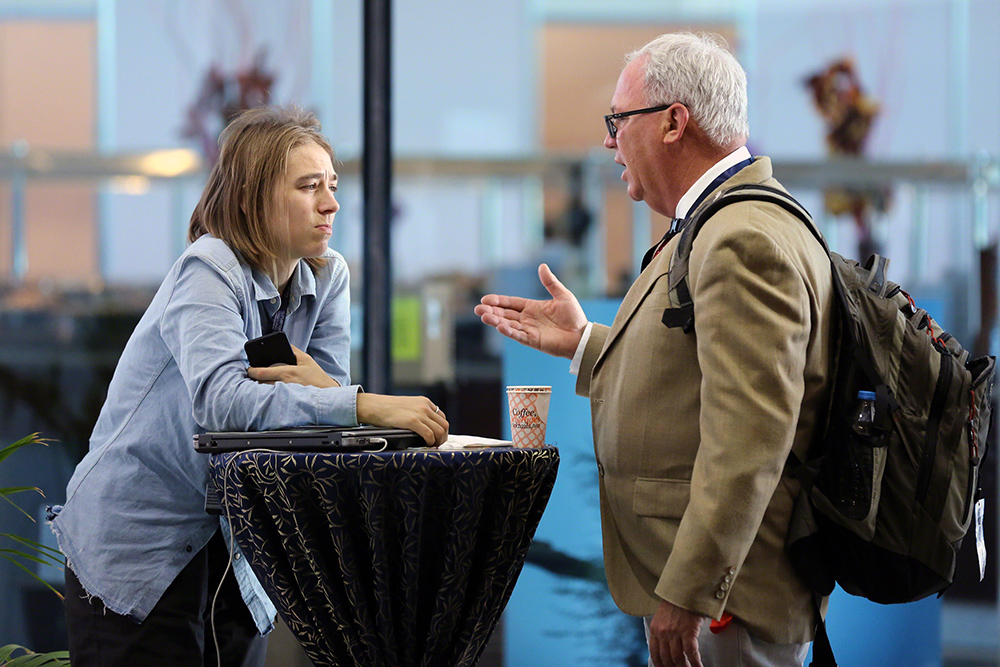
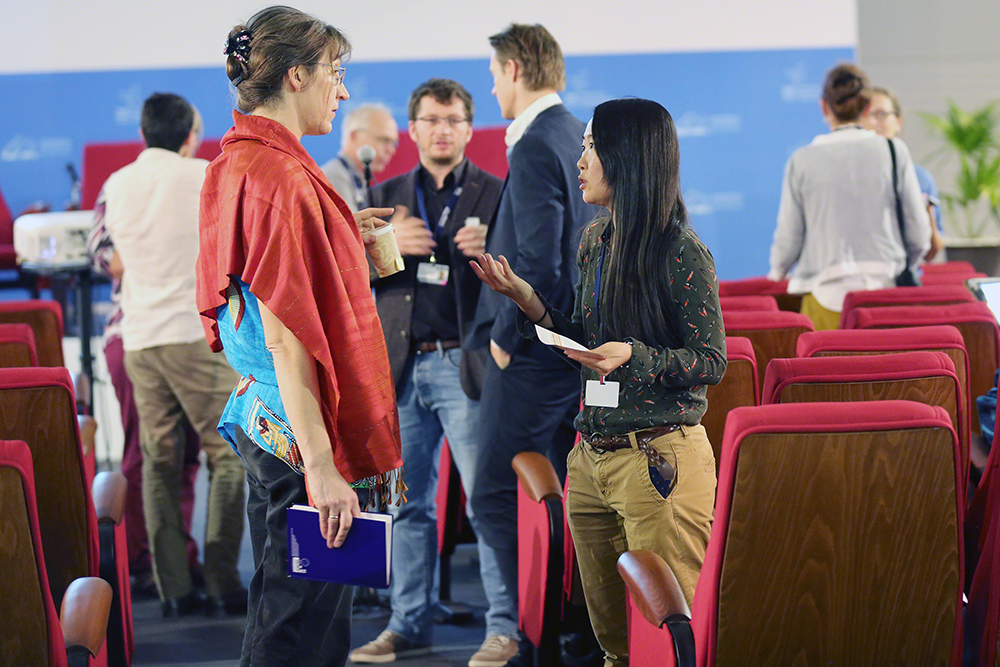
Highlights for Sunday, 18 November 2018

The second day of the Rio Conventions Pavilion (RCP), organized by the World Wildlife Fund (WWF) Regional Office for Africa and partners involved in the Africa Ecological Futures (AEF) project, focused on the future of sustainability in Africa. It included the launch of the AEF initiative on the conservation of nature, biodiversity and Africa’s important natural assets, and mainstreaming AEF thinking into various sector policies like conservation, food, forest and infrastructure.
Five panel discussion sessions took place throughout the day on the following themes:
- Key findings from the Intergovernmental Science-Policy Platform on Biodiversity and Ecosystem Services (IPBES) Regional Assessment of Biodiversity and Ecosystem Services for Africa, and the IPBES Thematic Assessment on Land Degradation and Restoration;
- The role of Protected Areas to secure Africa’s rich biodiversity;
- The potential of Forest Landscape Restoration in Africa;
- Urban development – challenges and risks to nature;
- The future of biodiversity, with a focus on youth perspectives.
The day closed with a reception co-organized by the International Union for the Conservation of Nature (IUCN) and the UN Development Programme (UNDP) to celebrate the launch of The Pathfinder Award for innovation in nature conservation, which recognizes innovative solutions for ensuring investment in protected and conserved areas.
+ Visit the web coverage for Sunday, 18 November 2018
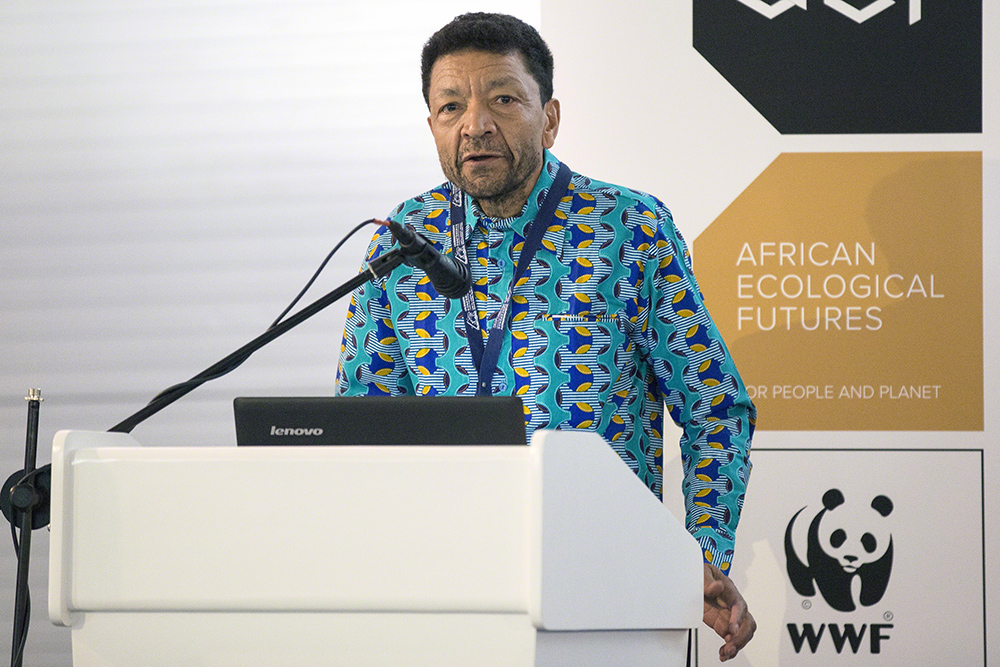
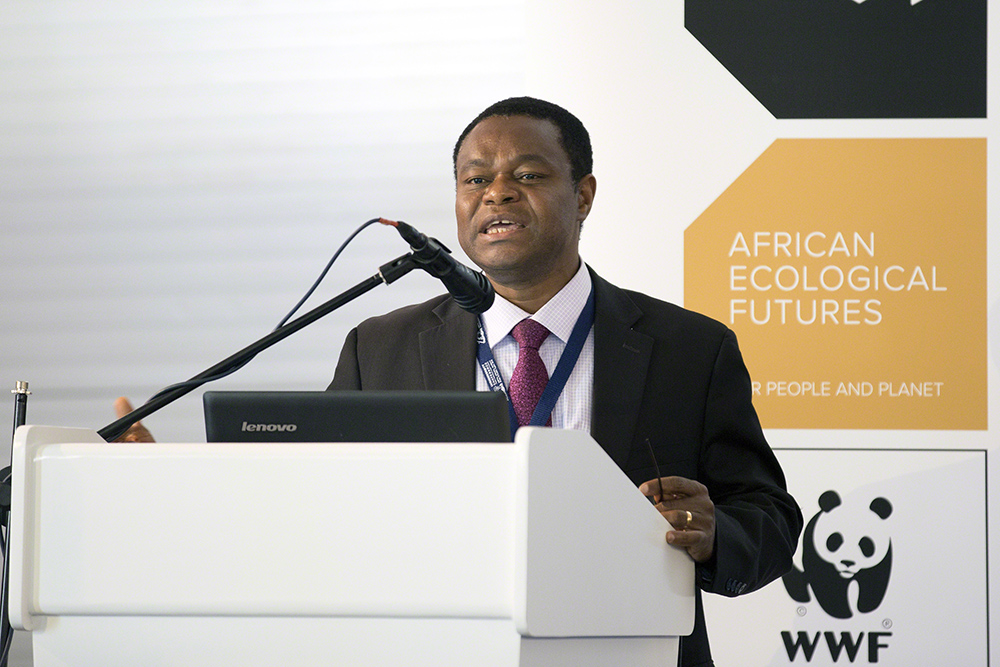
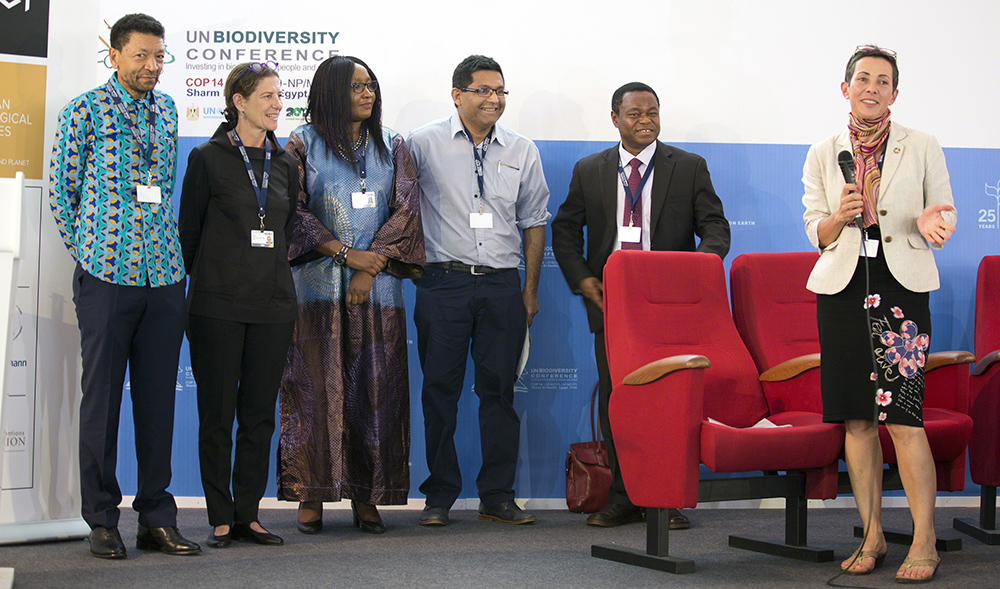
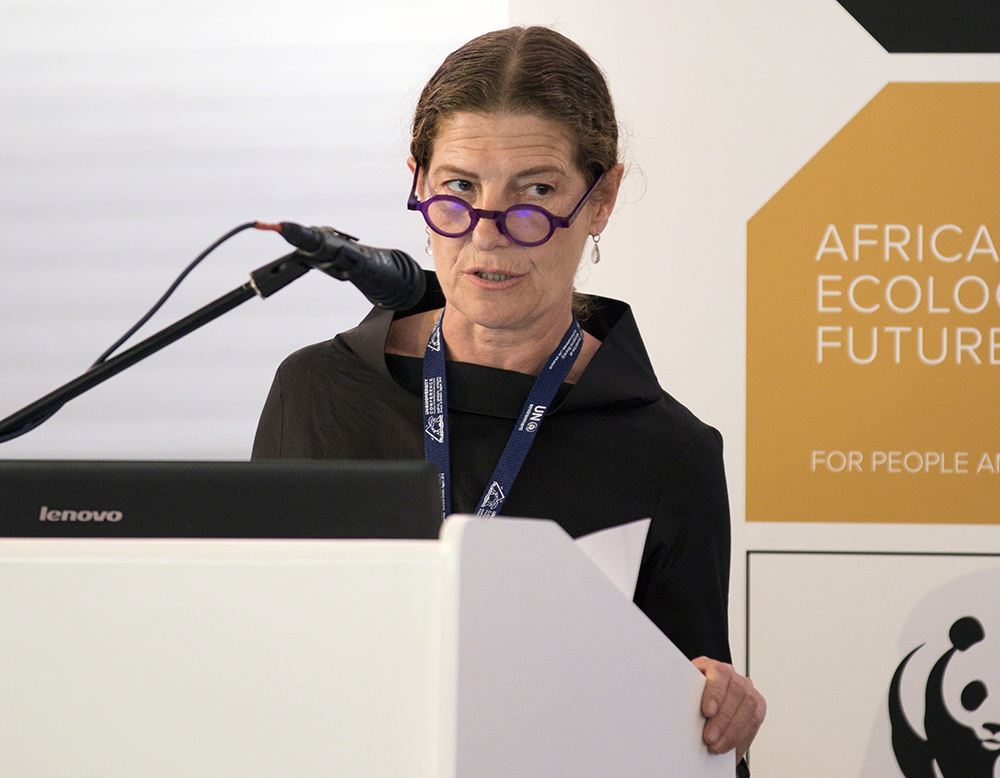
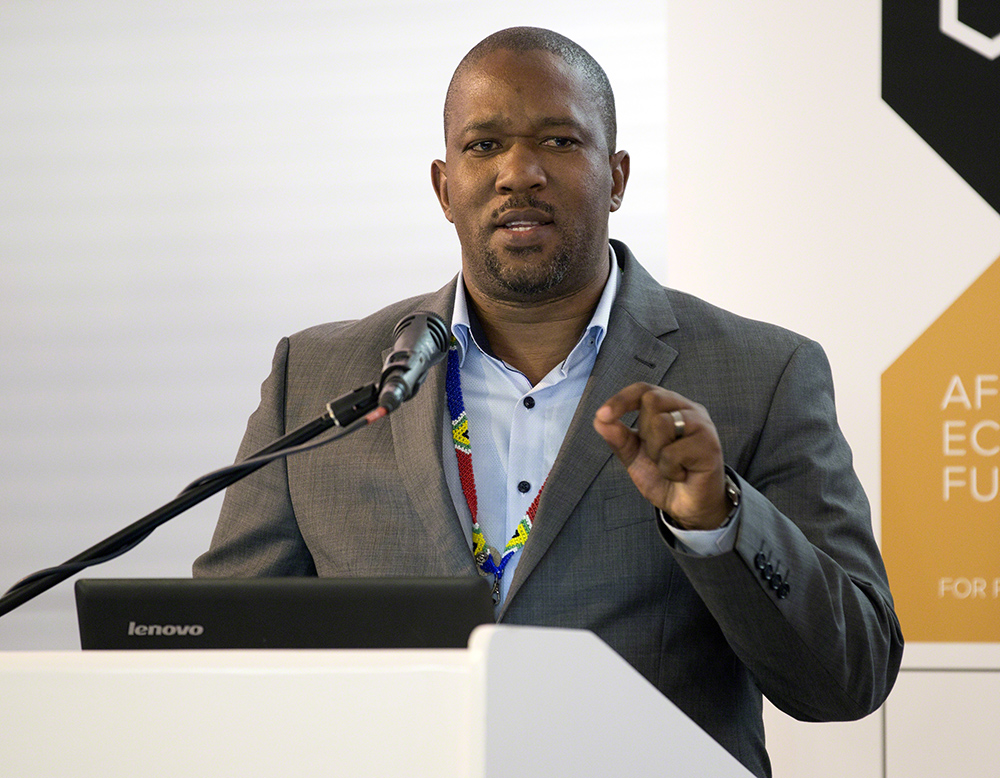
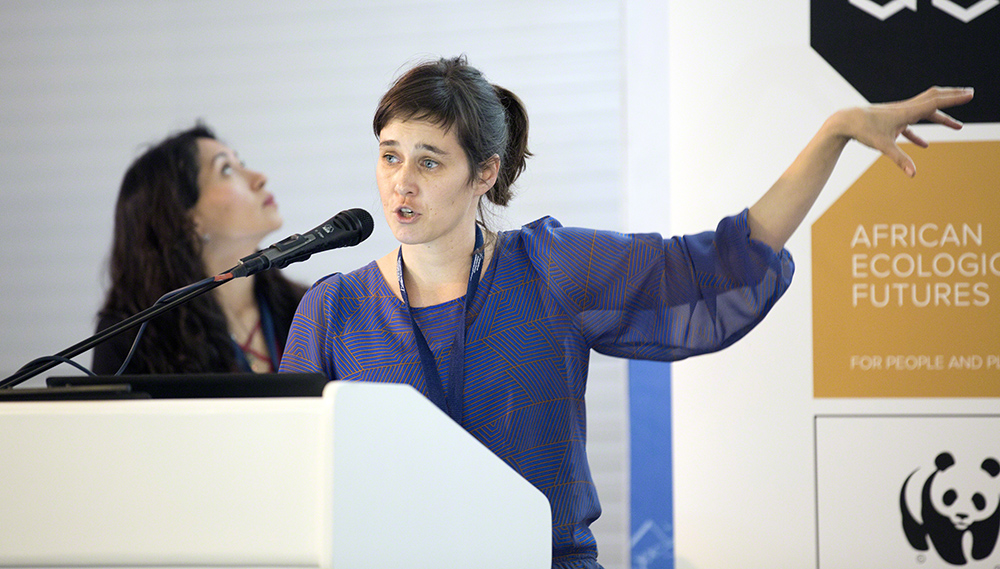
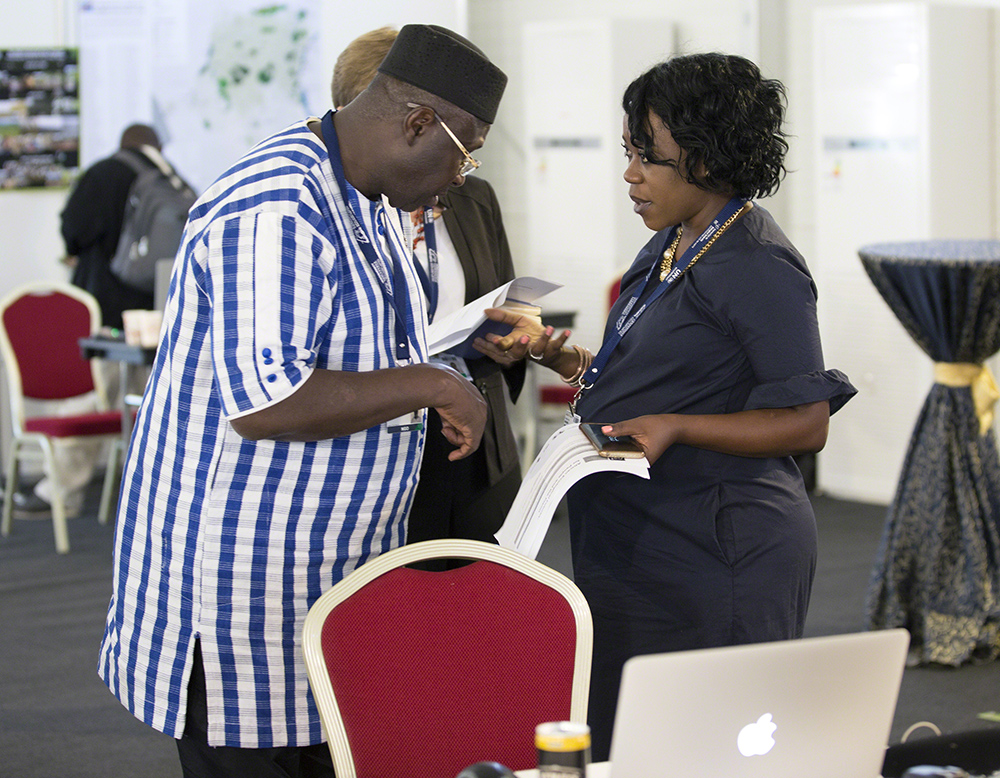

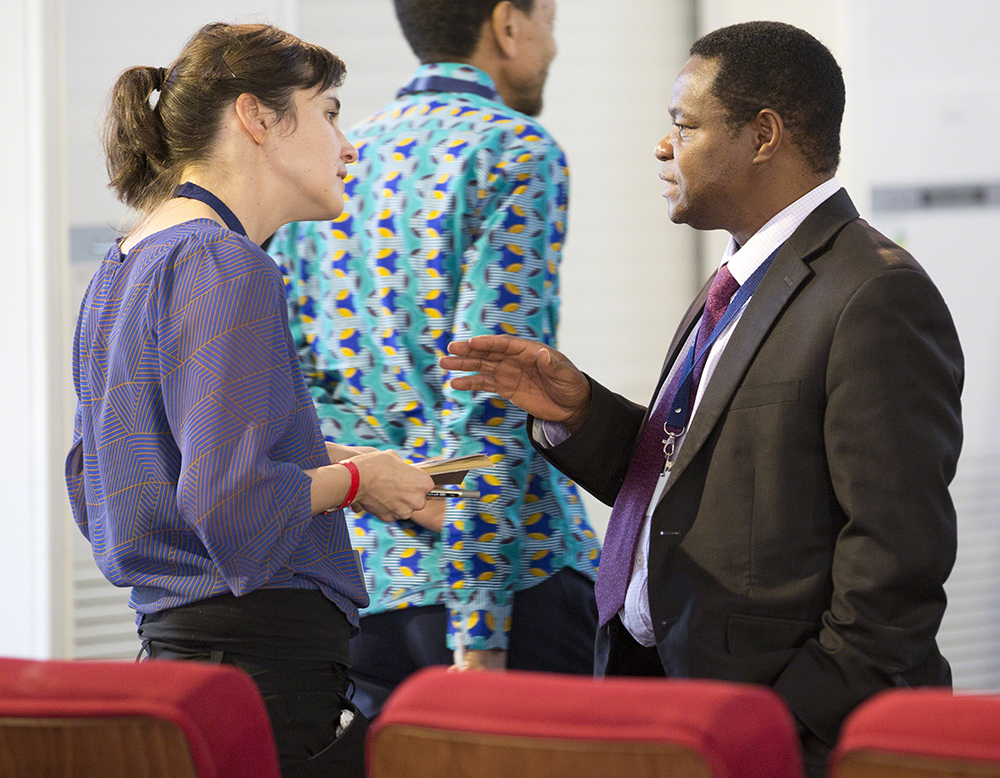
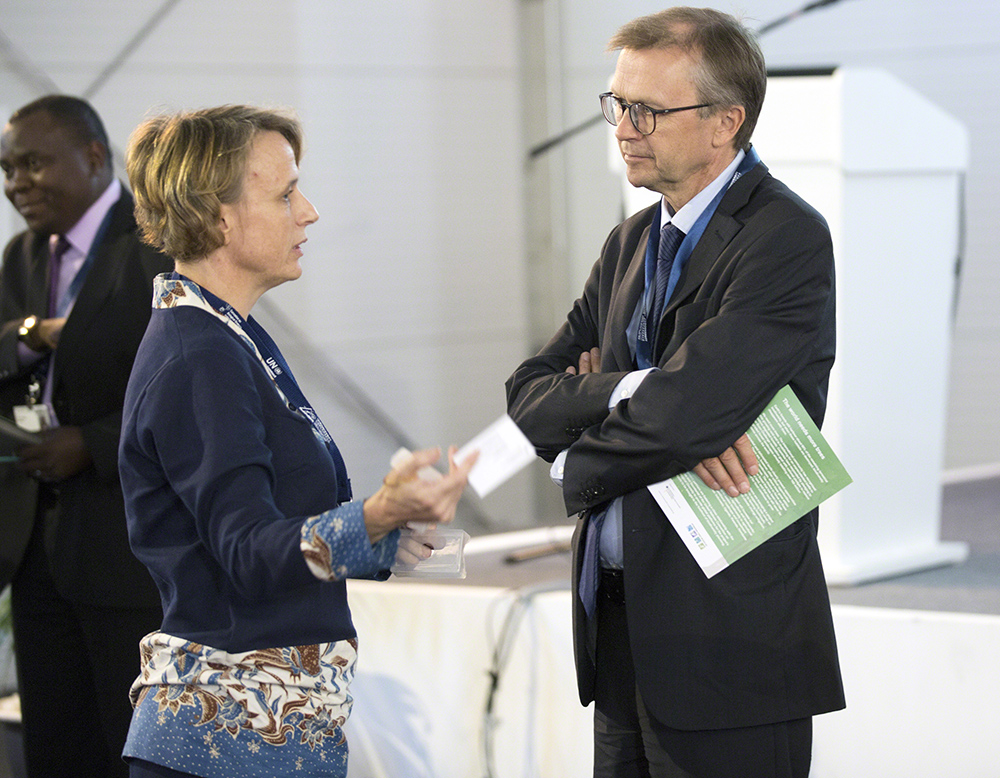
Highlights for Saturday, 17 November 2018

The Rio Conventions Pavilion (RCP) convened for its first day on Saturday, 17 November. The afternoon session explored the role of sustainable infrastructure in linking major themes and targets of the Convention on Biological Diversity (CBD), the UN Framework Convention on Climate Change (UNFCCC), the UN Convention to Combat Desertification (UNCCD), among other conventions.
The RCP was opened by Cristiana Pașca Palmer, Executive Secretary of the CBD, who remarked that the Pavilion represents a concrete way for collaboration between the three Conventions, established in 1992 at the Earth Summit in Rio de Janeiro. In addressing the infrastructure theme, Pașca Palmer noted that smart infrastructure choices can contribute to human development in line with environmental targets, whereas poor choices can lock-in unsustainable patterns for decades.
Carlos Manuel Rodriquez, Minister of Environment and Energy, Costa Rica, discussed how his country worked on improving the critical corridors used by jaguars. He explained that the infrastructure sector worked with private sector to design an effective corridor.
Shirley Trundle, Department for Environment, Food and Rural Affairs (DEFRA), United Kingdom (UK), spoke about the UK’s program titled ‘A Green Future: Our 25 Year Plan to Improve the Environment.’ Trundle pointed out that the UK Government is committed to leave the environment in a better state than we have found it, and part of this is engaging local people and communities to explain the kind of place they want to live in. She said targets and plans would be set accordingly.
Margaret Kinnaird, WWF, warned that linear infrastructure poses a real threat to both tiger and pandas. She said that while the population of tigers is increasing in certain areas, there is no time for complacency and road development must attempt to preserve important corridors for pandas and tigers. Kinnaird provided the example of China’s National Highway 108 (G108) where WWF worked with the Government of China to restore a corridor used by pandas. She explained how working with government and having community participation allowed for the highway to both be restored to an efficient state, and is no longer a physical barrier for pandas.
Kirsten Probst, GIZ, discussed lessons learned by GIZ in strengthening climate resilience via ecosystem restoration and management. She said GIZ aims to influence key national and international actors in infrastructure planning and development to better account for climate change risks earlier in the existing strategic planning process.
Bruce Dunn, Asian Development Bank, outlined the Asian infrastructure demand between 2016 and 2030. He said this demand equates to US$26 trillion with potential impacts on biodiversity and ecosystems. To move upstream and to bring biodiversity into the mainstream, Dunn recommended: better screening and baseline studies; better project design; more capacity; and finance.
Fernando Camacho, National Commission of Natural Protected Areas (CONANP), talked about the costs of natural disasters and the necessity to insure coral reef health for coastal resilience in Mexico. He noted that hurricanes are the main driver for loss of live coral cover in the Caribbean. To address this, Camacho underscored the need for science, capacity, financial instruments and pilot projects.
Rob Ament, The Center for Large Landscape Conservation (CLLC), said that in discussing infrastructure, the focus should not just be on roads but new rail tracks; he said addressing roads without addressing rail tracks will not improve the situation.
Ashley Brooks, WWF, described the vast landscape tigers require noting that though the numbers of tigers are increasing along the Terai Arc Landscape, the total territory they occupy is decreasing.
Lazaros Georgiadis, Infra-Eco Network Europe (IENE) encouraged the development of an international strategy for sustainable infrastructure participation engaging different stakeholders.
Oshani Perera, IISD, presented the Sustainable Asset Valuation (SAVi), which quantifies the extent to which environmental, social and economic risks and externalities affect the financial performance of infrastructure assets.
Marco Lambertini, WWF, summarized the presentations and discussions from the day by noting that the theme of sustainable infrastructure can be addressed under three issues. He explained the first issue is a cultural one, and that the environment needs be part of thinking within classrooms, boardrooms and infrastructure ministries. Lambertini said highlighting the risks and impacts of natural capital could do this. He said the second issue was that environmental consideration is taking place too late in the planning process, and that this should no longer be the case given the wealth of data and information available today. Finally, he said the third issue, was that we need to be honest about what we build, noting in conclusion “if you cannot build it well, do not build it. Transformation can be the solution.”
+ Visit the web coverage for Saturday, 17 November 2018
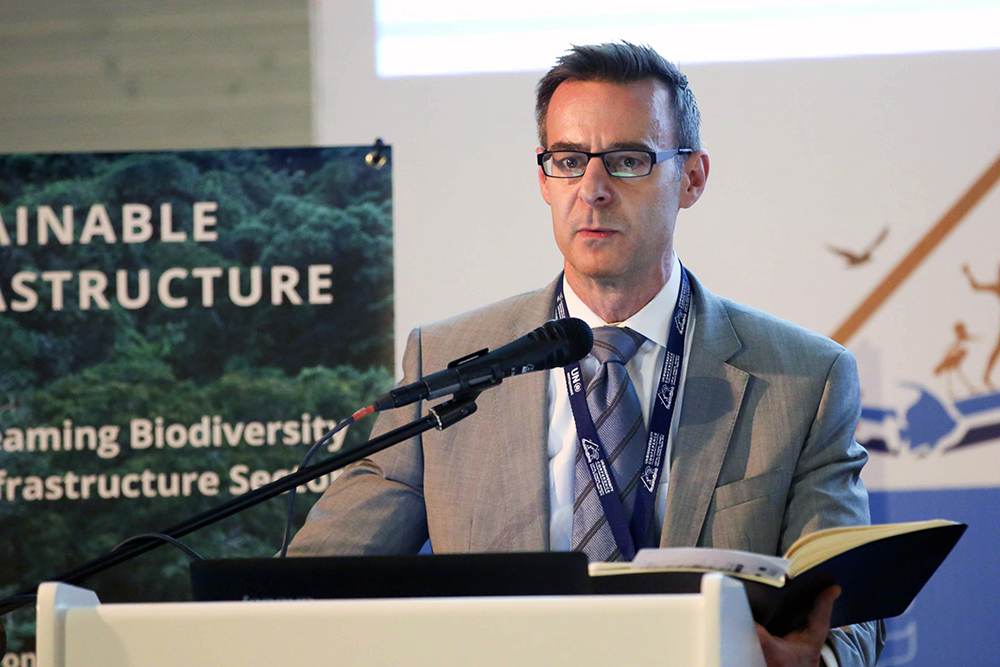
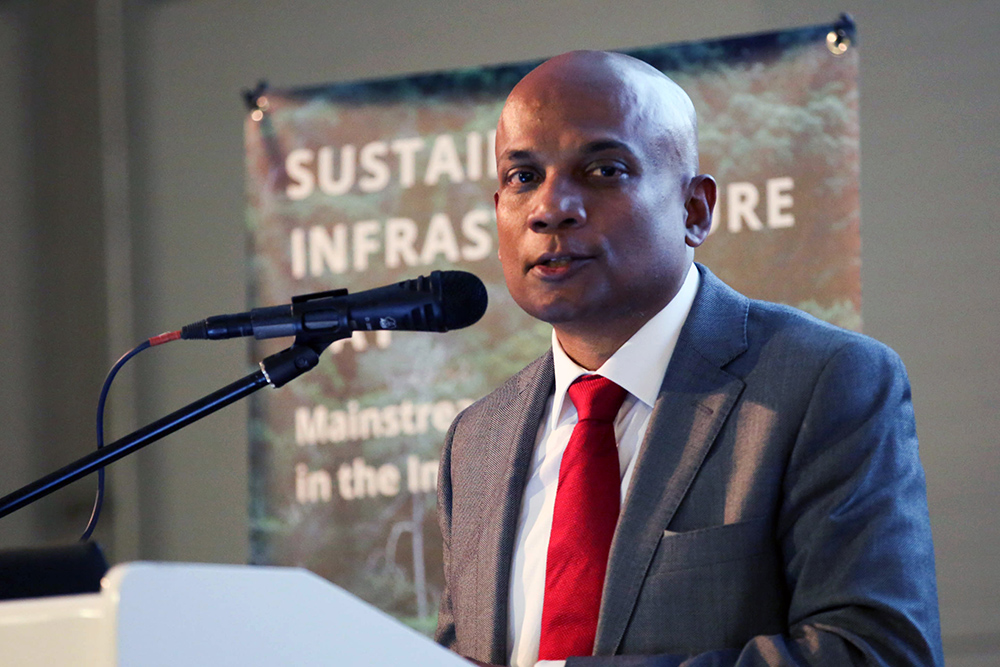
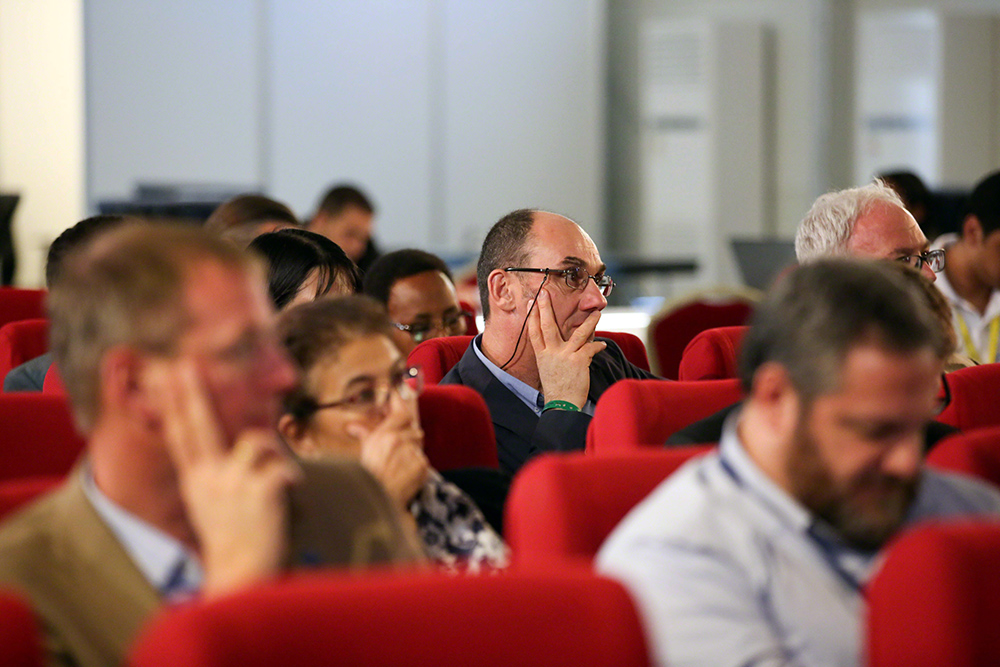
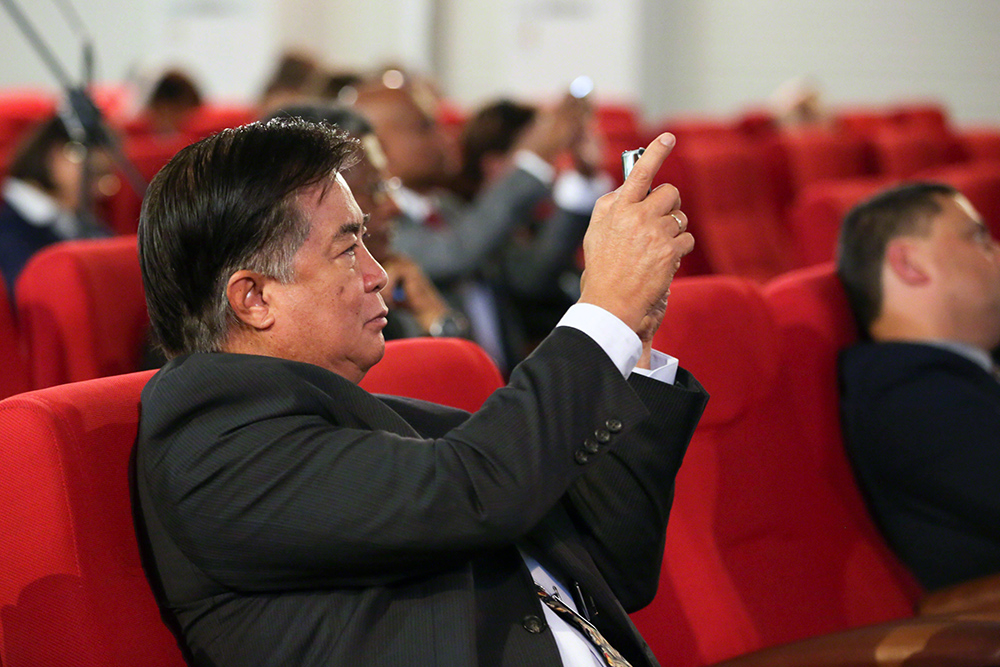
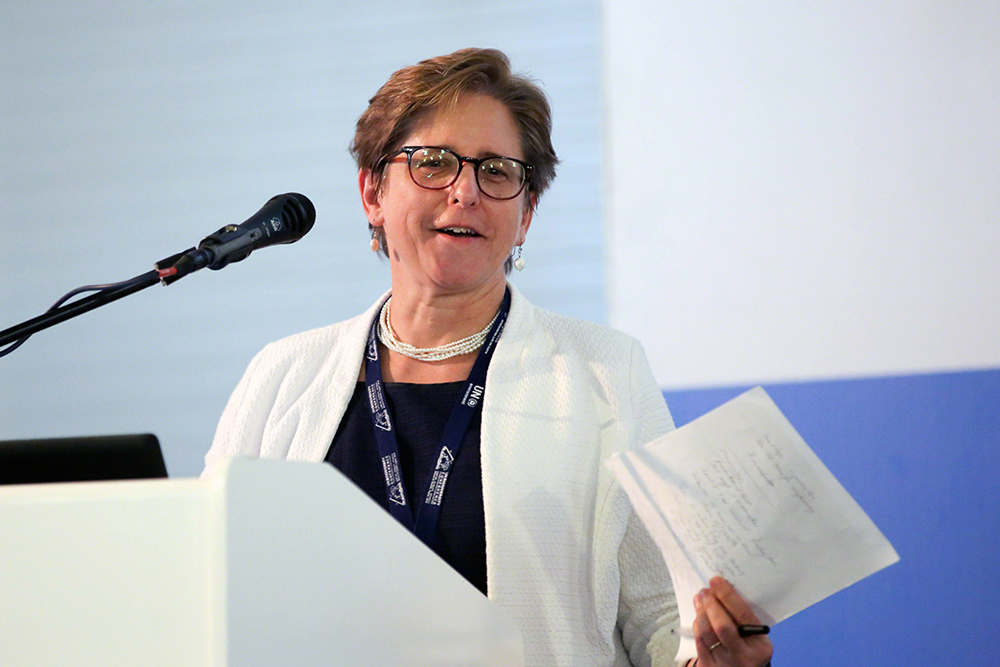

DOWNLOAD ENB+ REPORT
Rio Conventions Pavilion Resources
- Website and Programme of the Rio Conventions Pavilion at CBD COP 14
- Past Rio Conventions Pavilion Meetings
CBD Resources
- Website for the 2018 UN Biodiversity Conference
- Documents for the 2018 UN Biodiversity Conference
- Organization of Work for the 2018 UN Biodiversity Conference
- High-level Segment Website
- Biosafety Protocol COP/MOP 9 Documents
- Nagoya Protocol COP/MOP 3 Documents
- Africa Ministerial Summit on Biodiversity Website
- Parallel Meetings
IISD ENB/ENB+ Meeting Coverage
- Rio Conventions Pavilion at CBD COP 13, 5-14 December 2016, Cancún, Mexico
- Rio Conventions Pavilion at UNFCCC COP 21, 1–10 December 2015, Paris, France
- Rio Conventions Pavilion at UNCCD COP 11, 17-26 September 2013, Windhoek, Namibia
- Rio Conventions Pavilion at CBD COP 11, 9-18 October 2012, Hyderabad, India
- Rio Conventions Pavilion at Rio+20, 13-22 June 2012, Rio de Janeiro, Brazil
IISD Resources
- BIODIVERSITY-L - A Mailing List for News on Biodiversity and Wildlife Policy
- SDG - A Mailing List for News on Sustainable Development Policy
- SDG Knowledge Hub — Oceans and Coasts
- SDG Update Newsletter - A compilation of news, commentary and upcoming events published on the SDG Knowledge Hub
- SDG Knowledge Hub - An Online Resource Center for News and Commentary Regarding the Implementation of the United Nations’ 2030 Agenda for Sustainable Development, including all 17 Sustainable Development Goals (SDGs)
- Linkages Update - International Environment and Sustainable Development News
 Specific funding for IISD Reporting Services coverage of the Rio Conventions Pavilion at CBD COP 14 has been provided by Directorate-General for Environment of the European Commission (EC)
Specific funding for IISD Reporting Services coverage of the Rio Conventions Pavilion at CBD COP 14 has been provided by Directorate-General for Environment of the European Commission (EC)